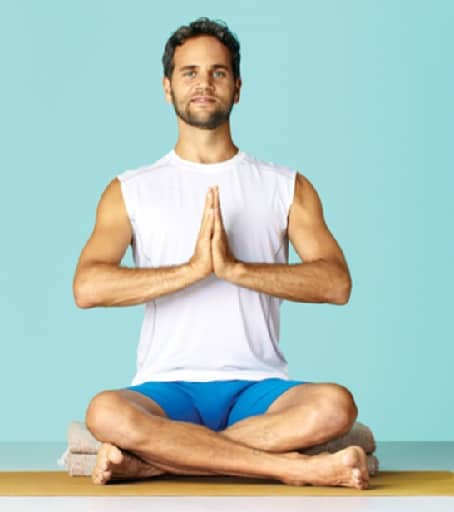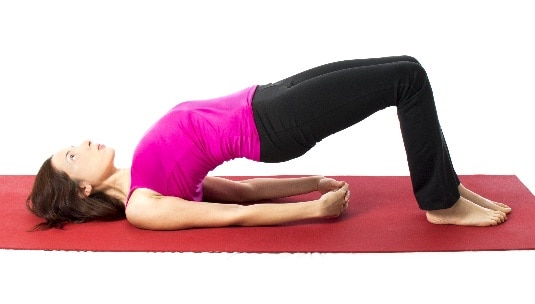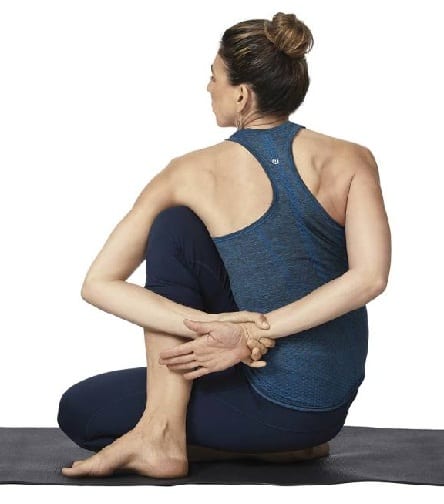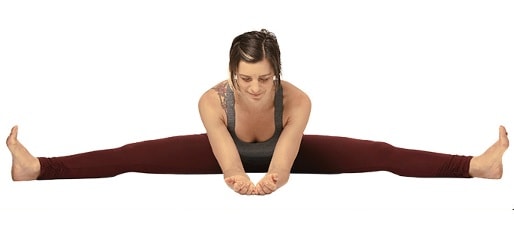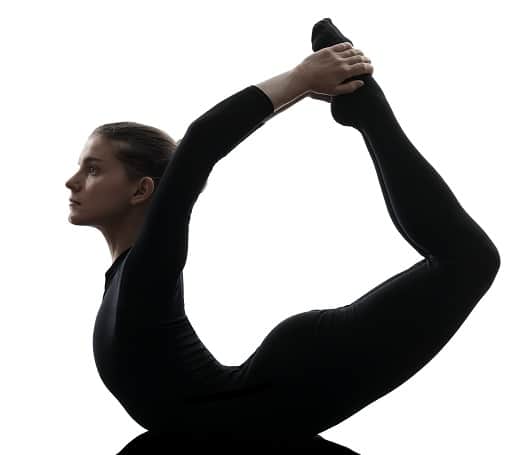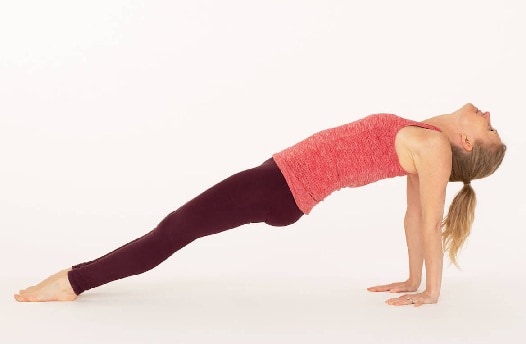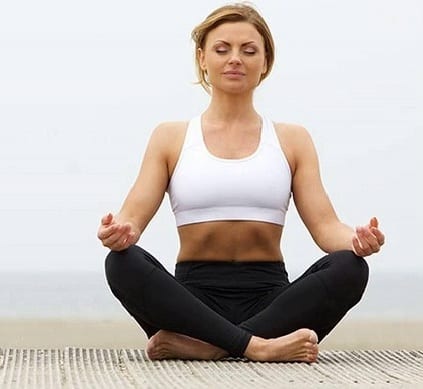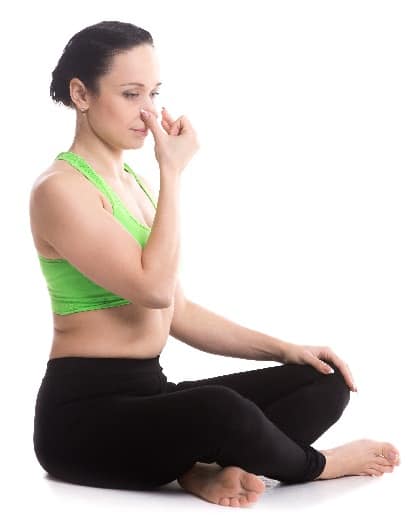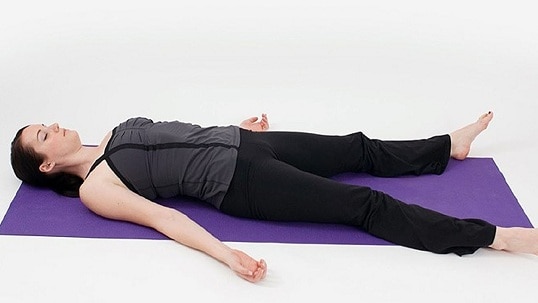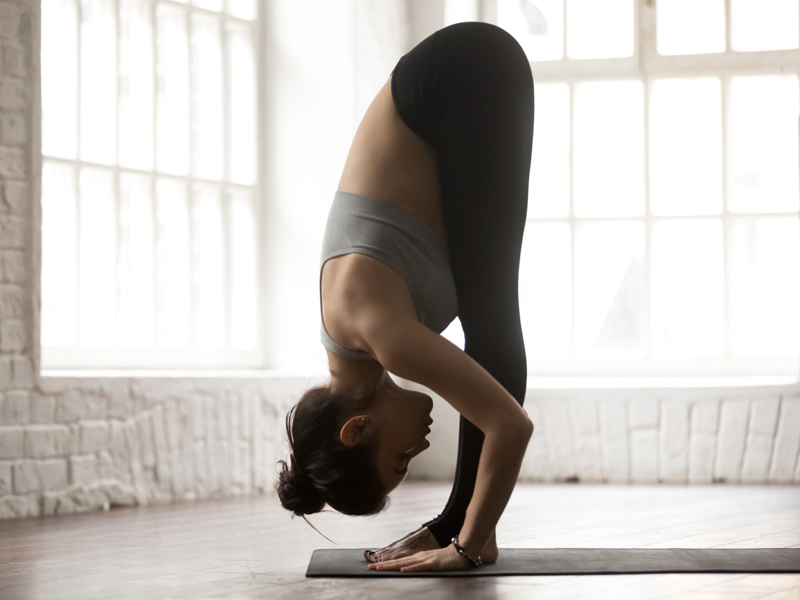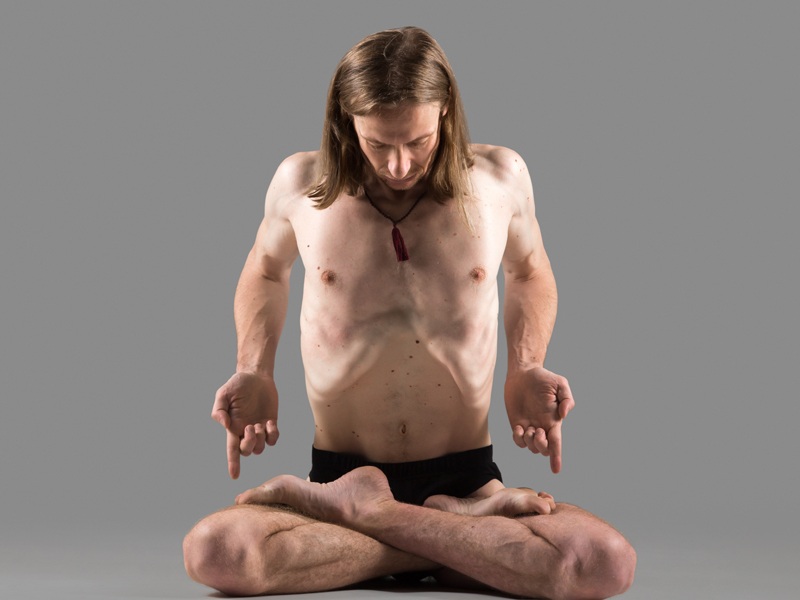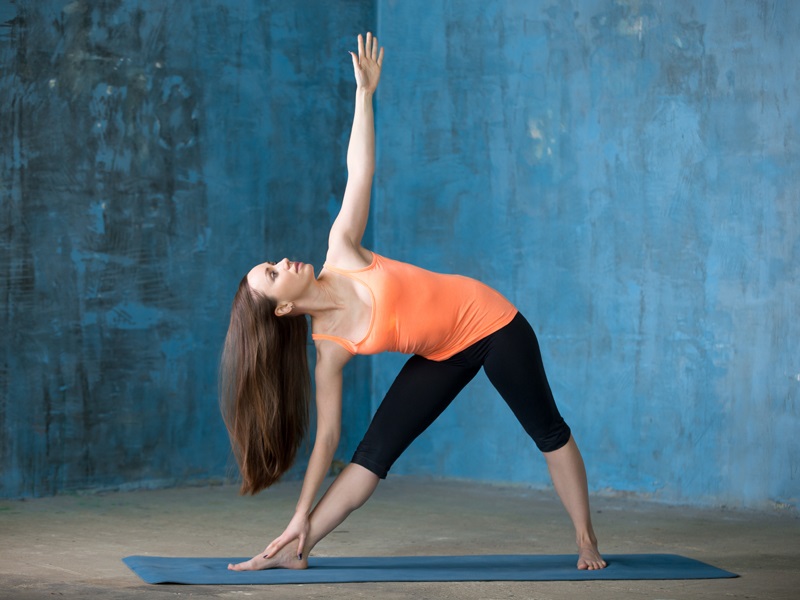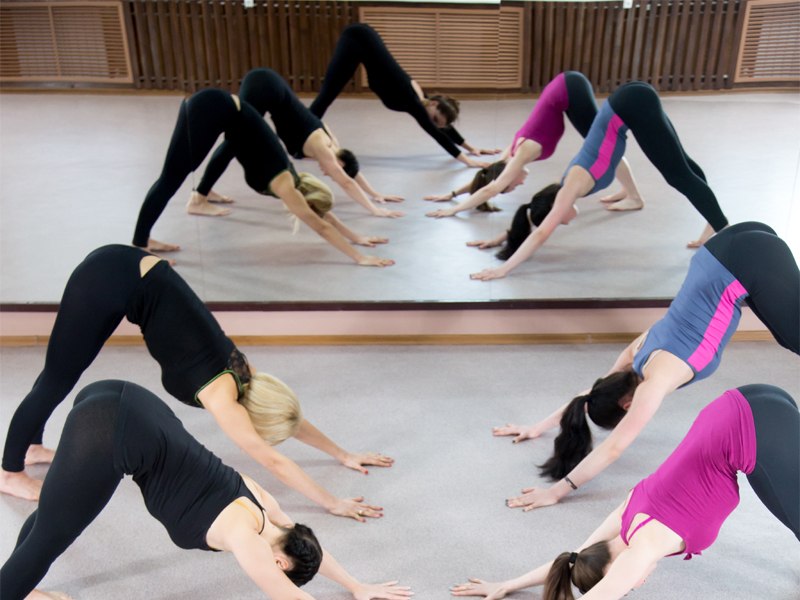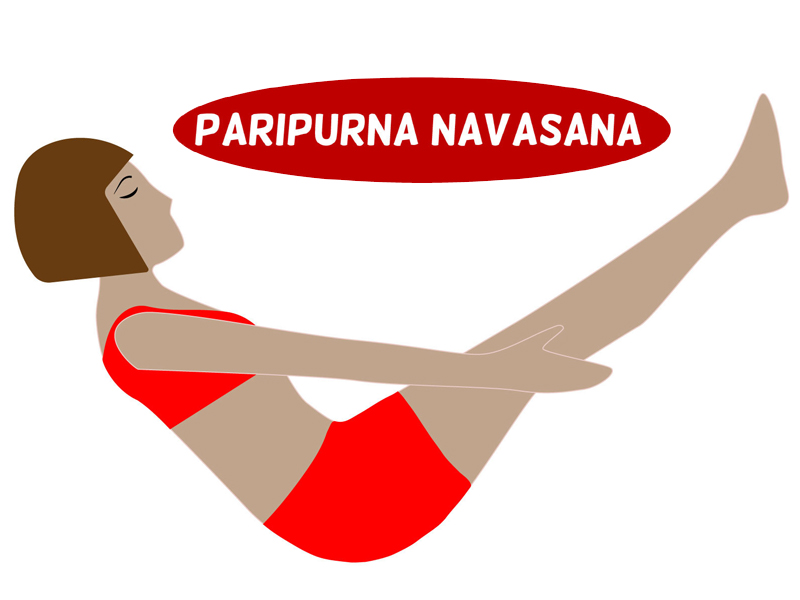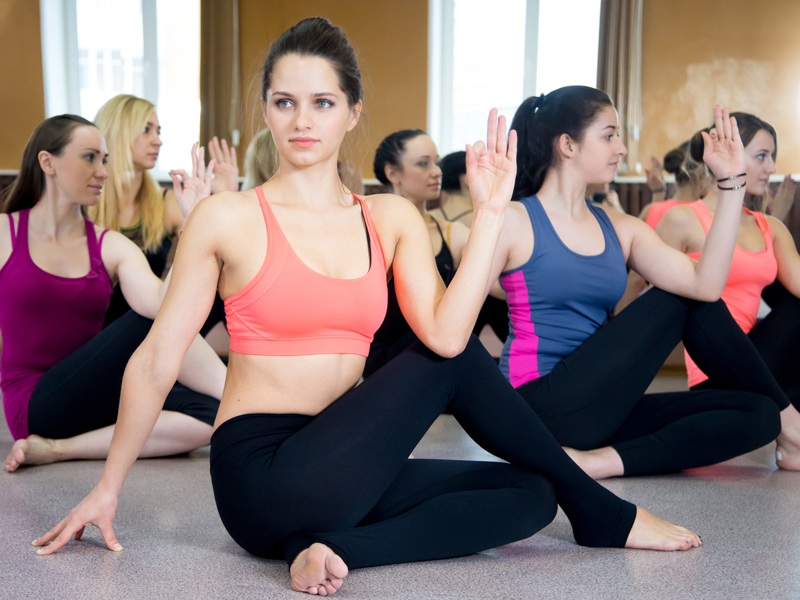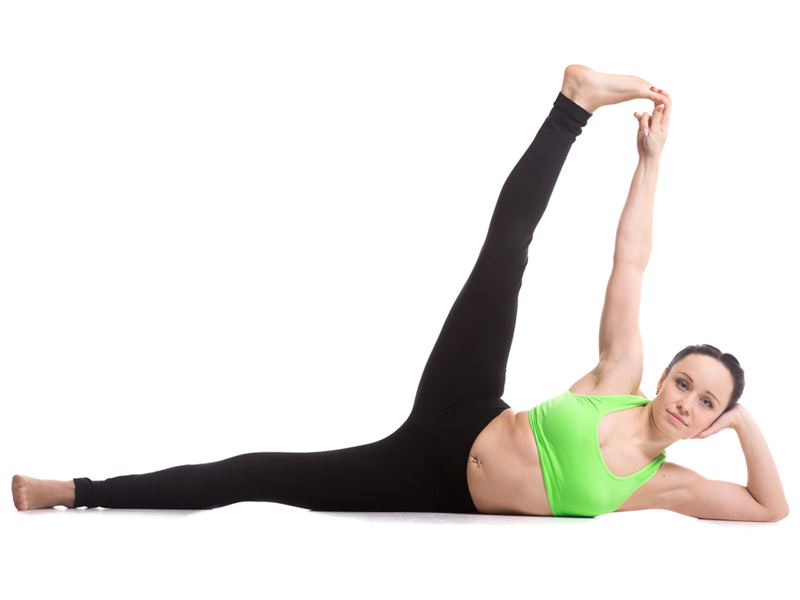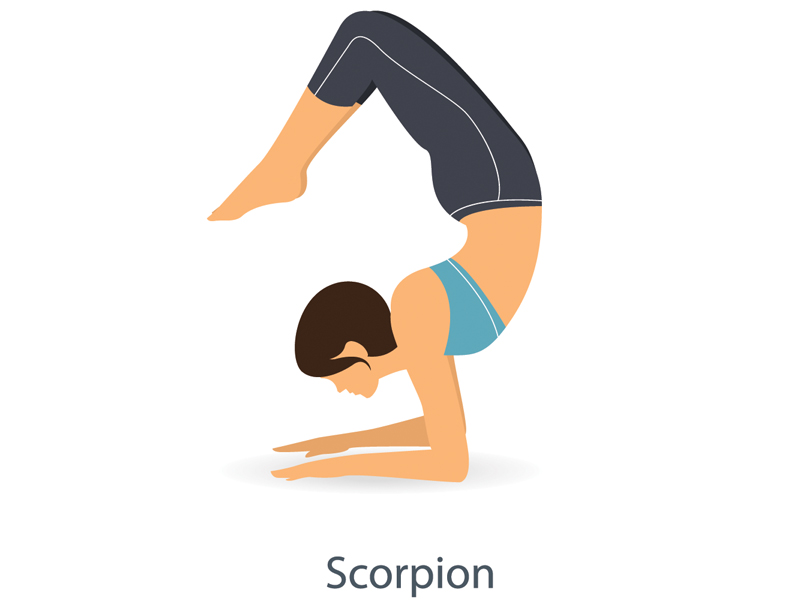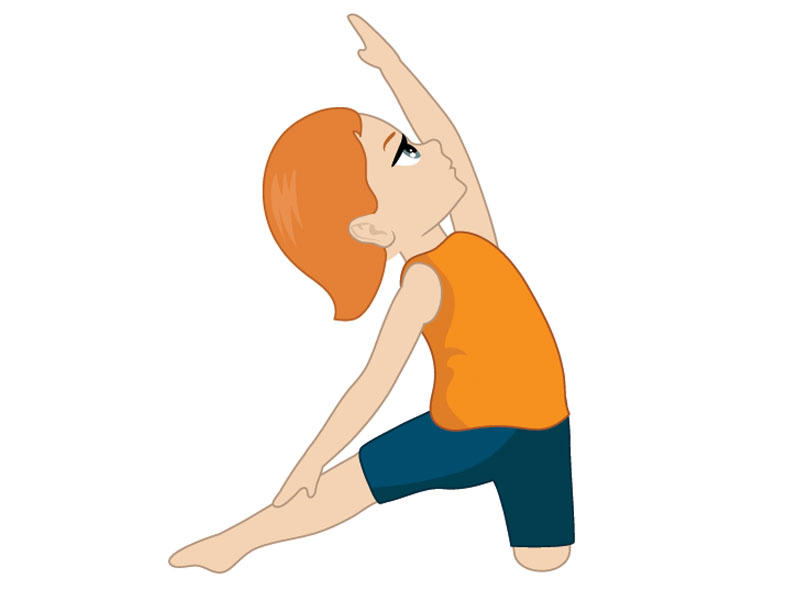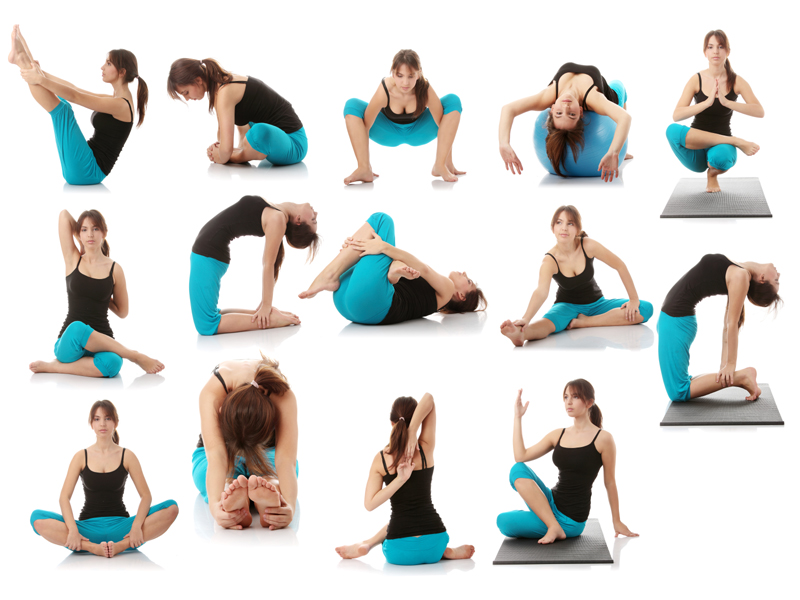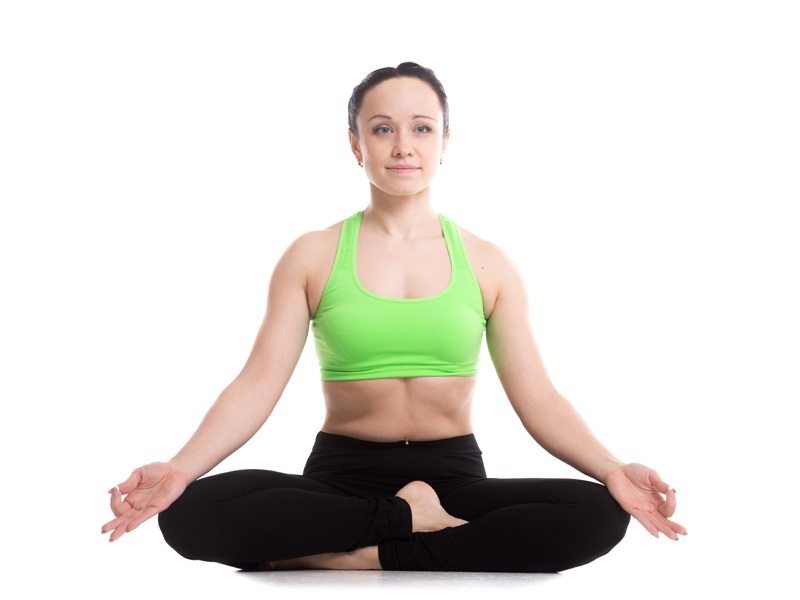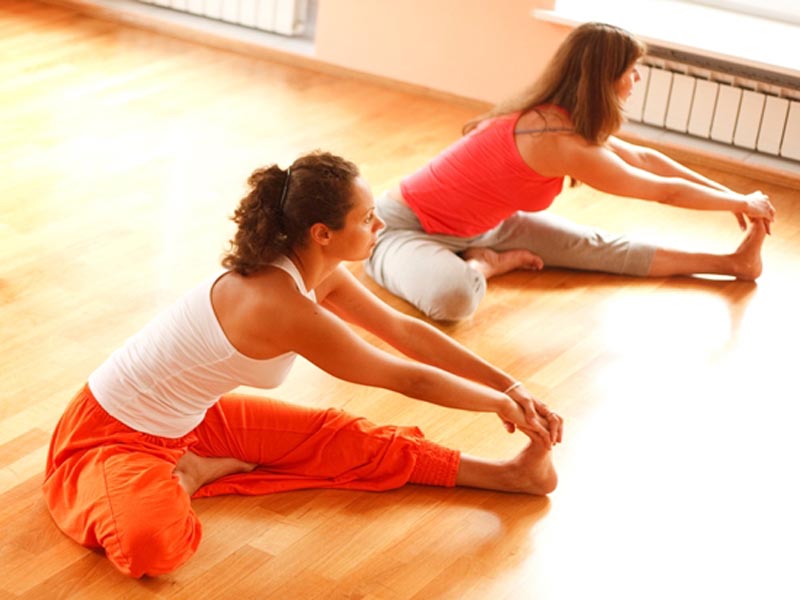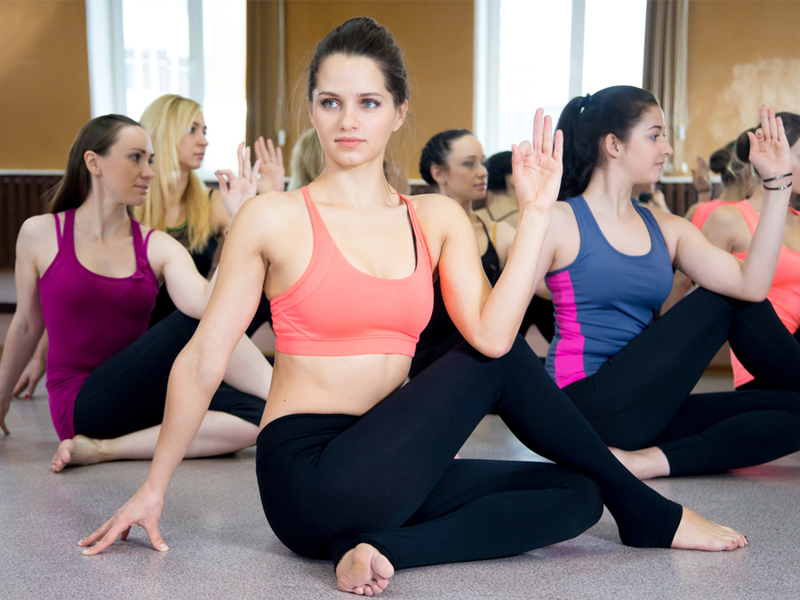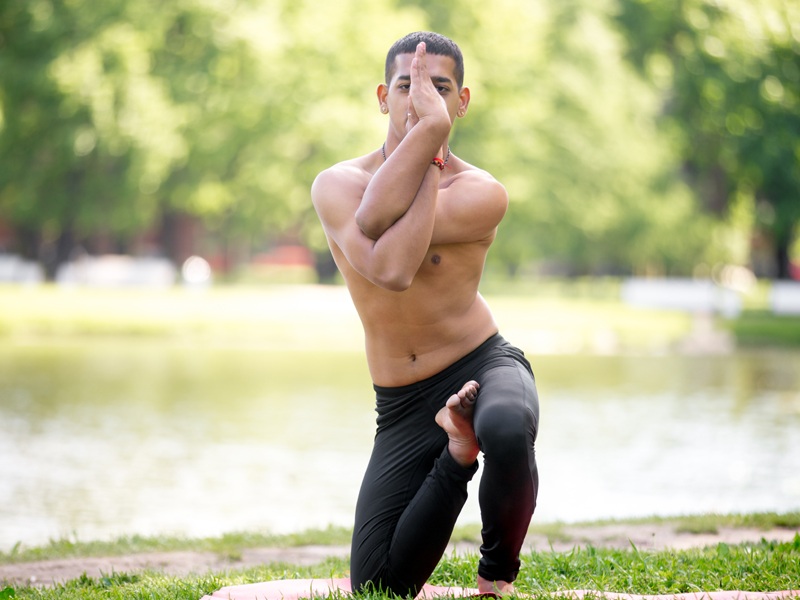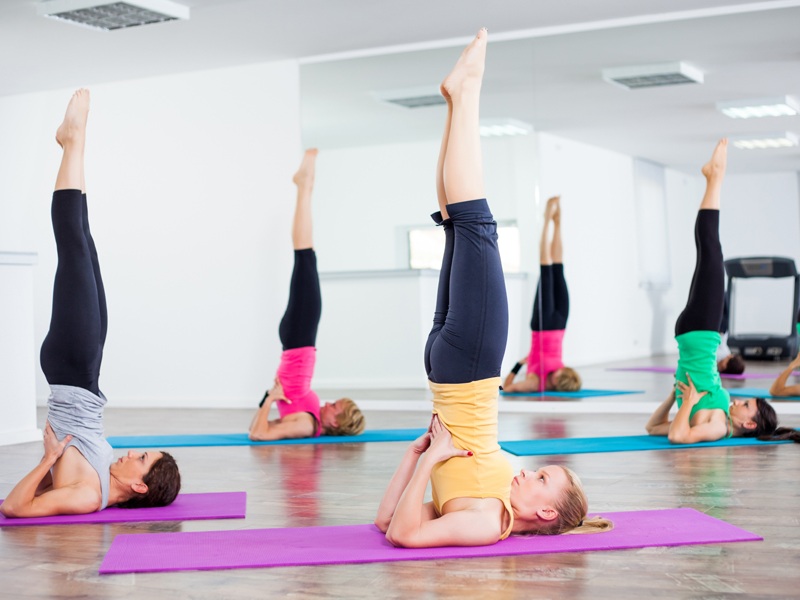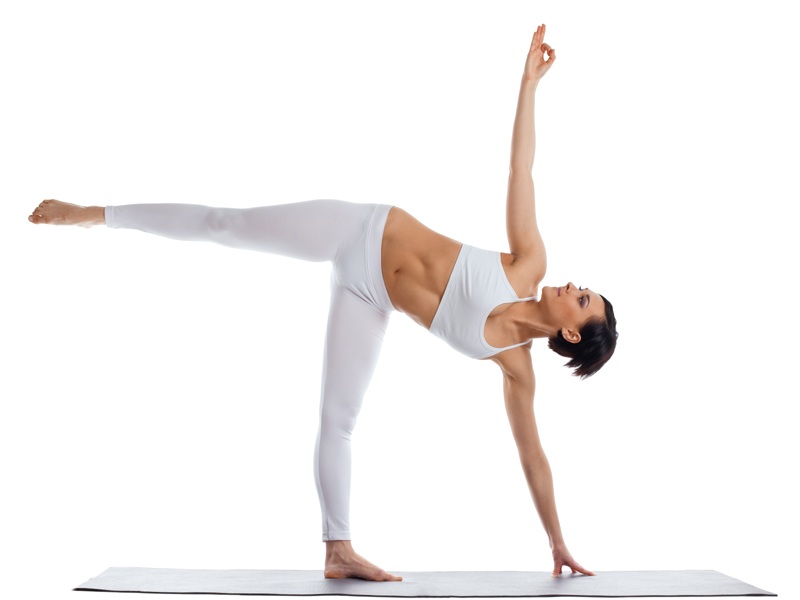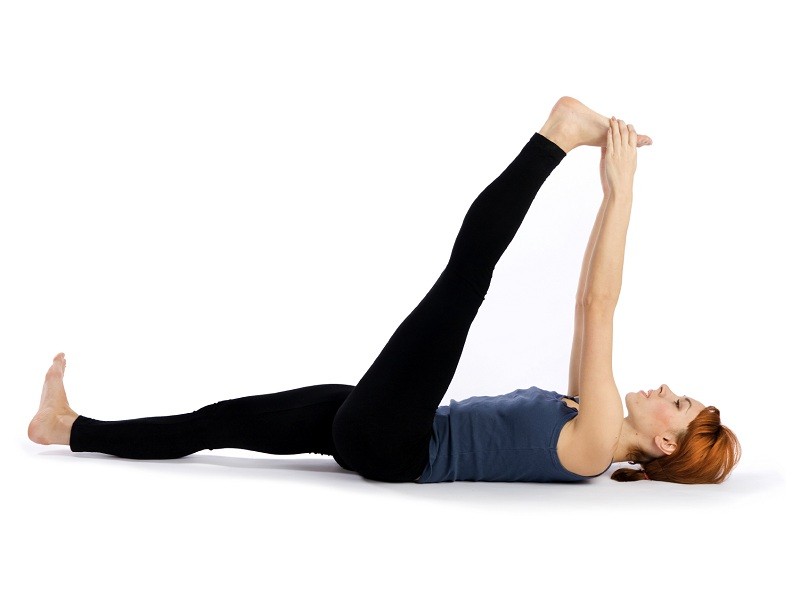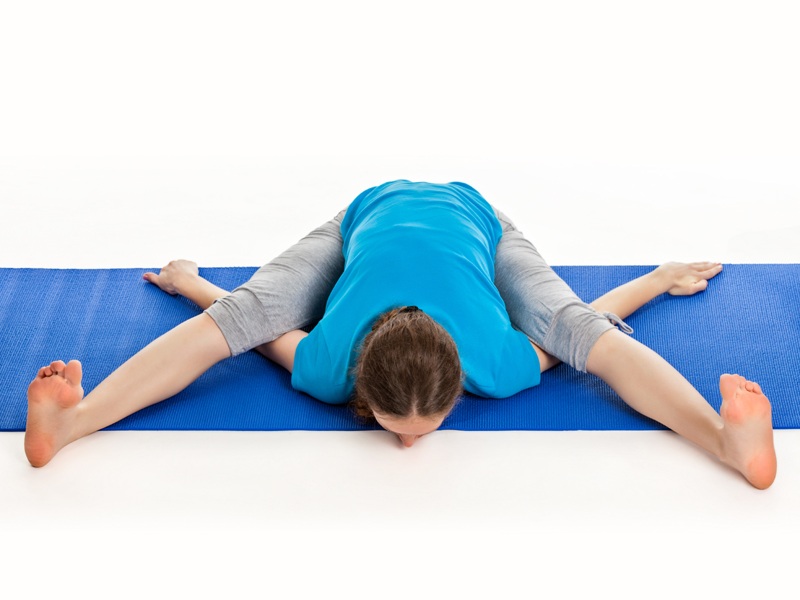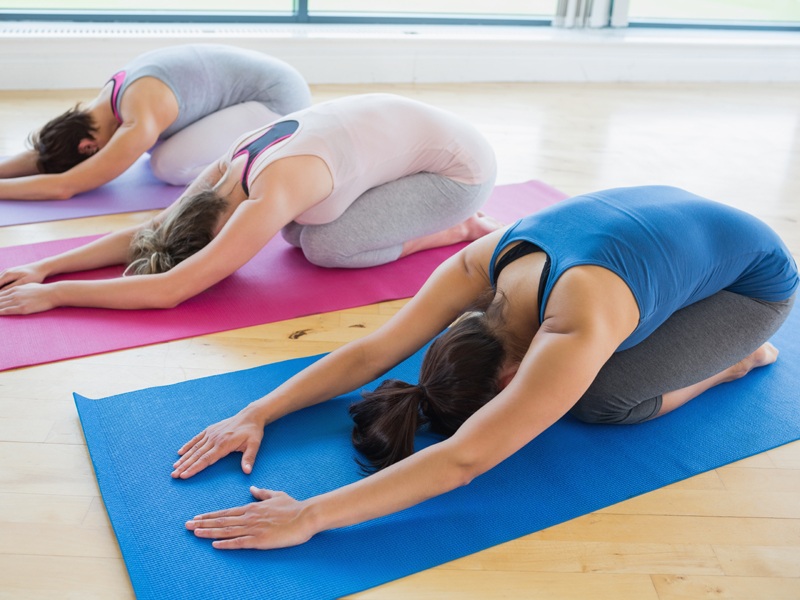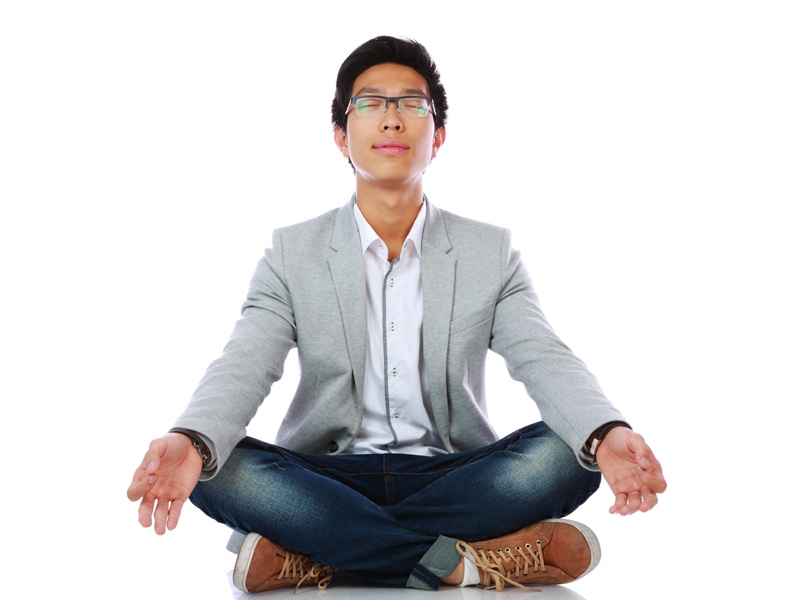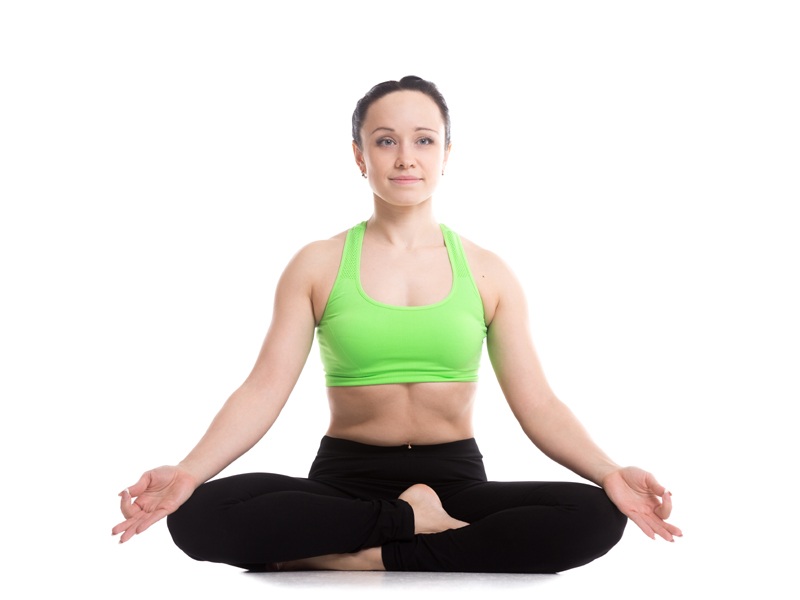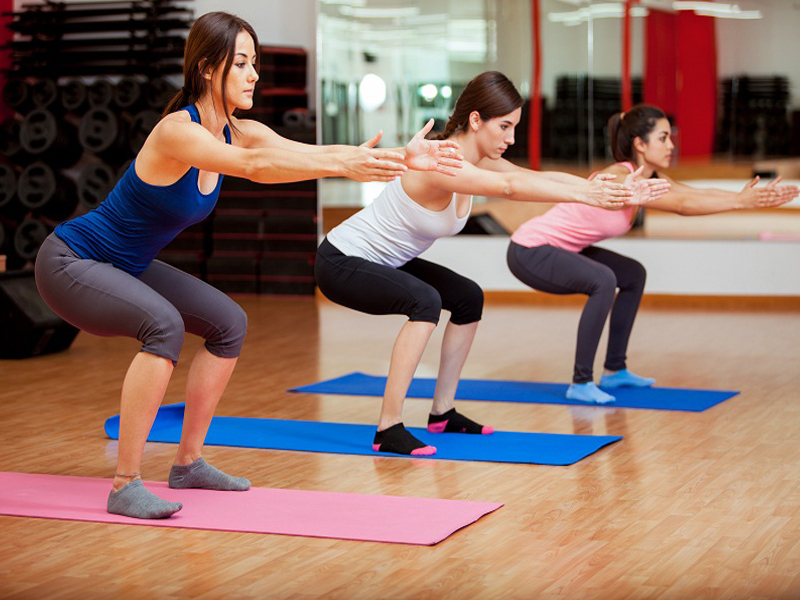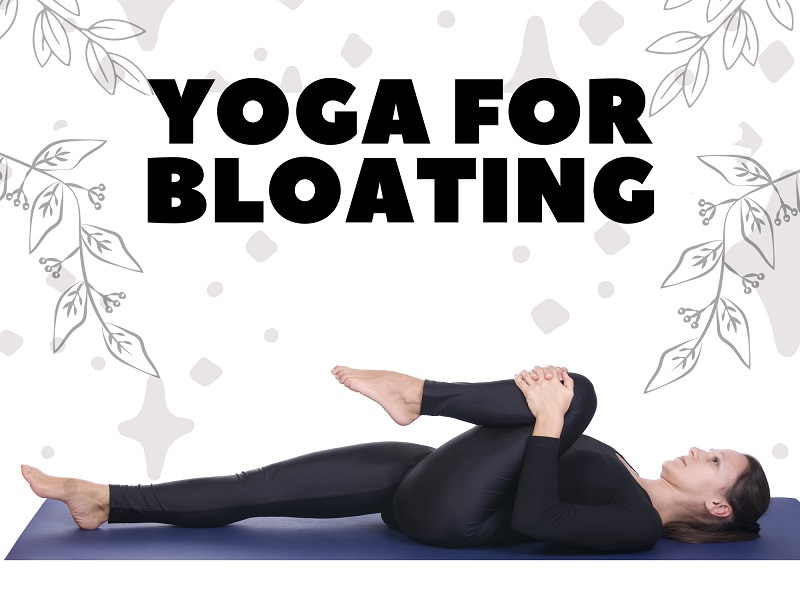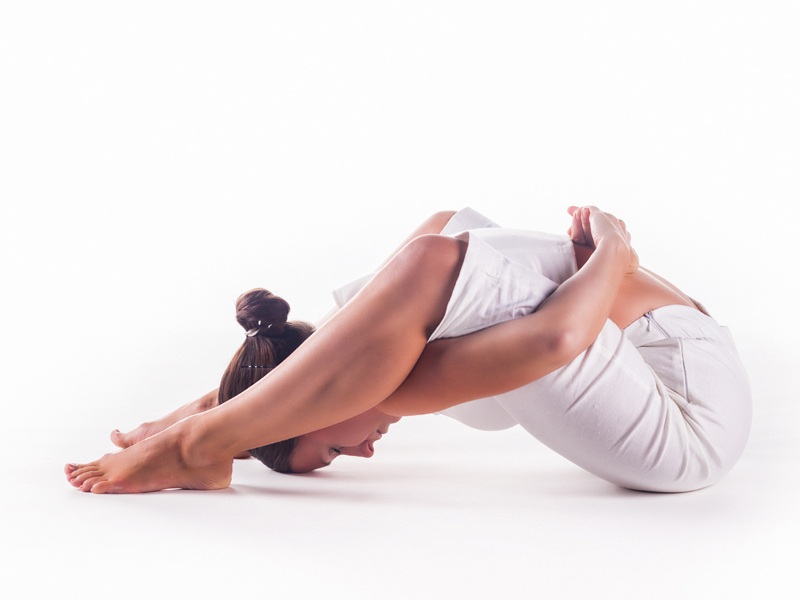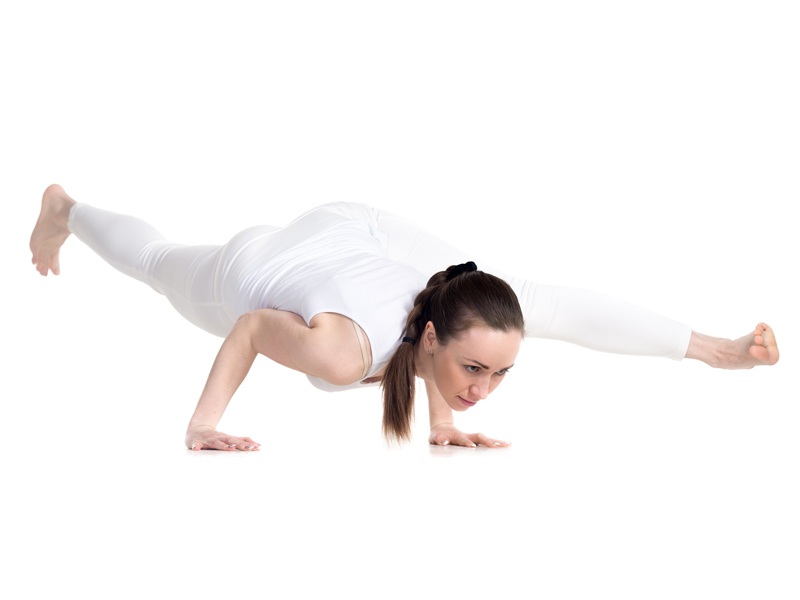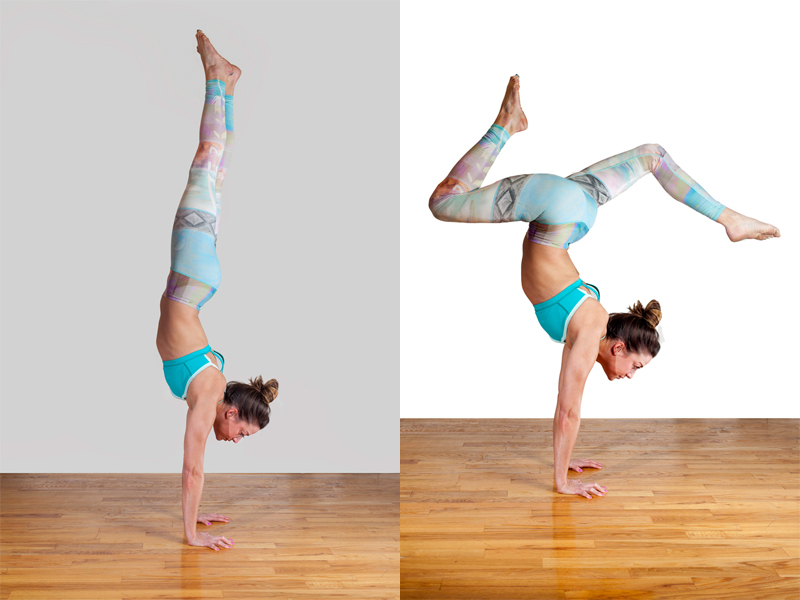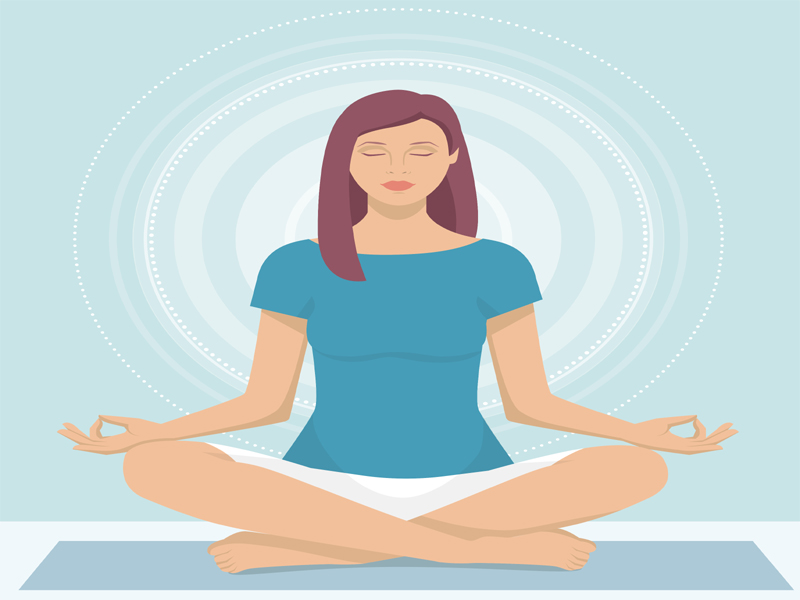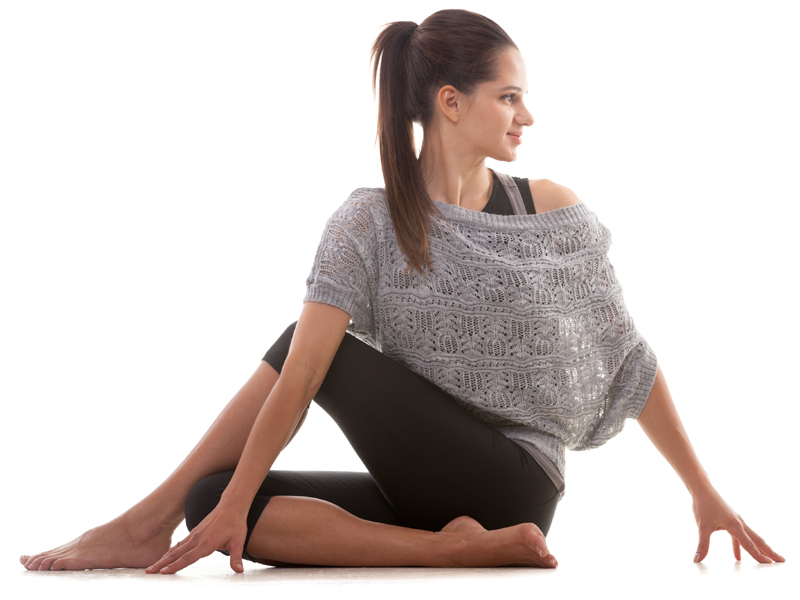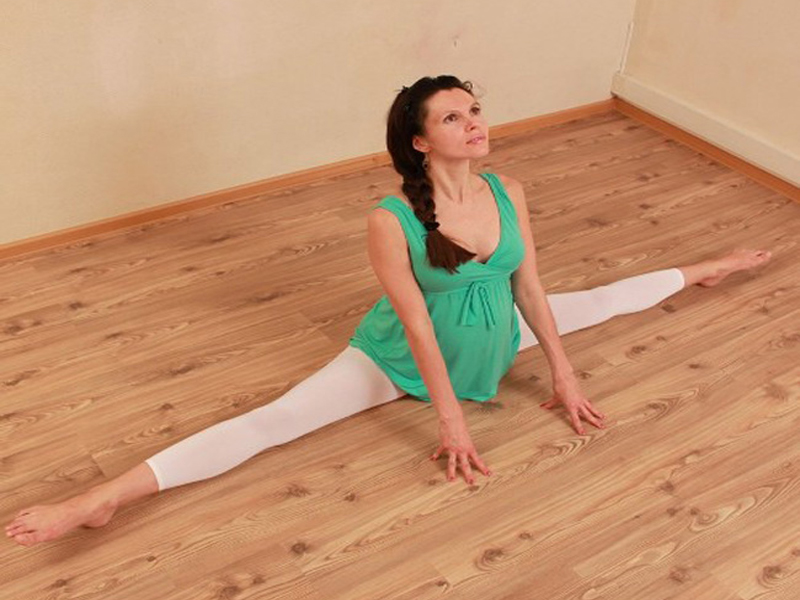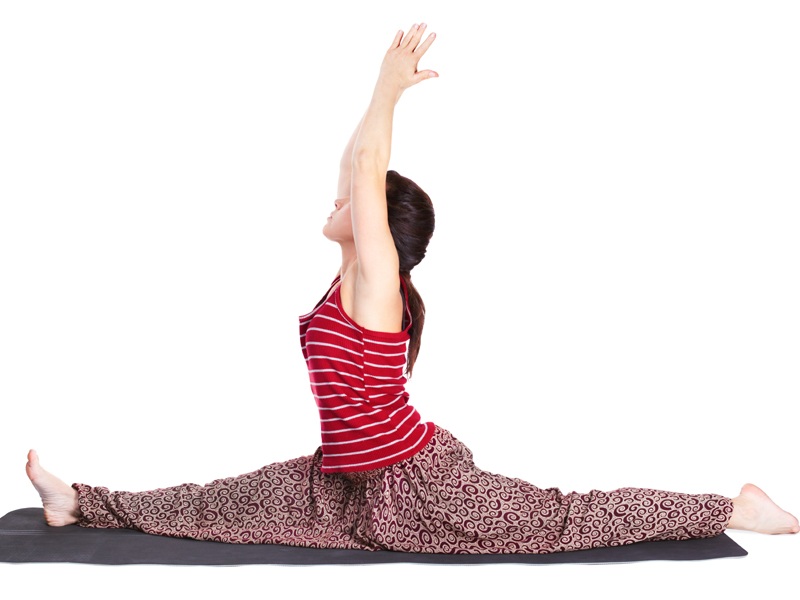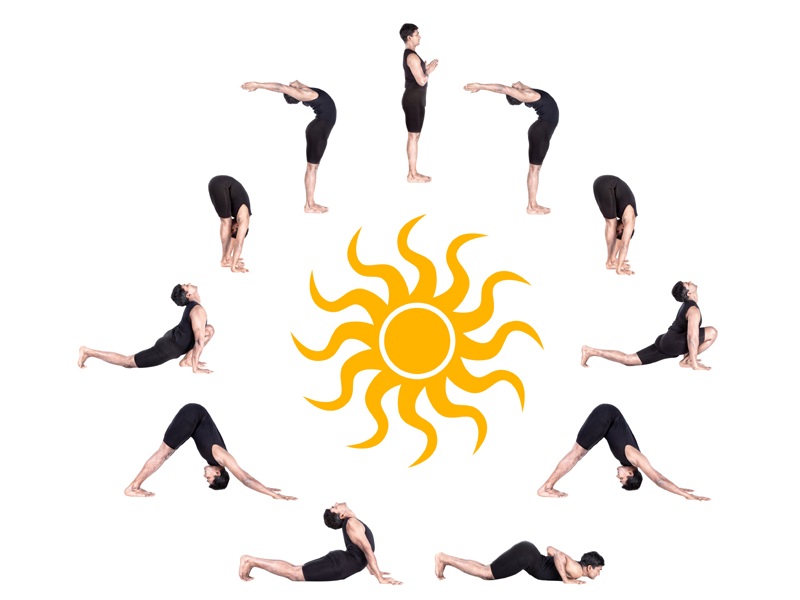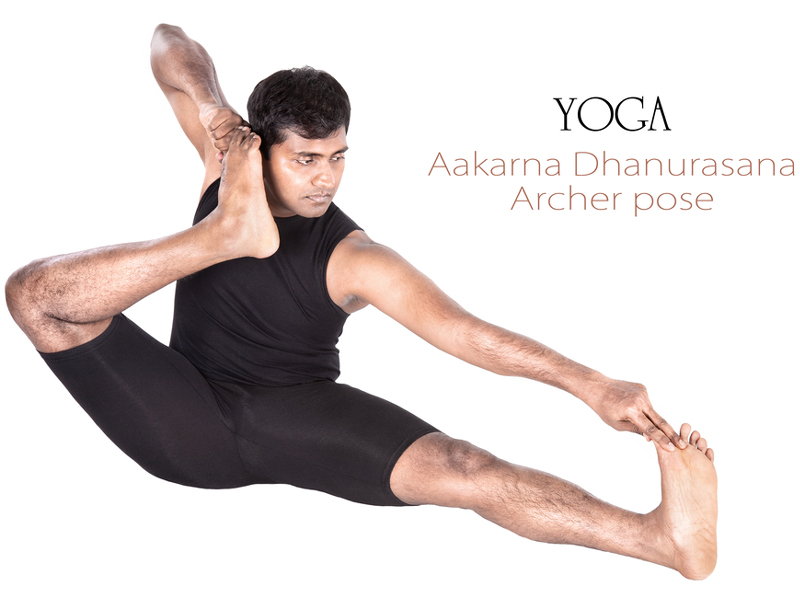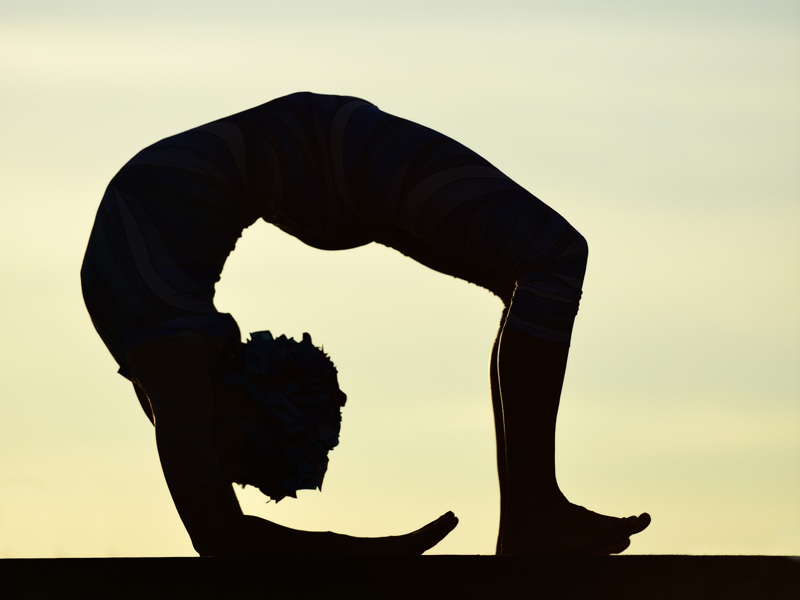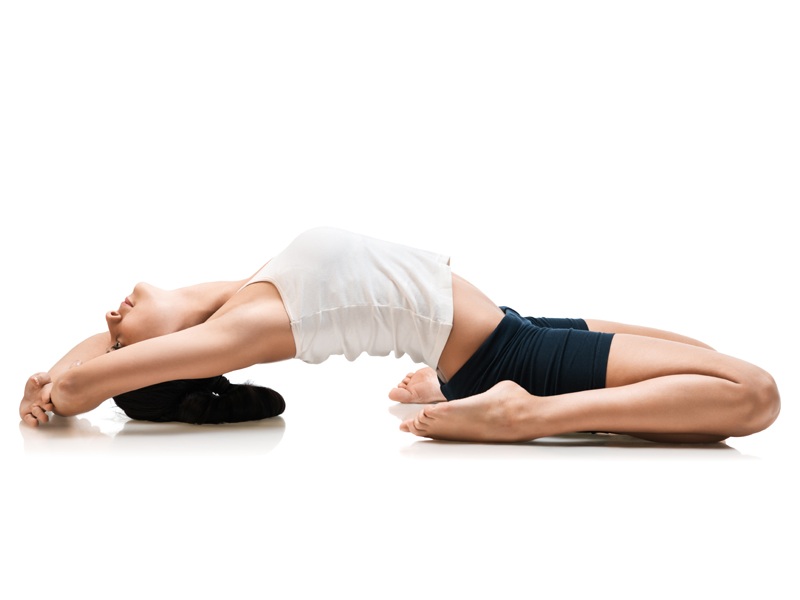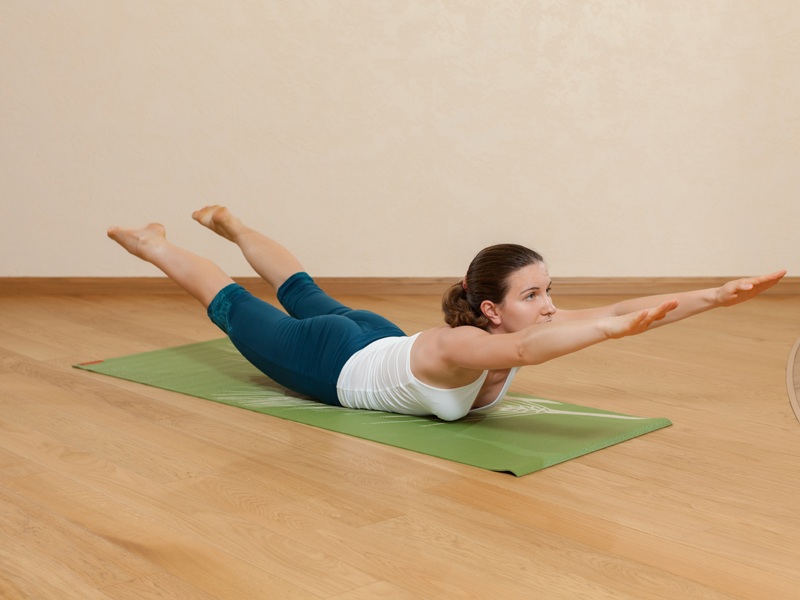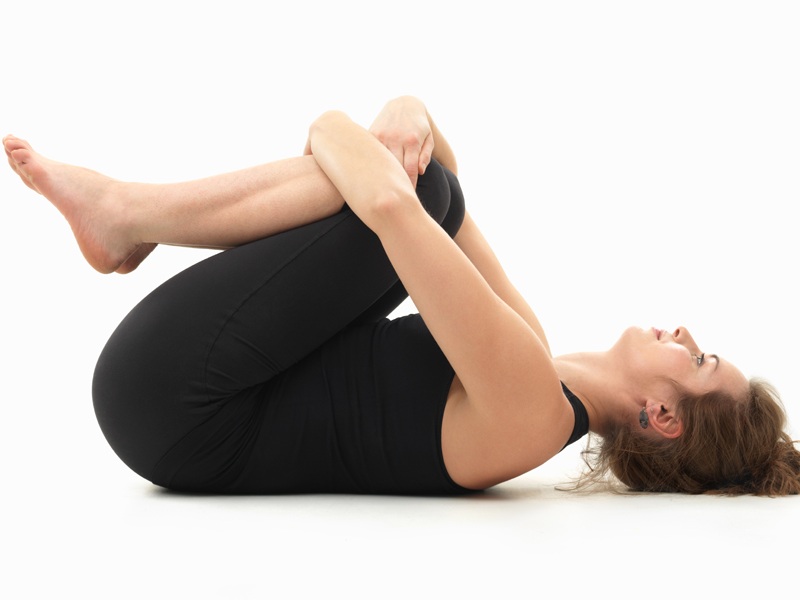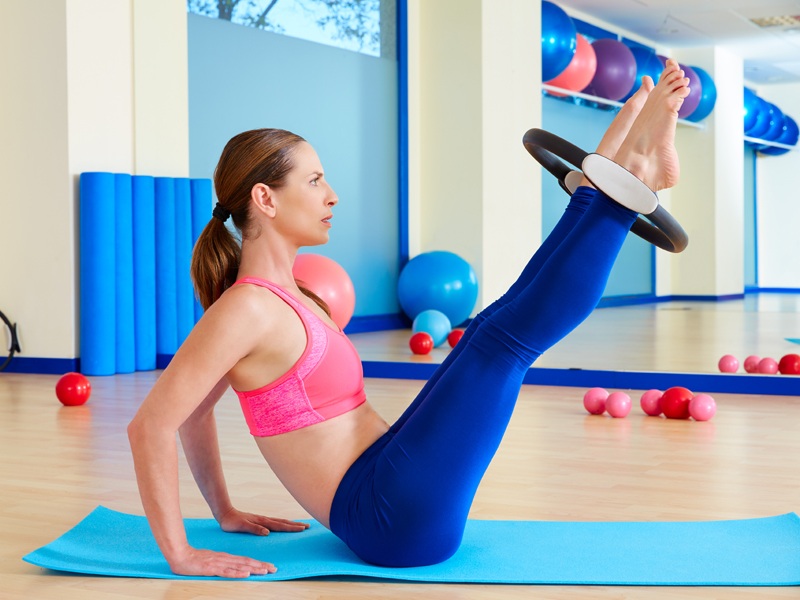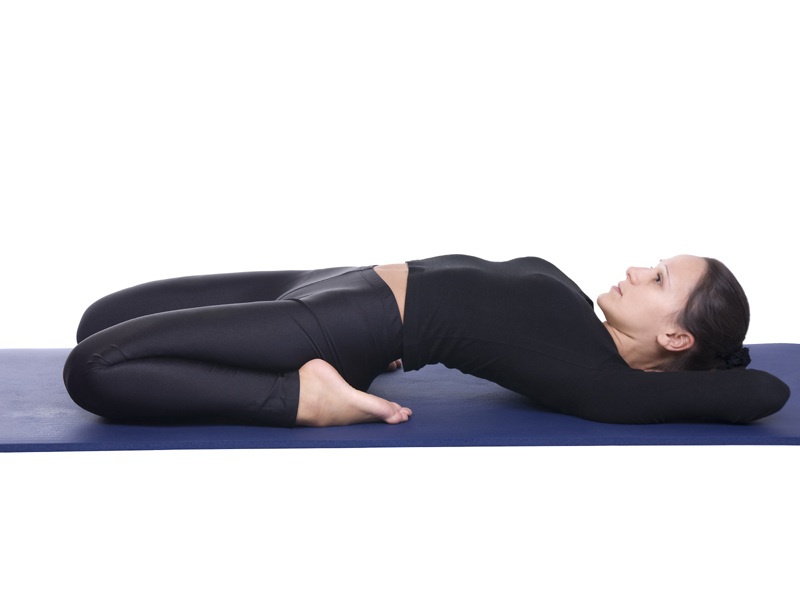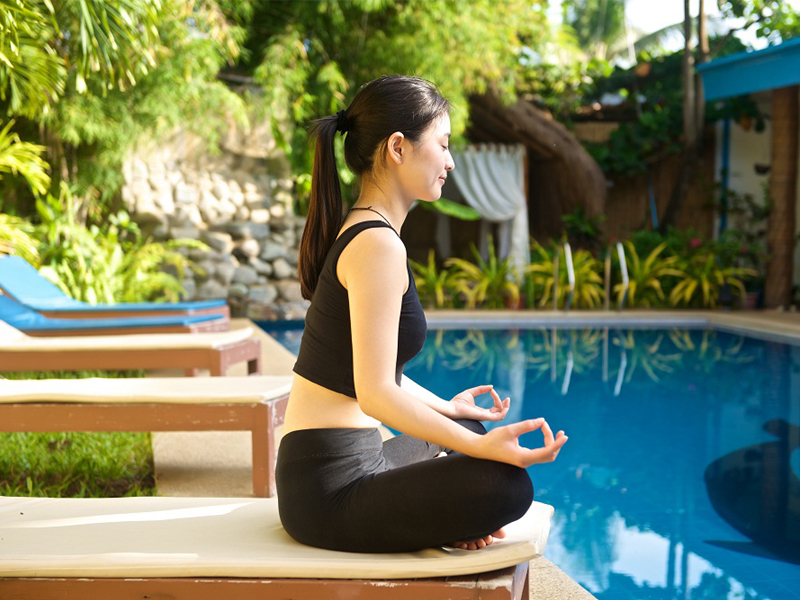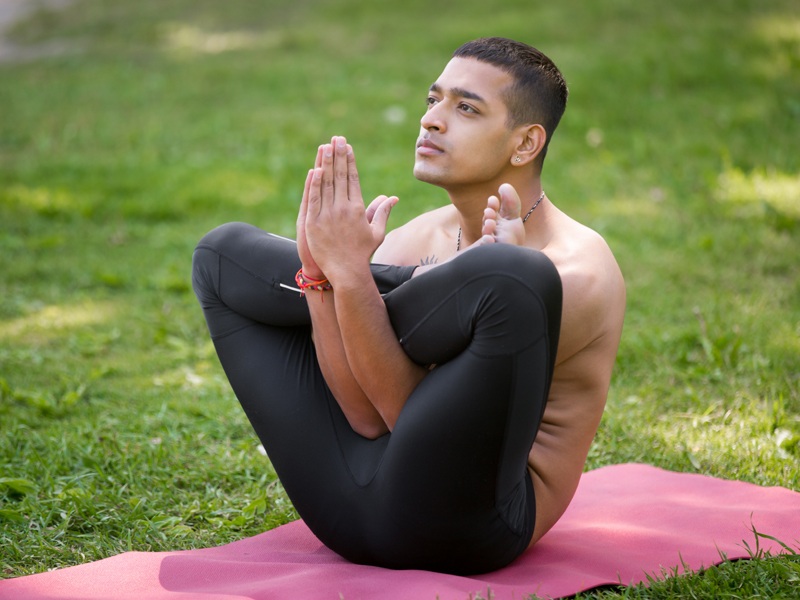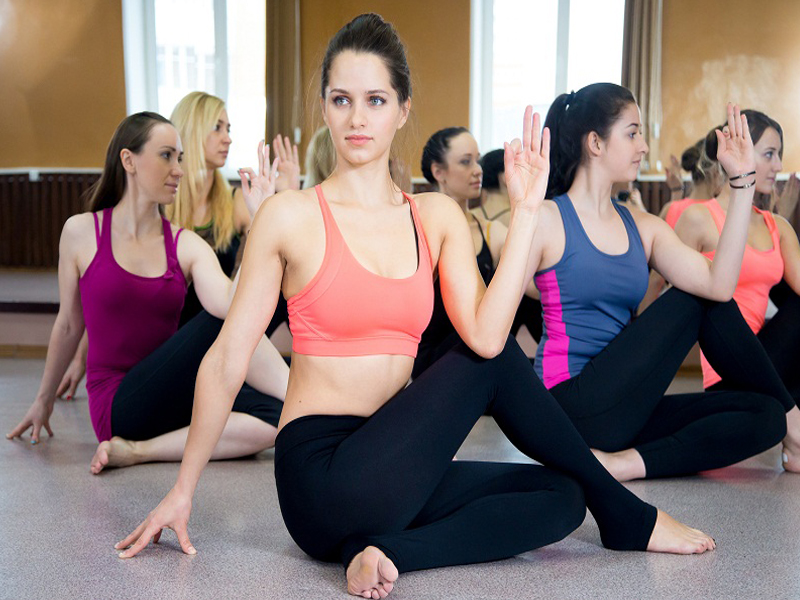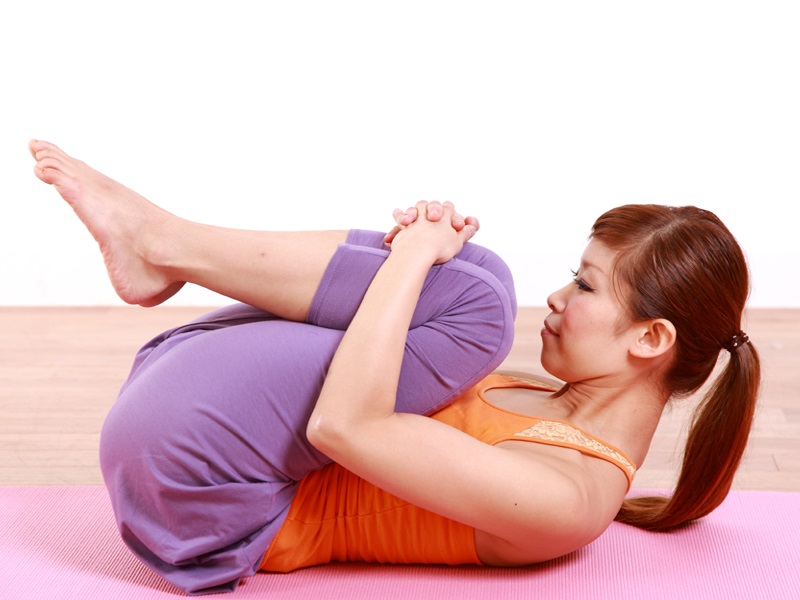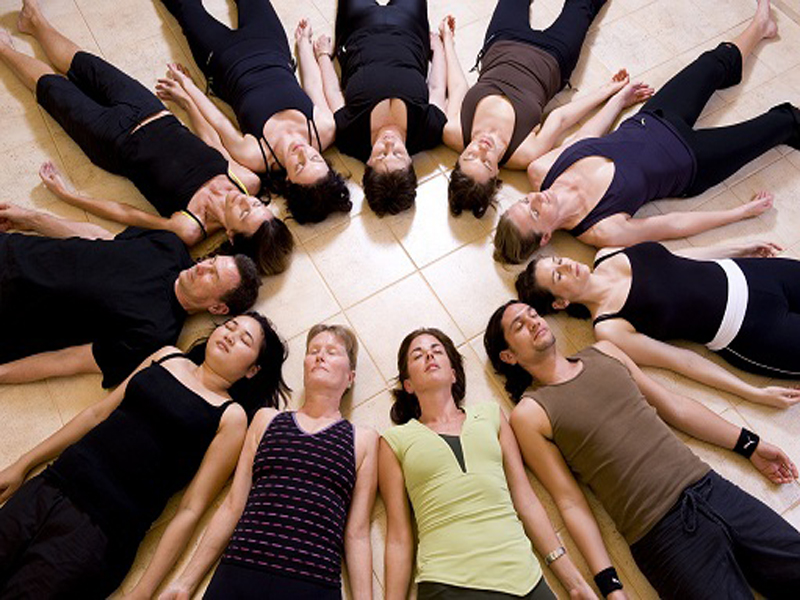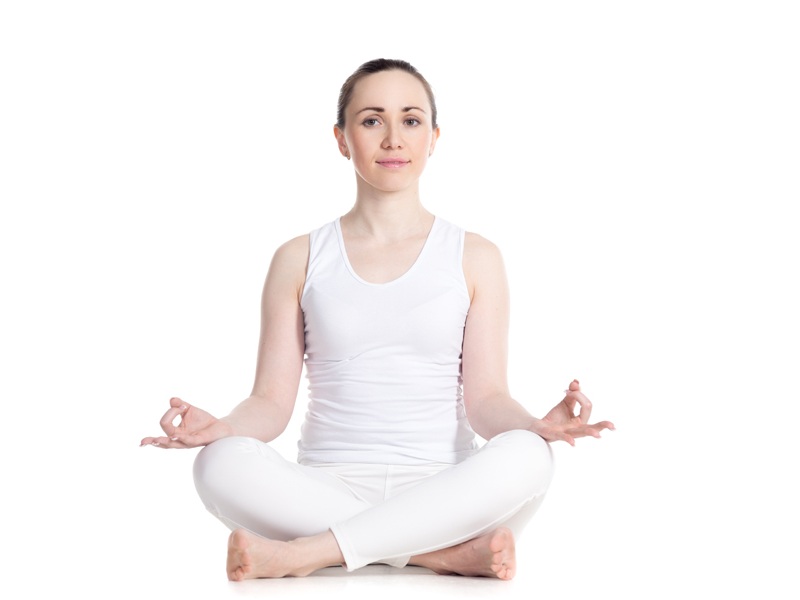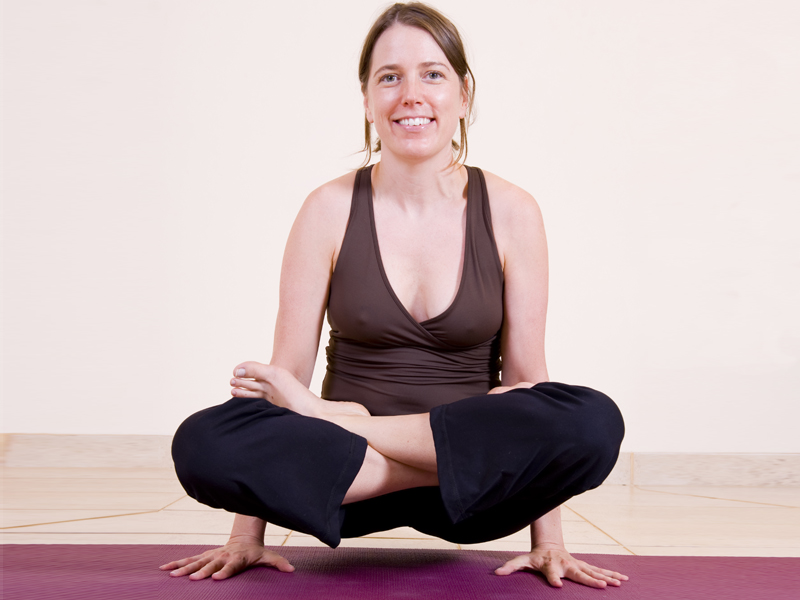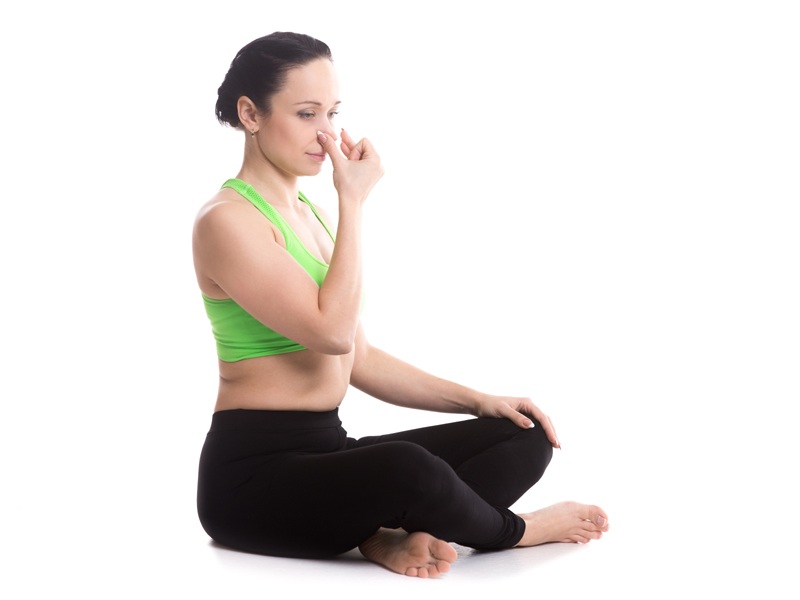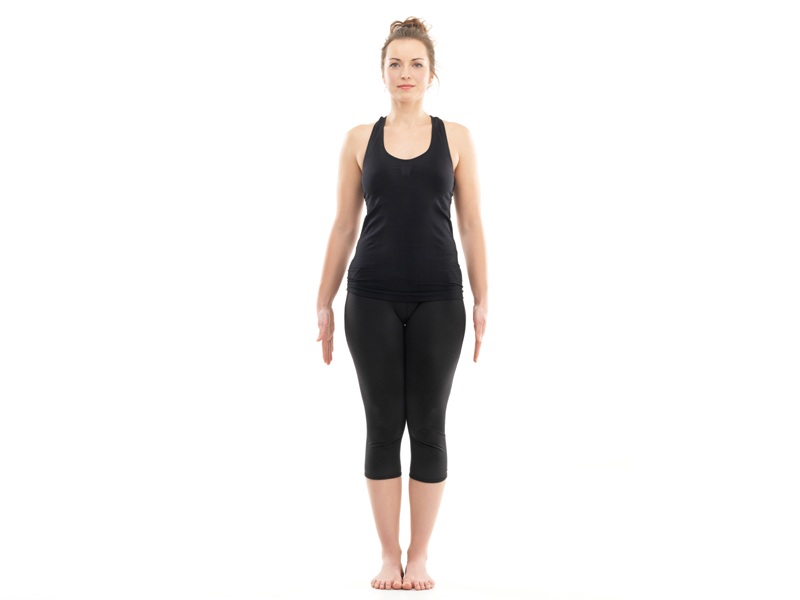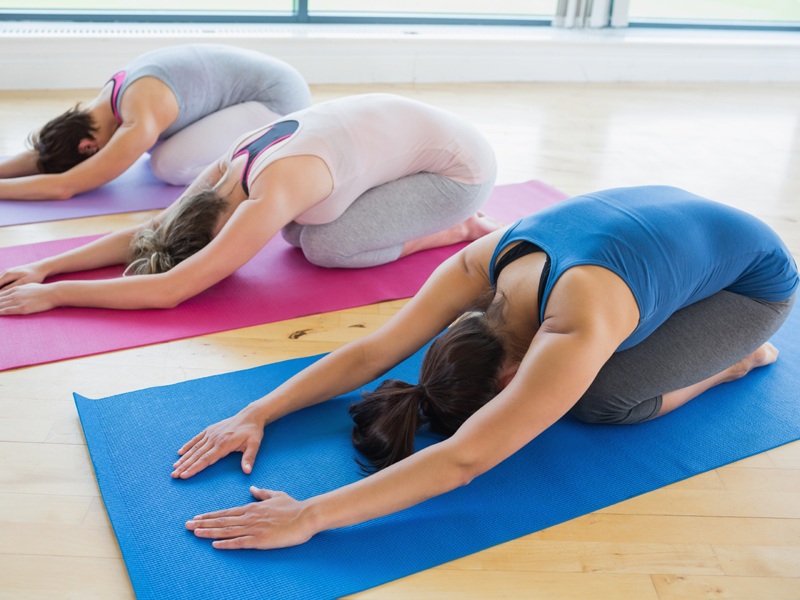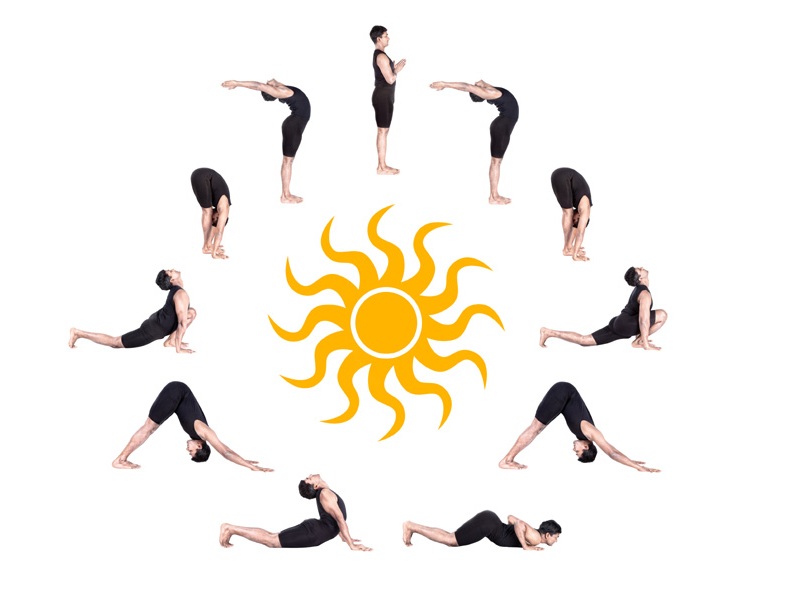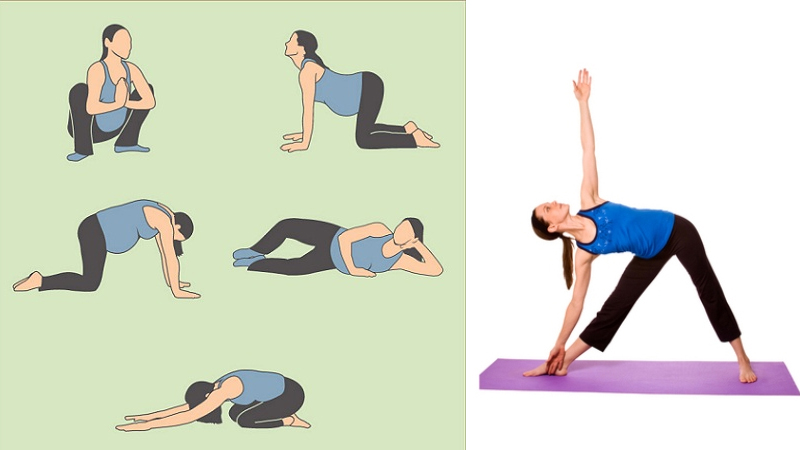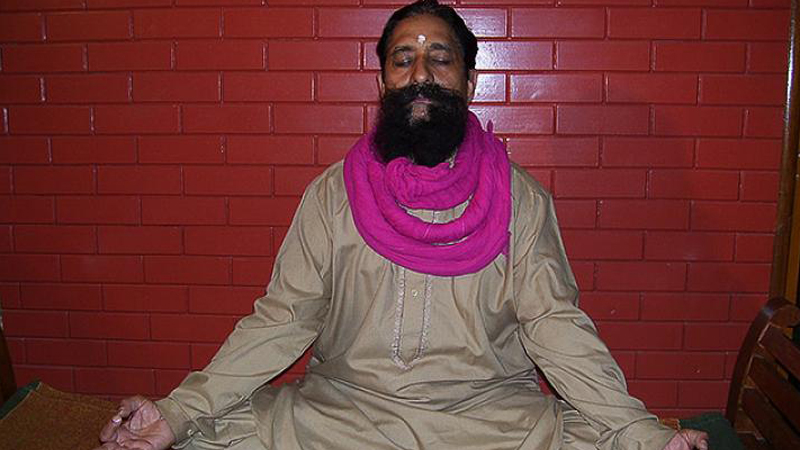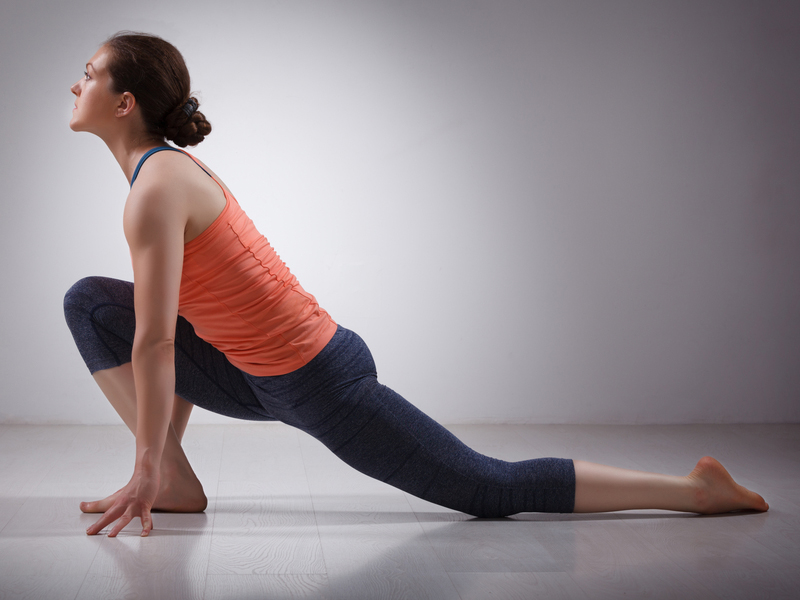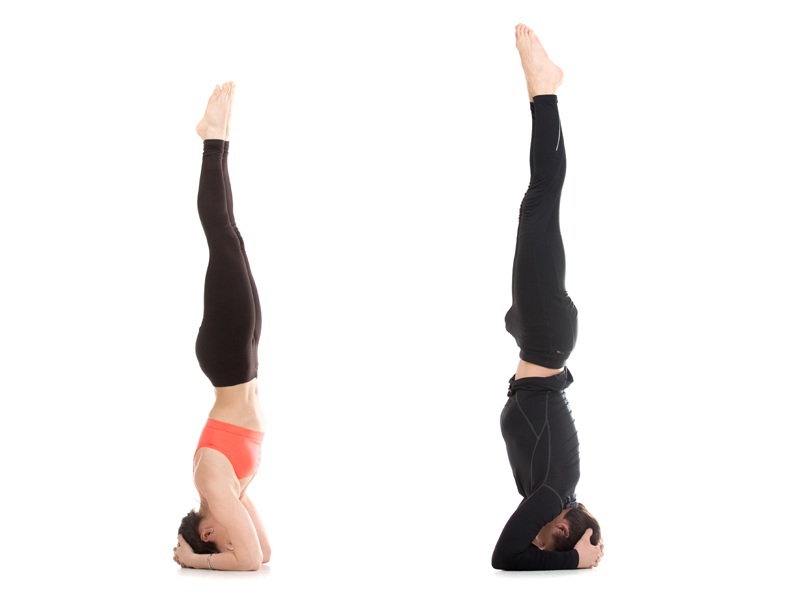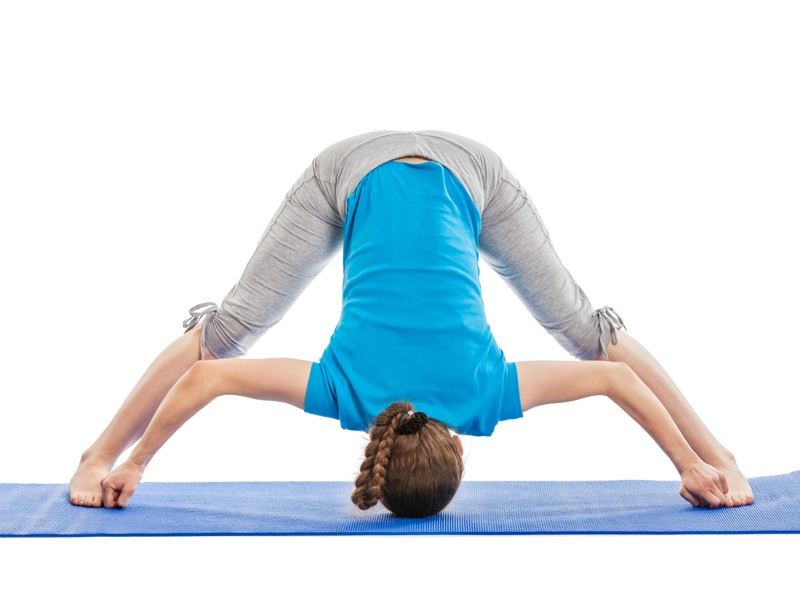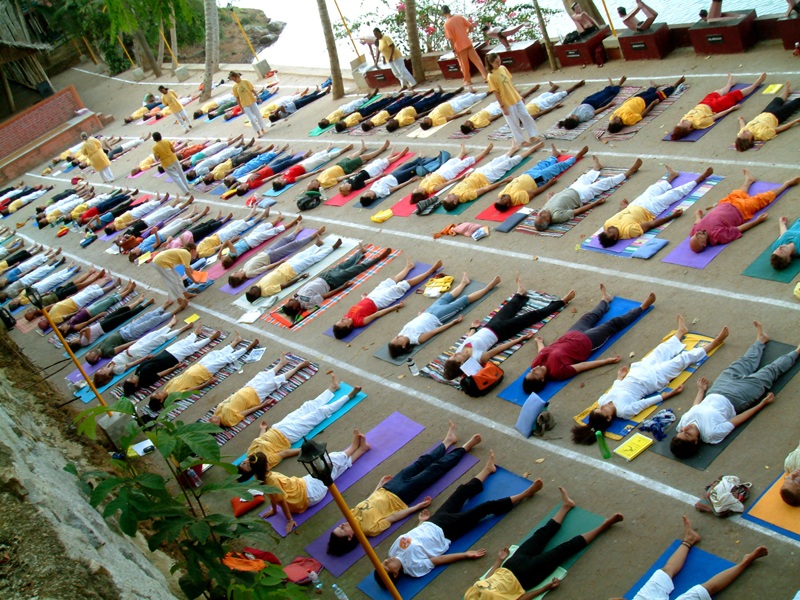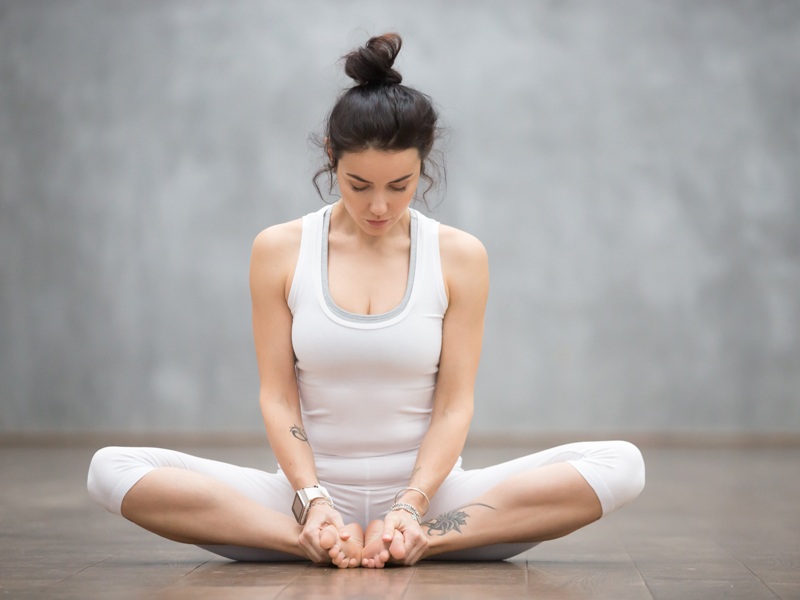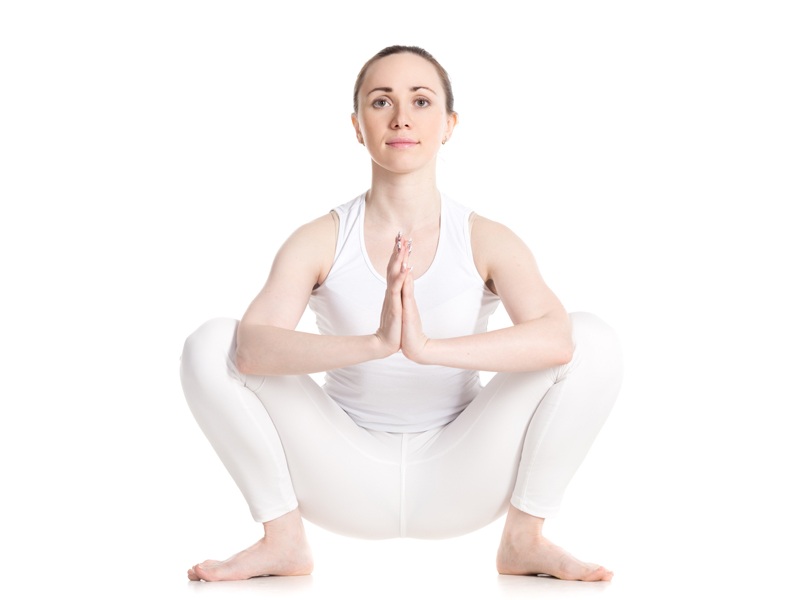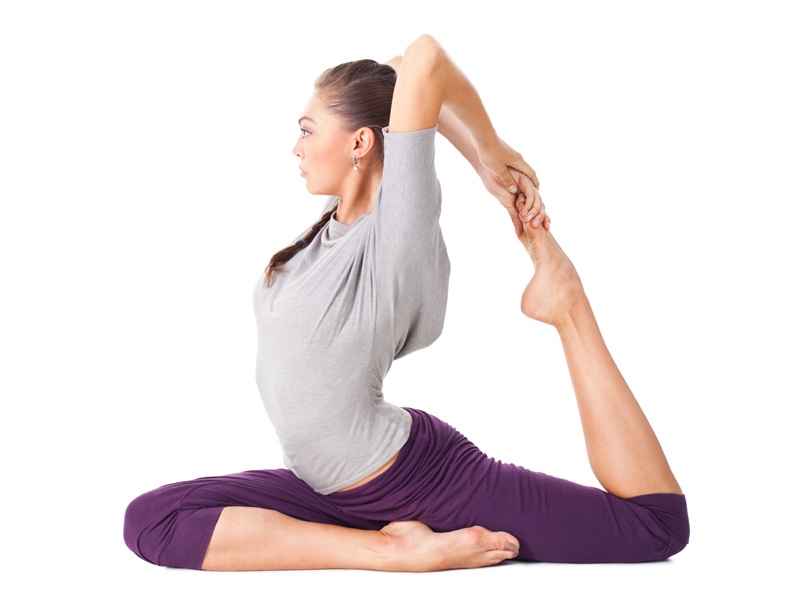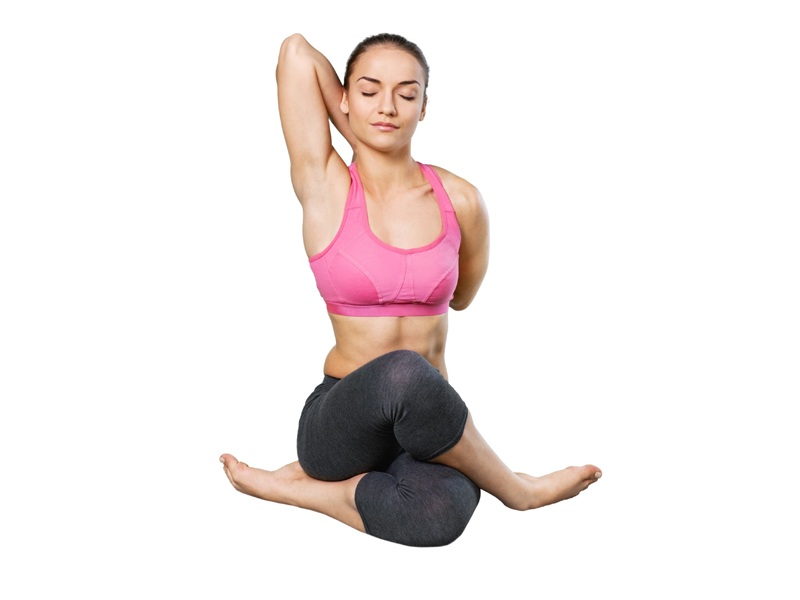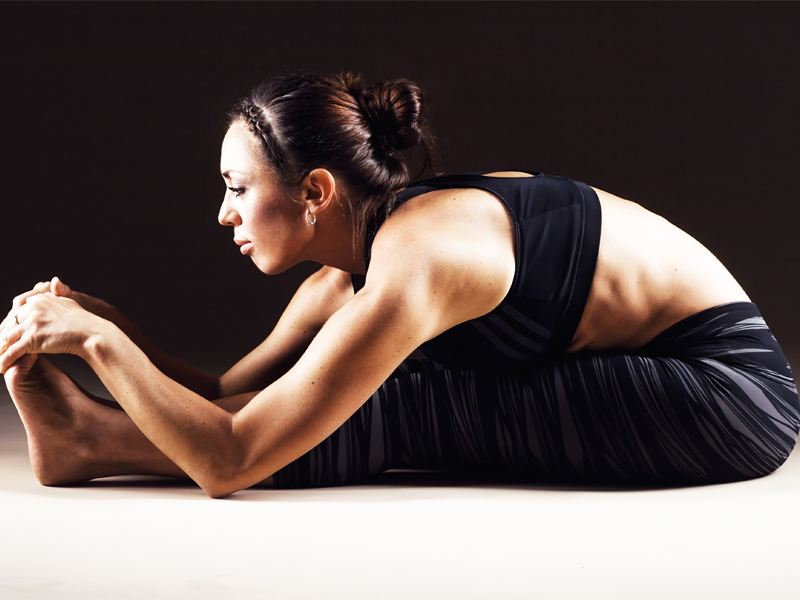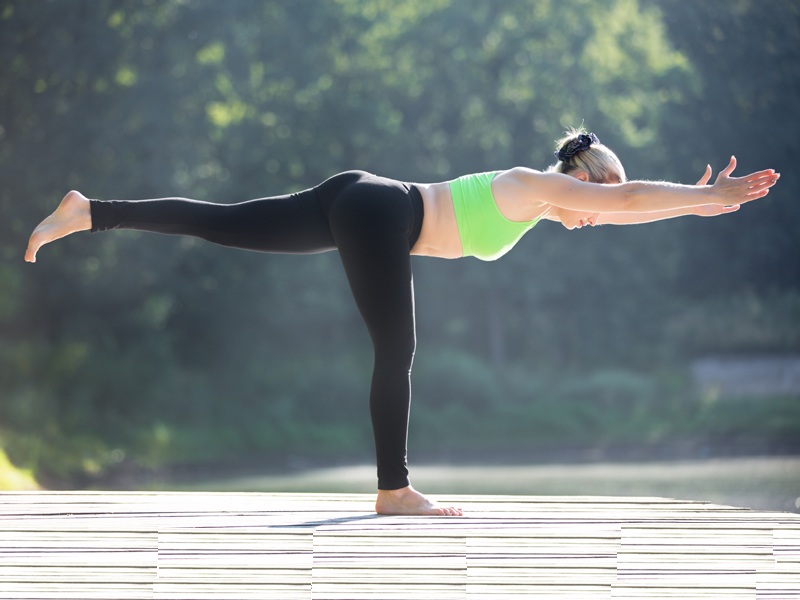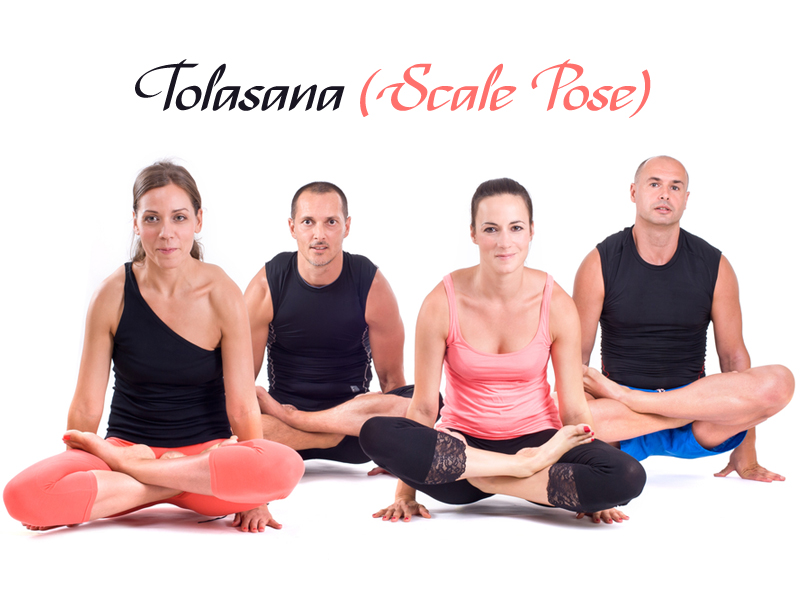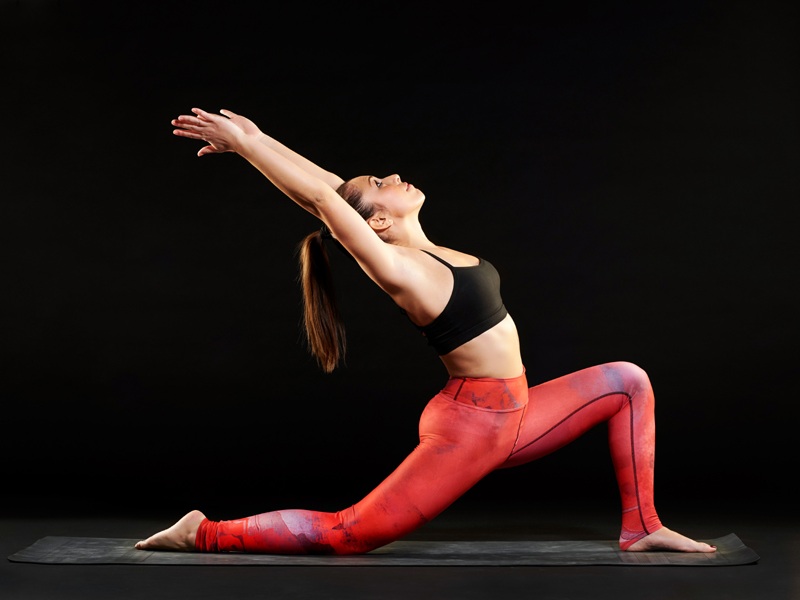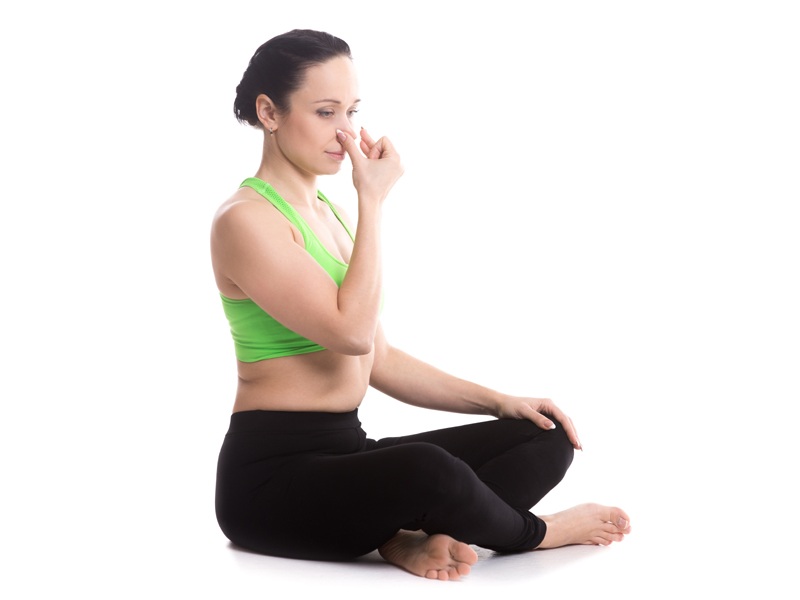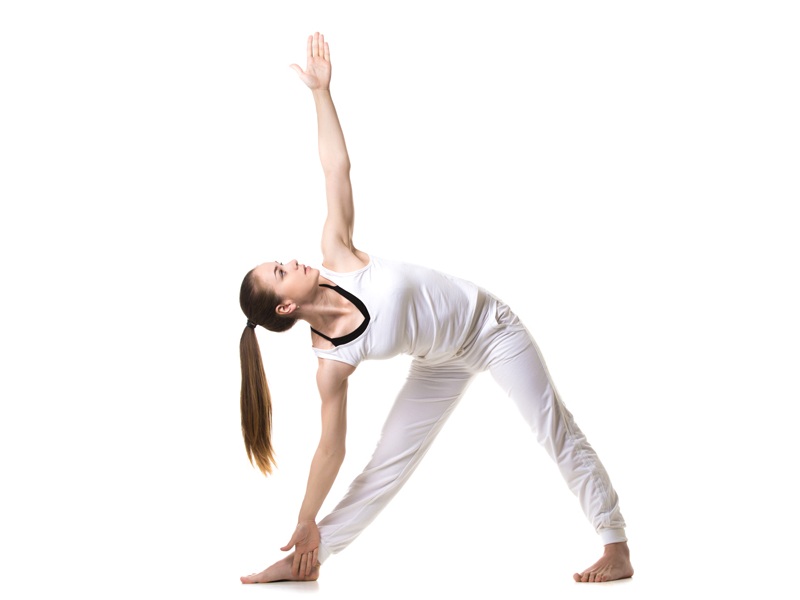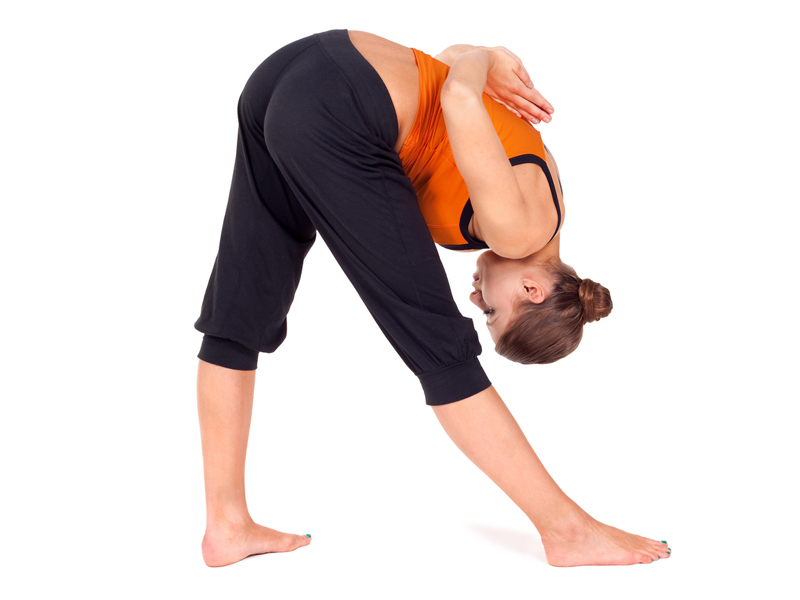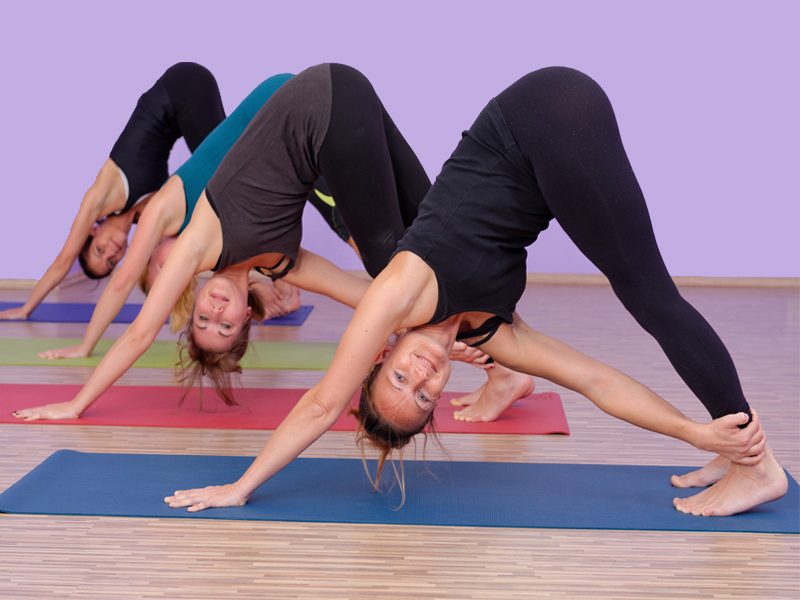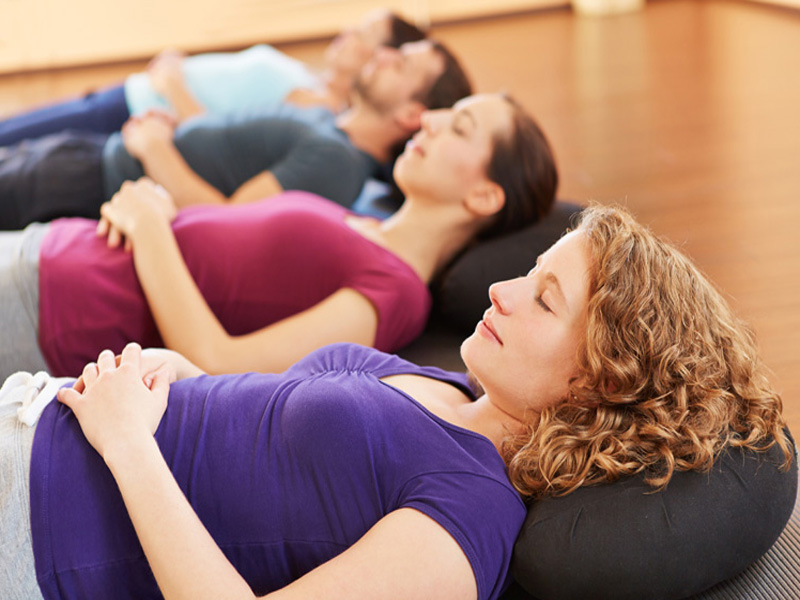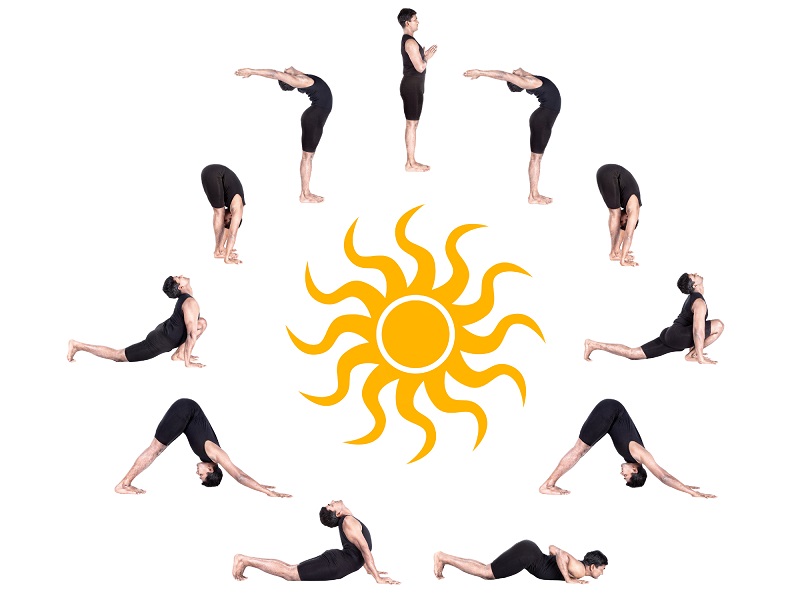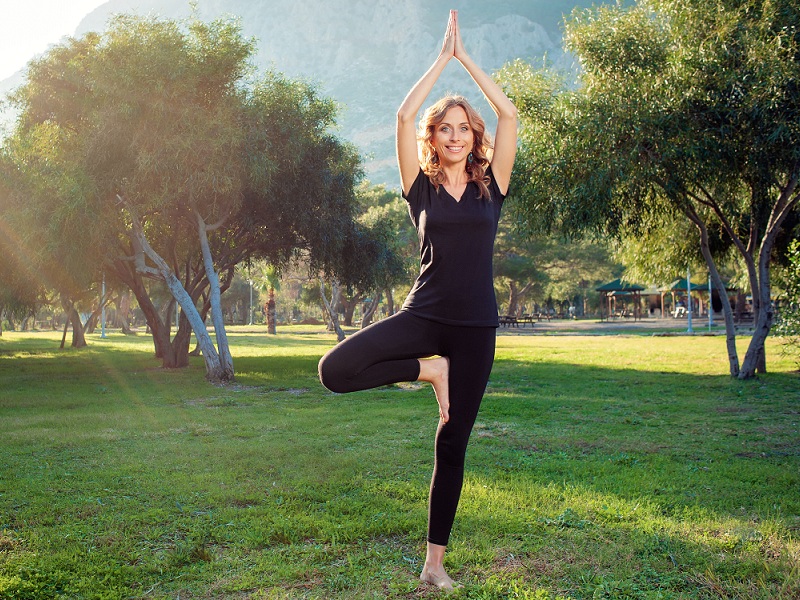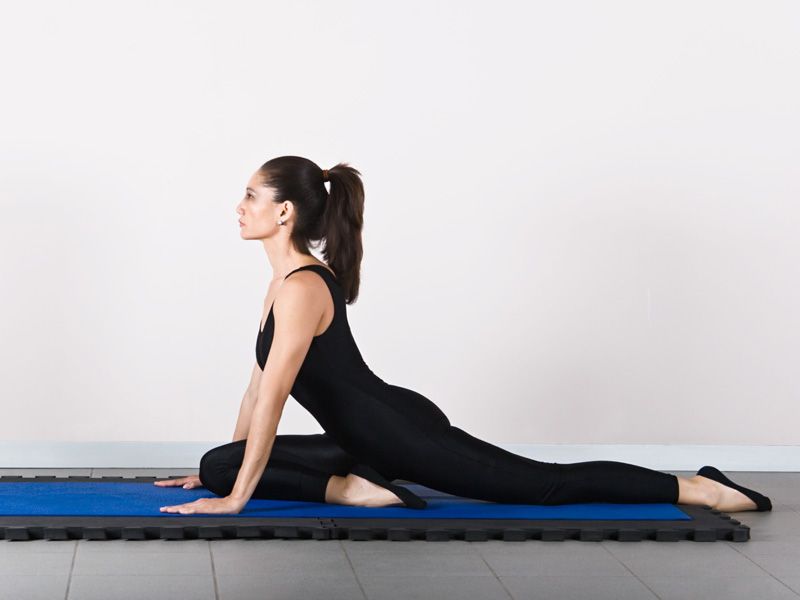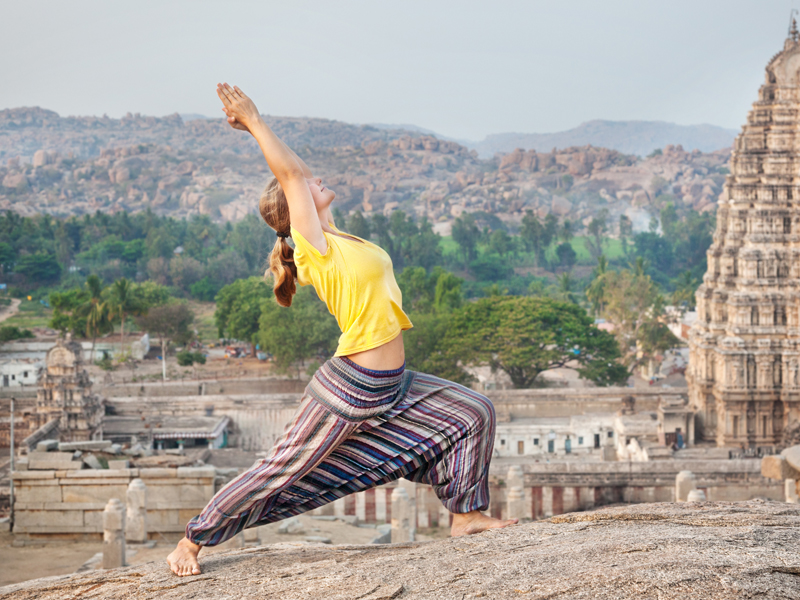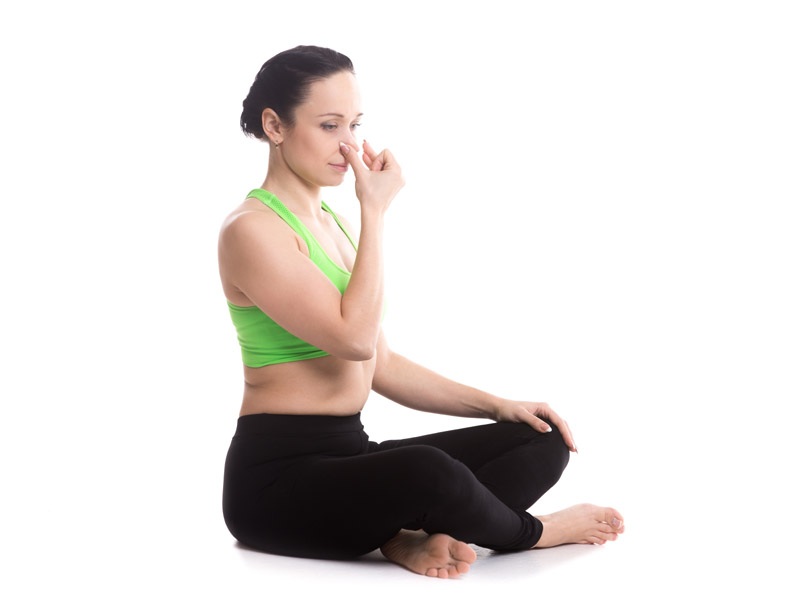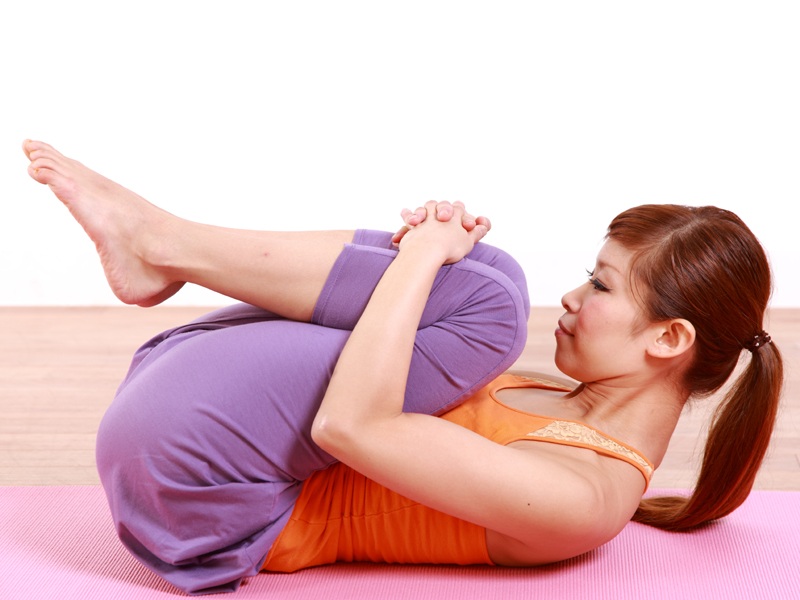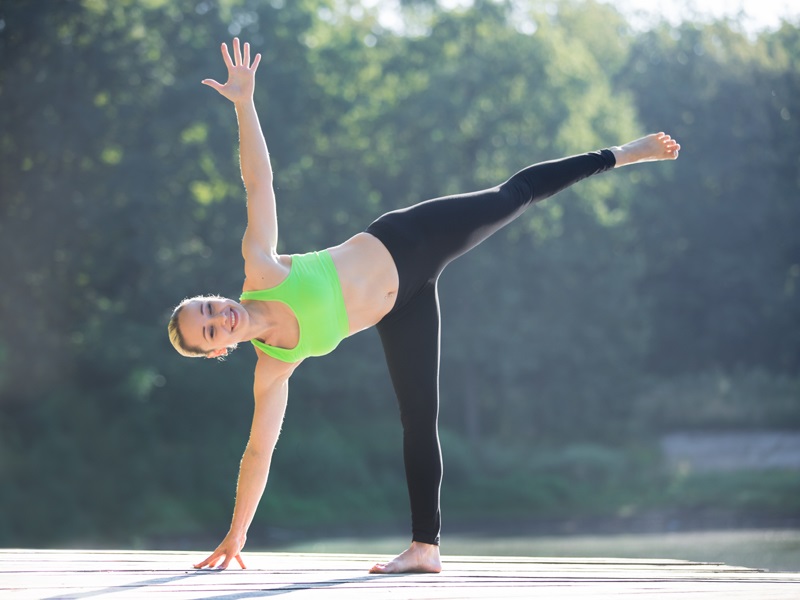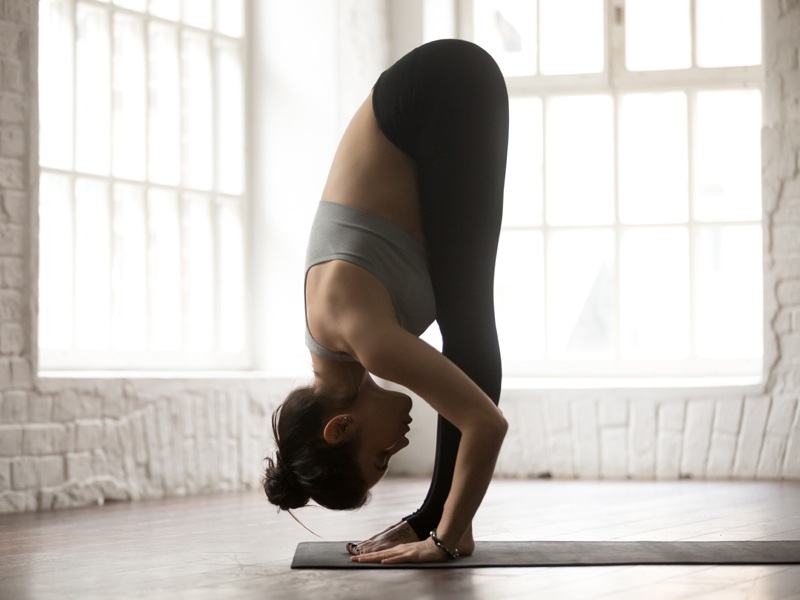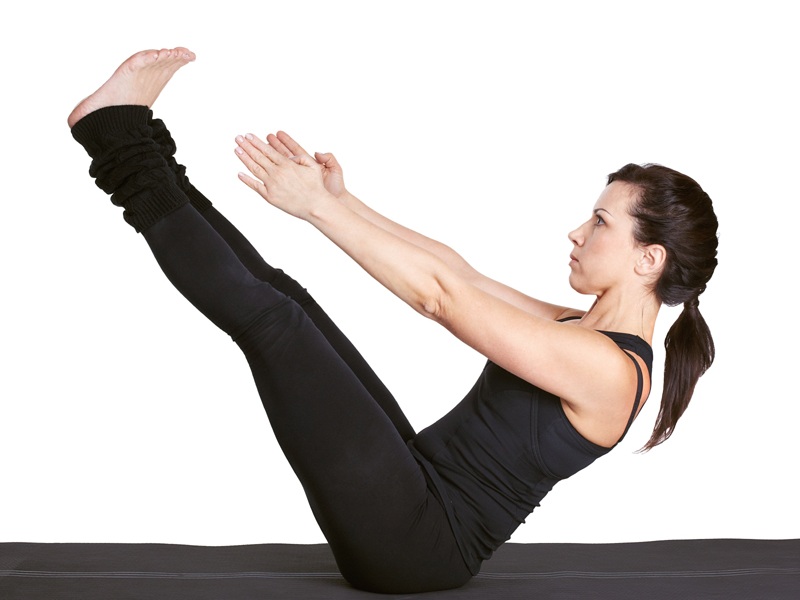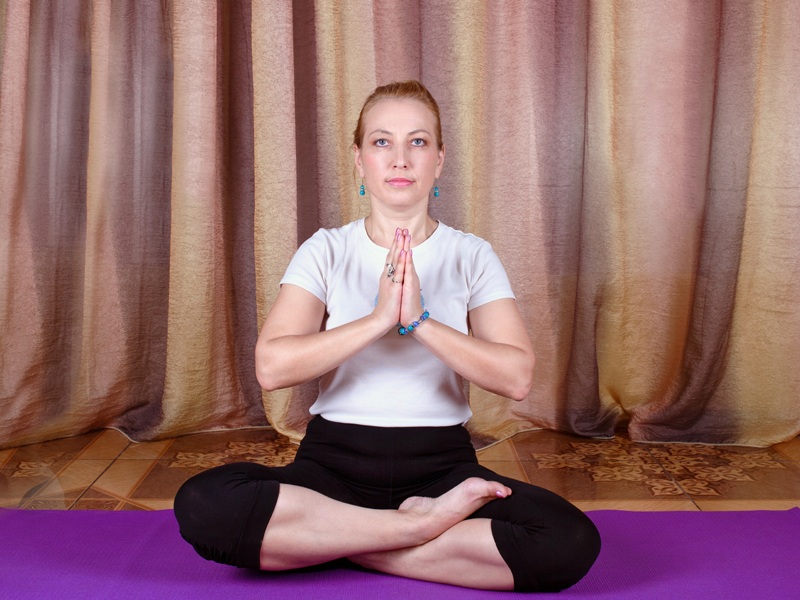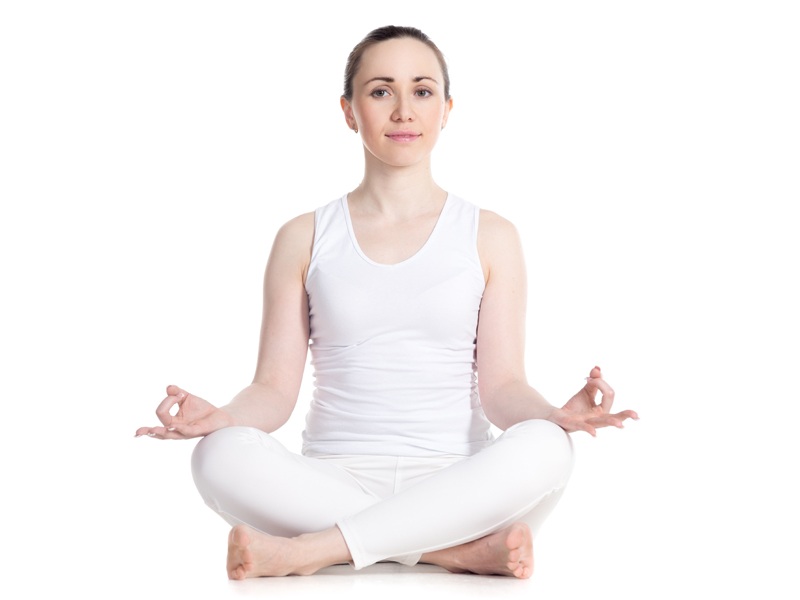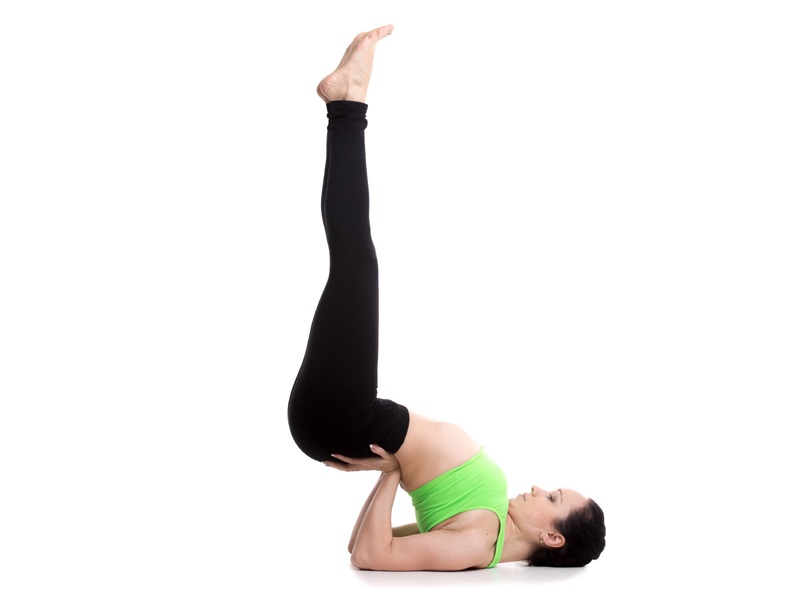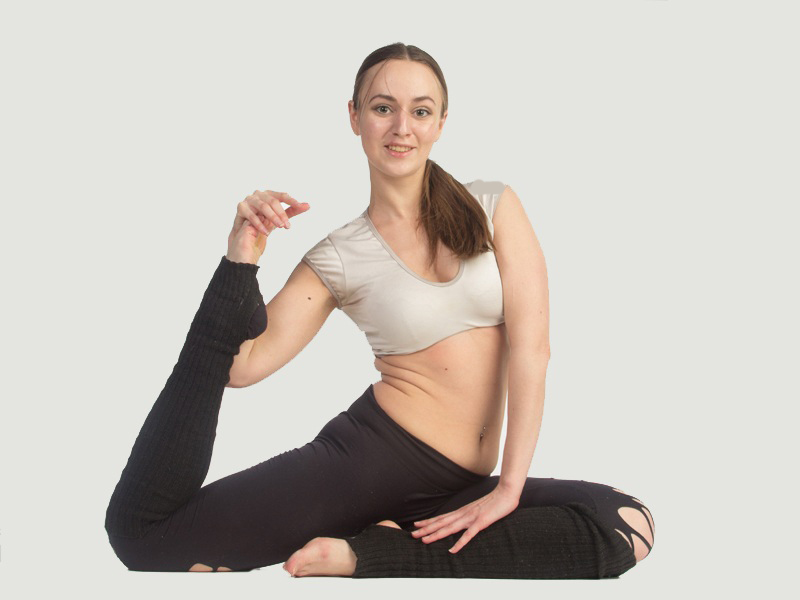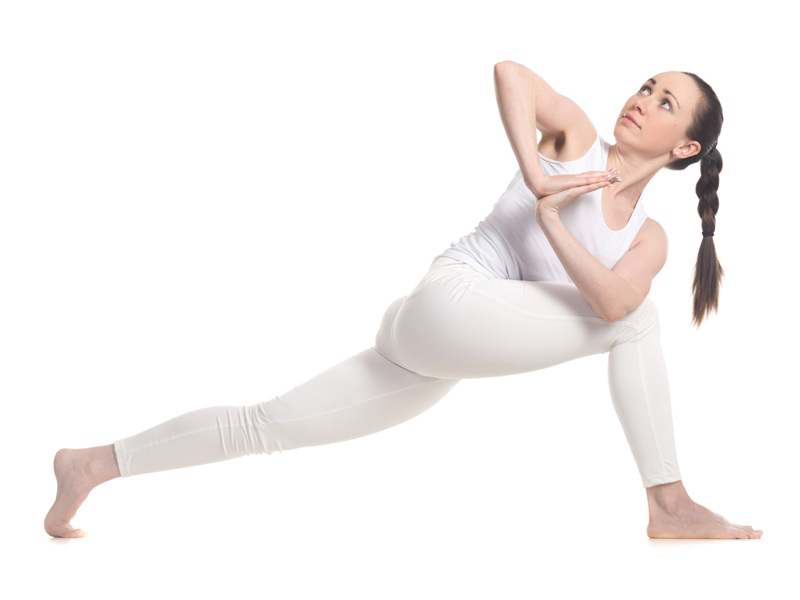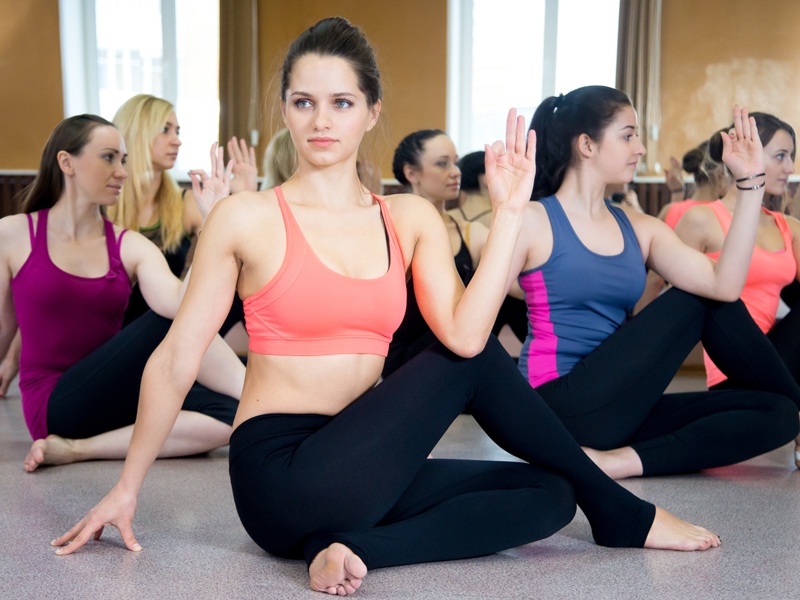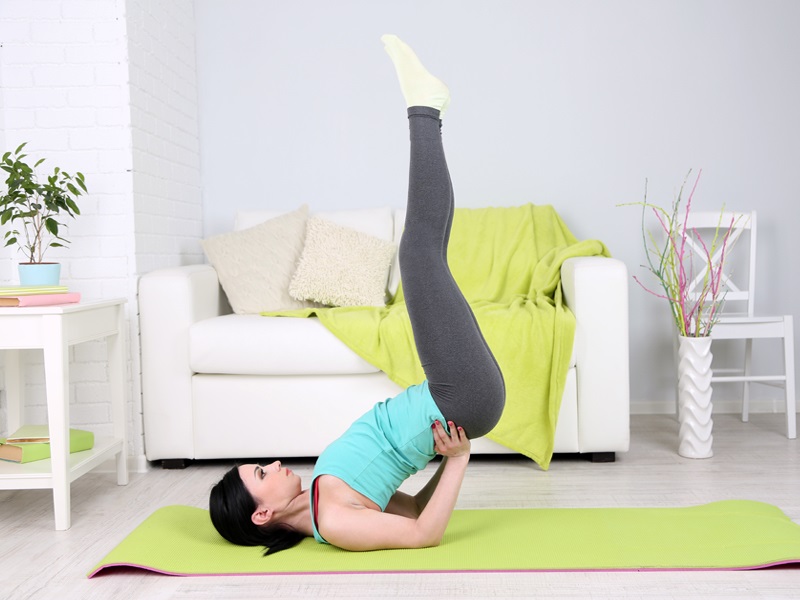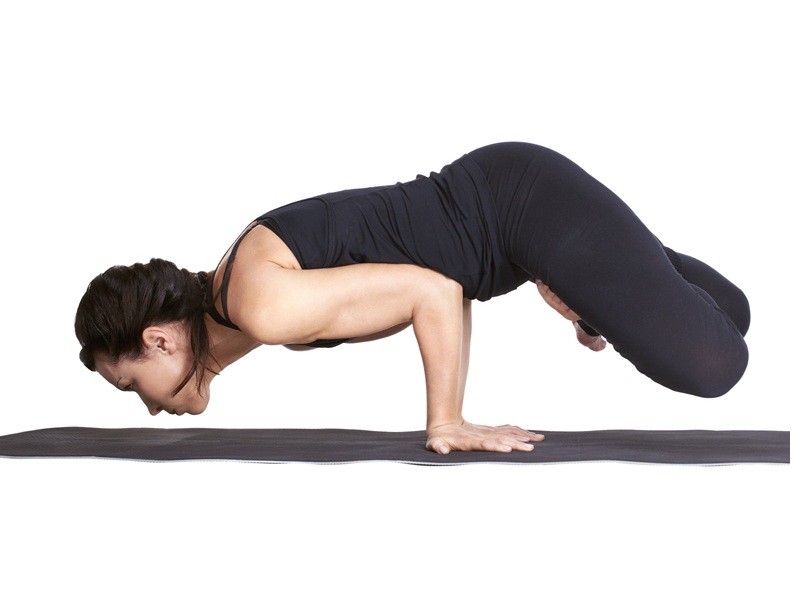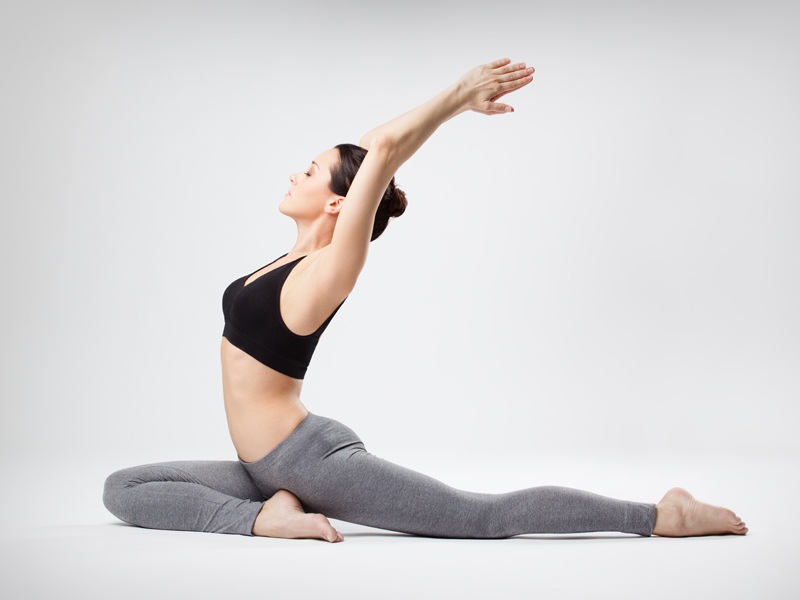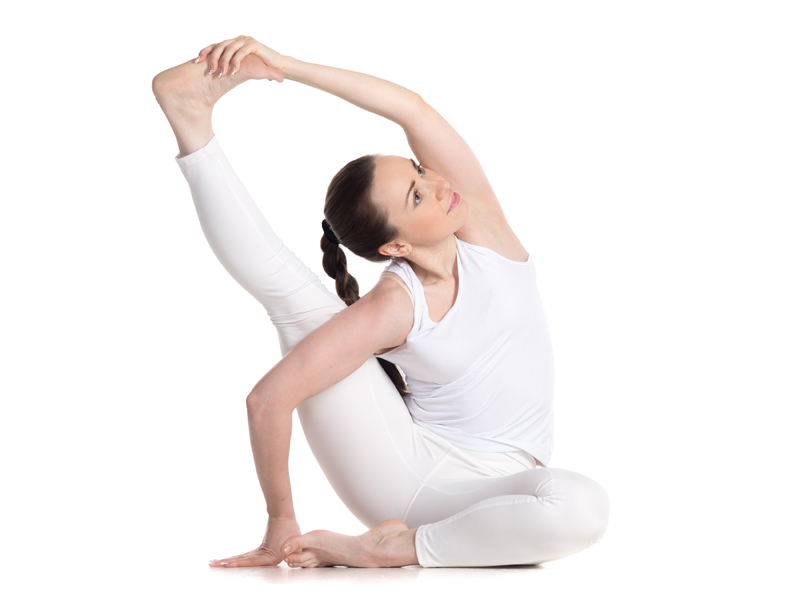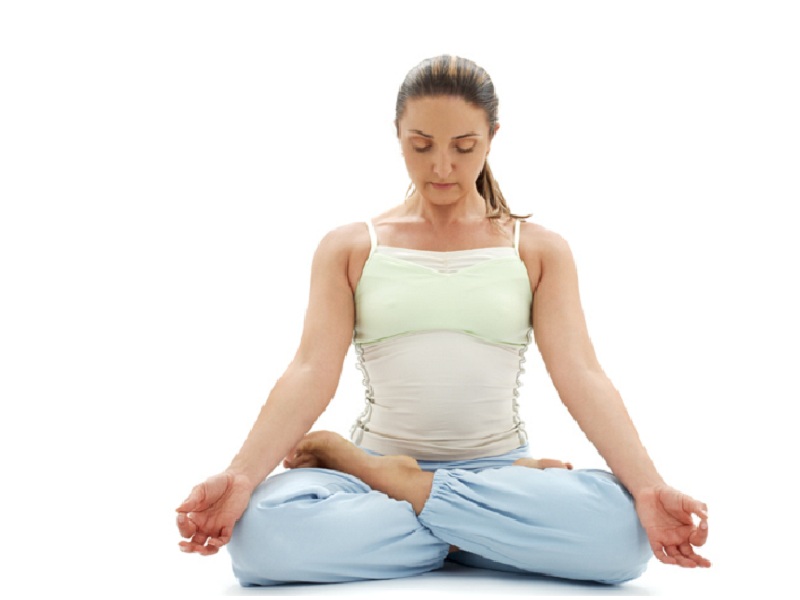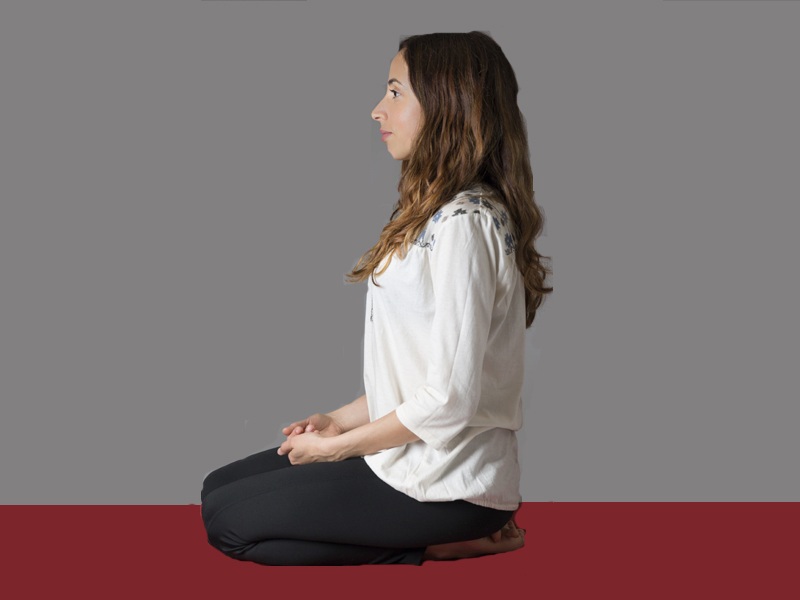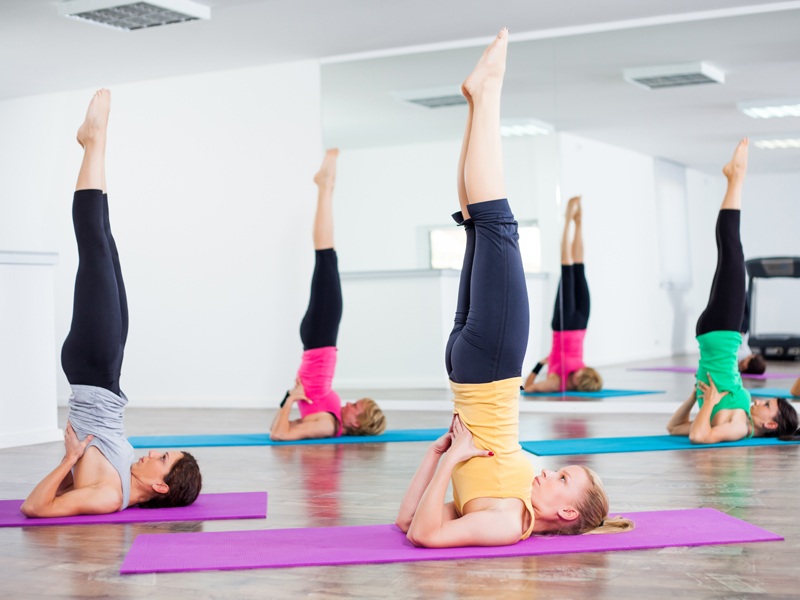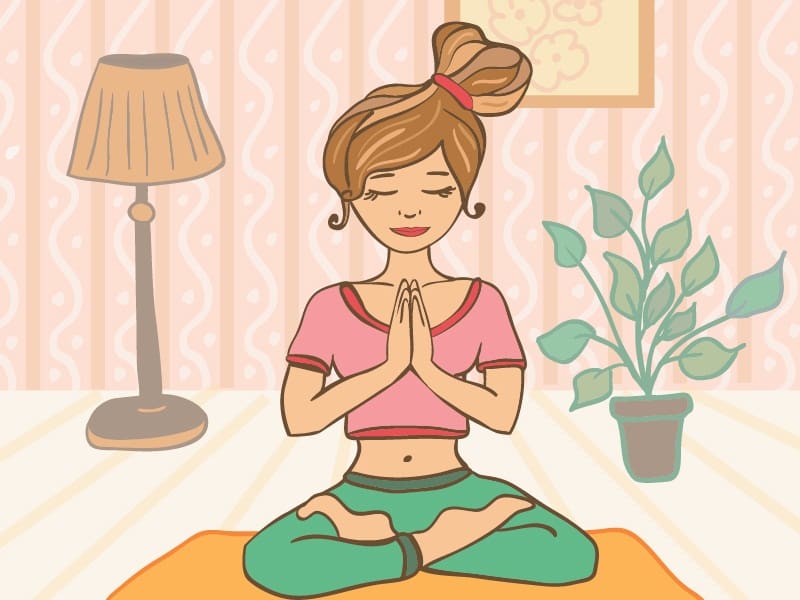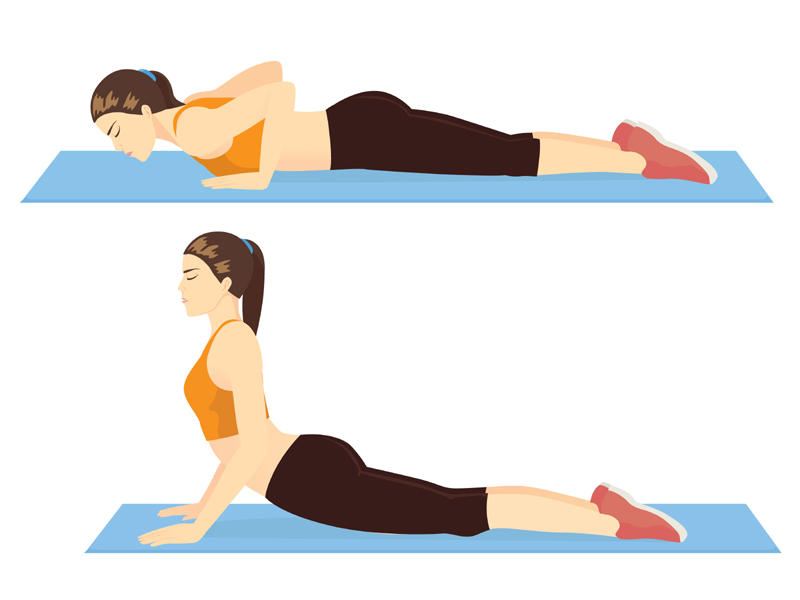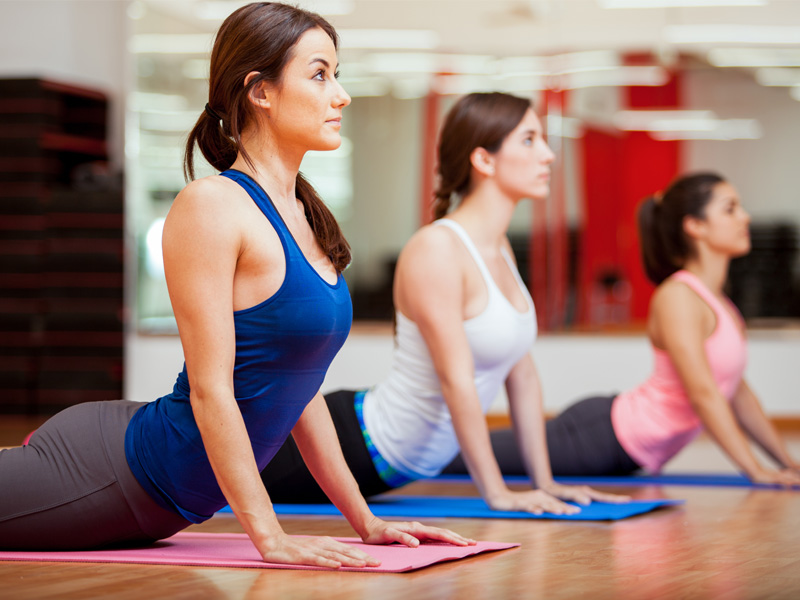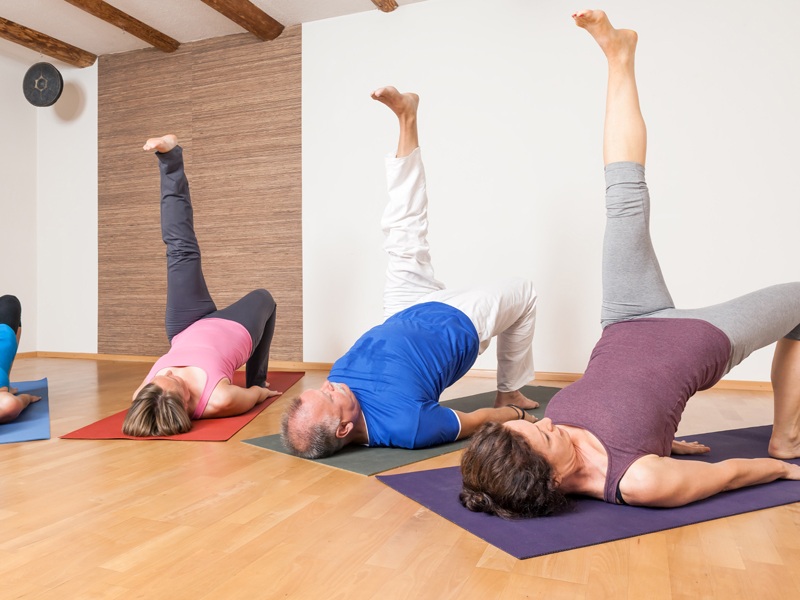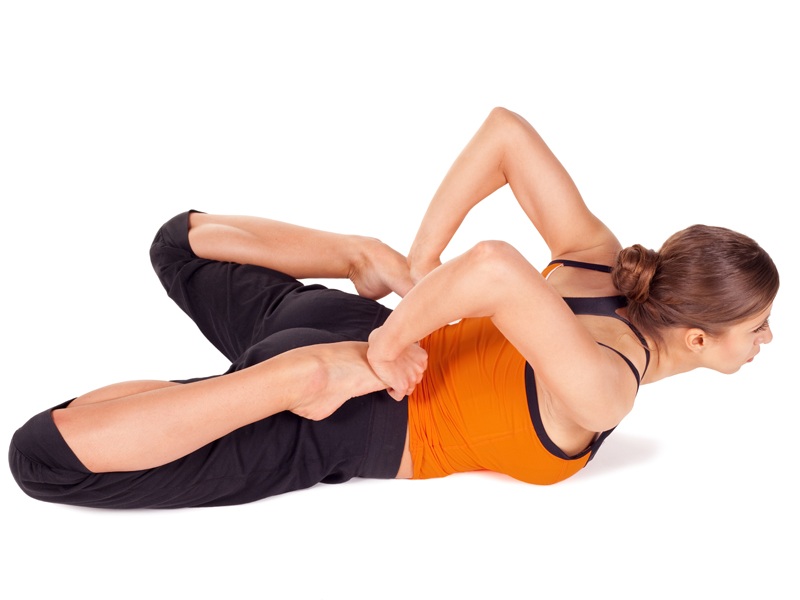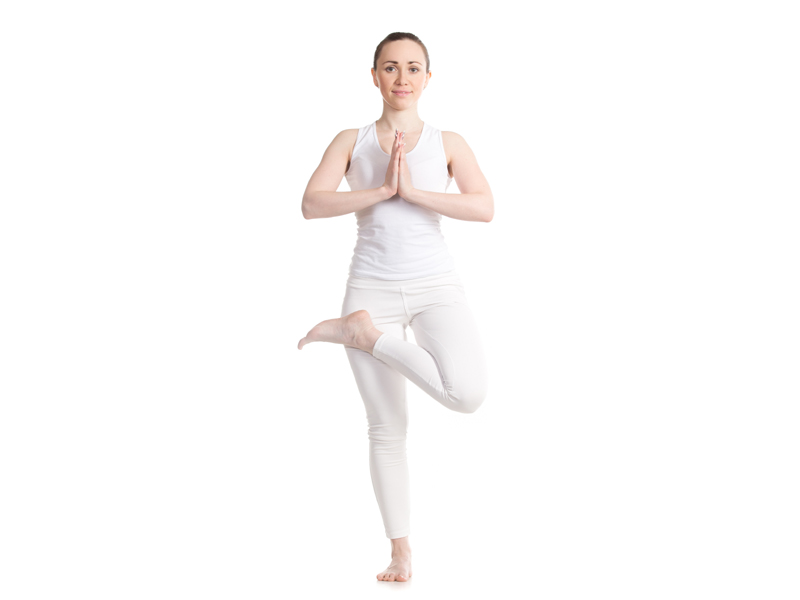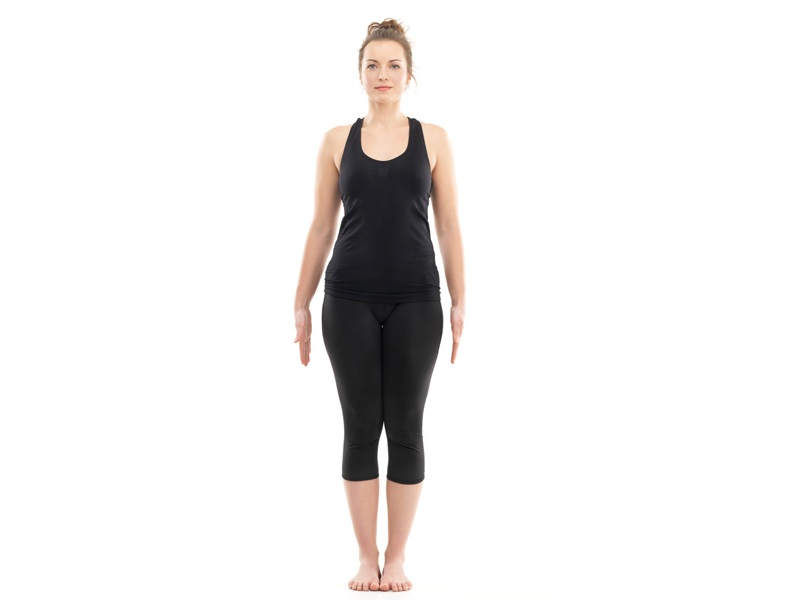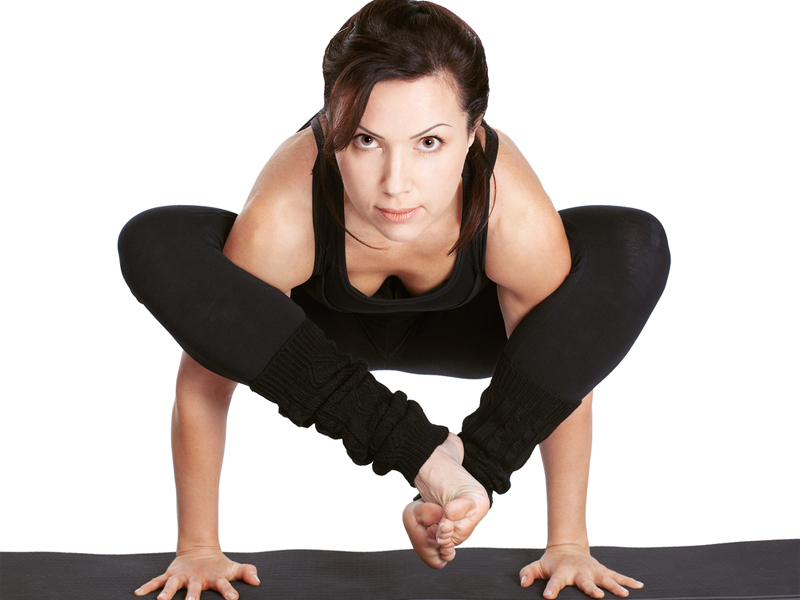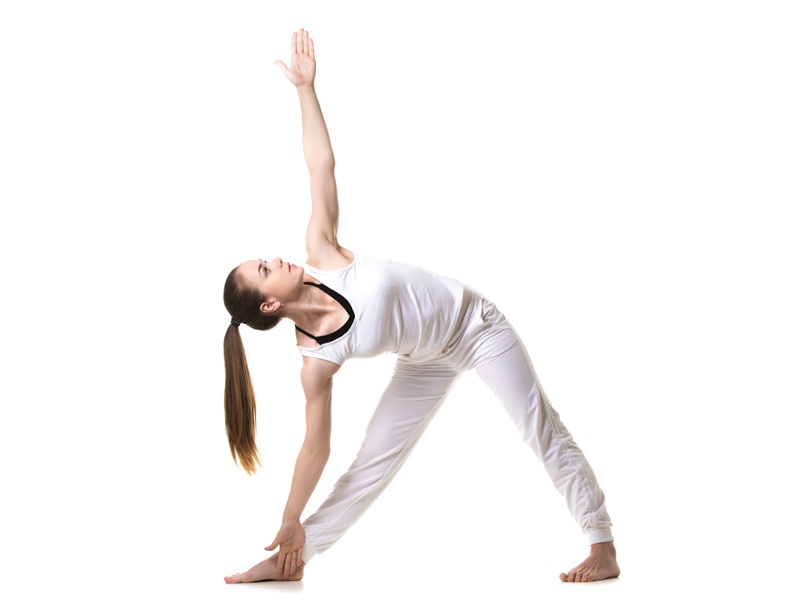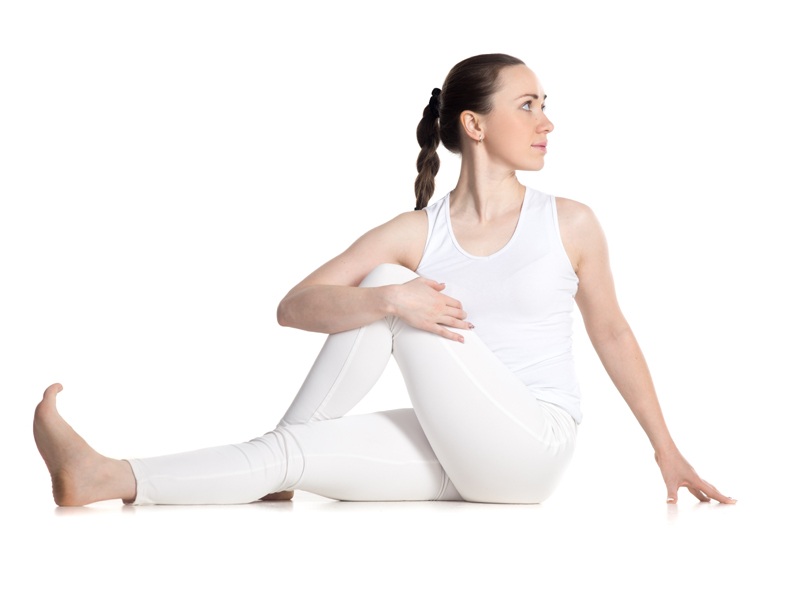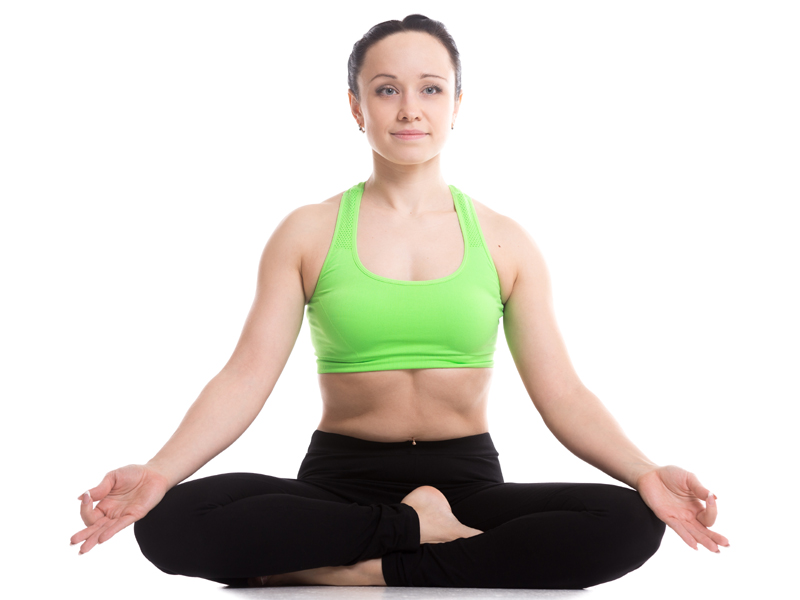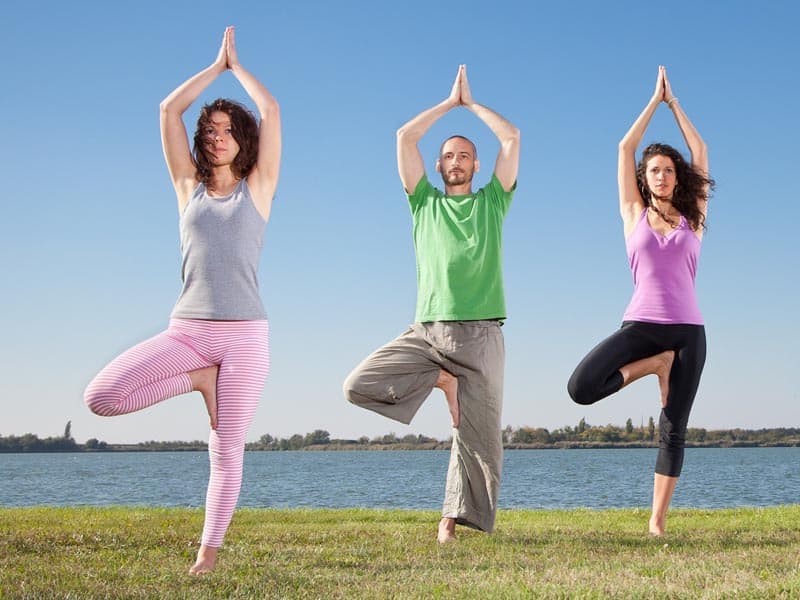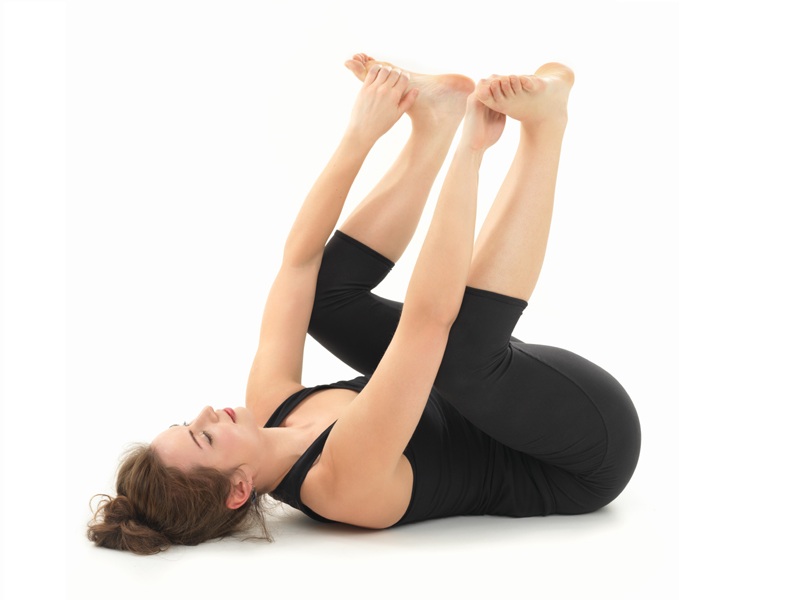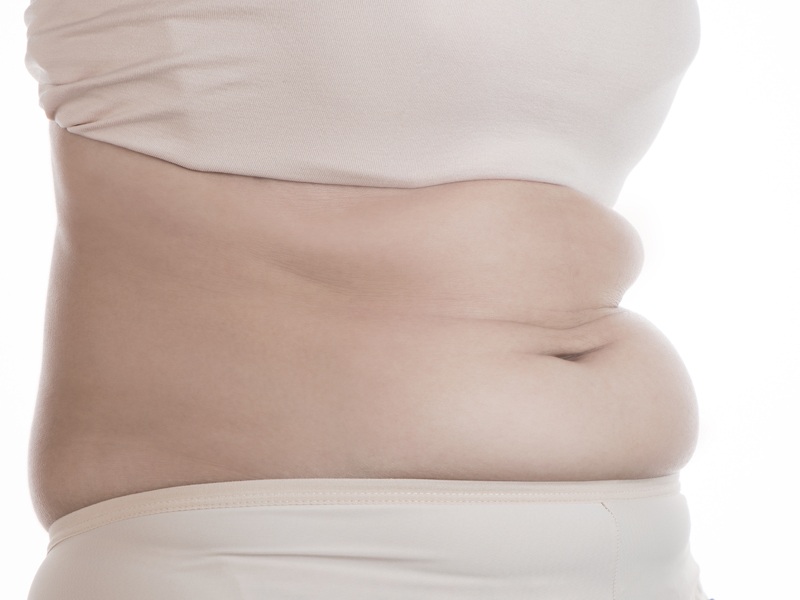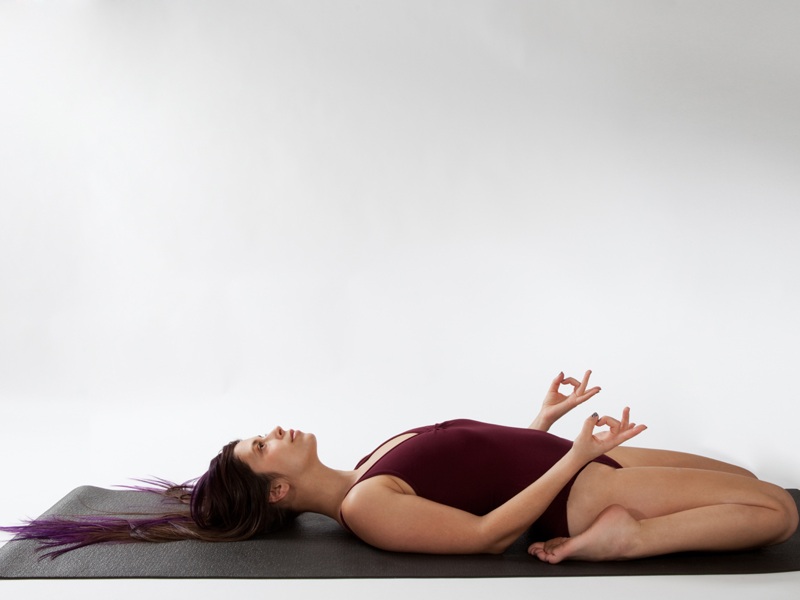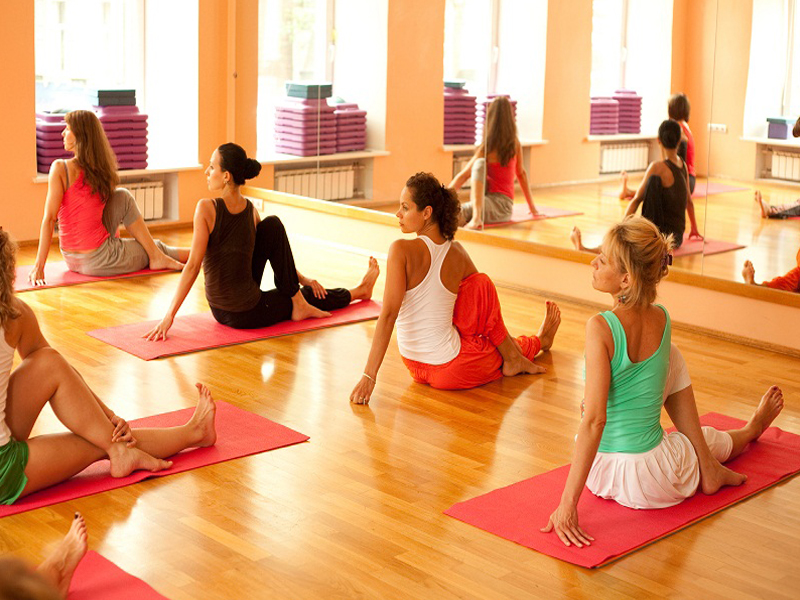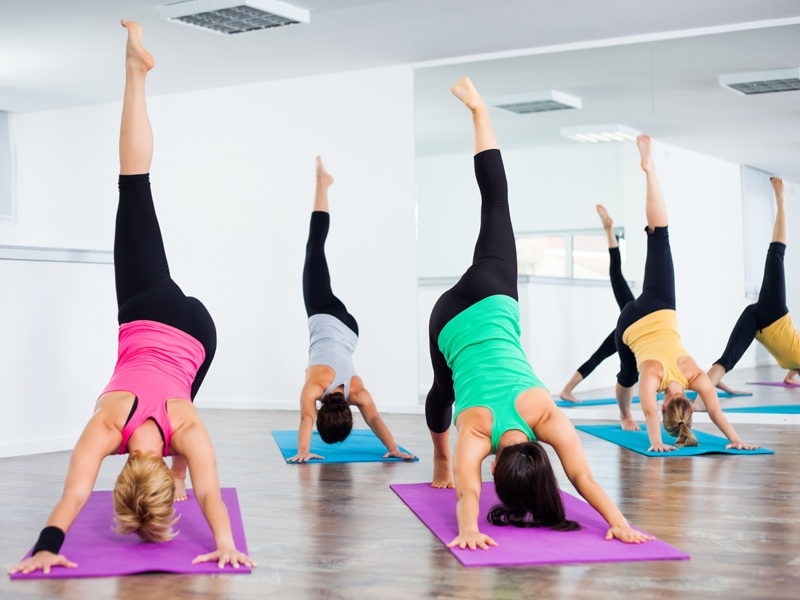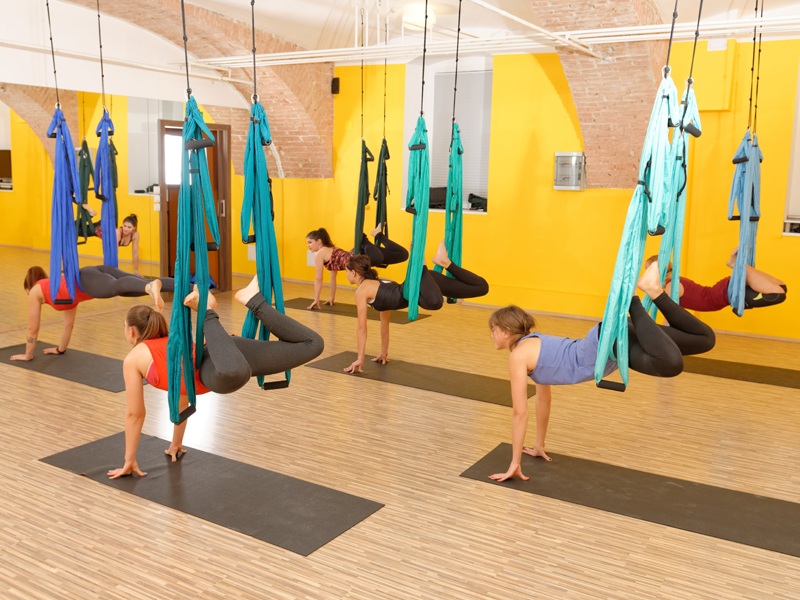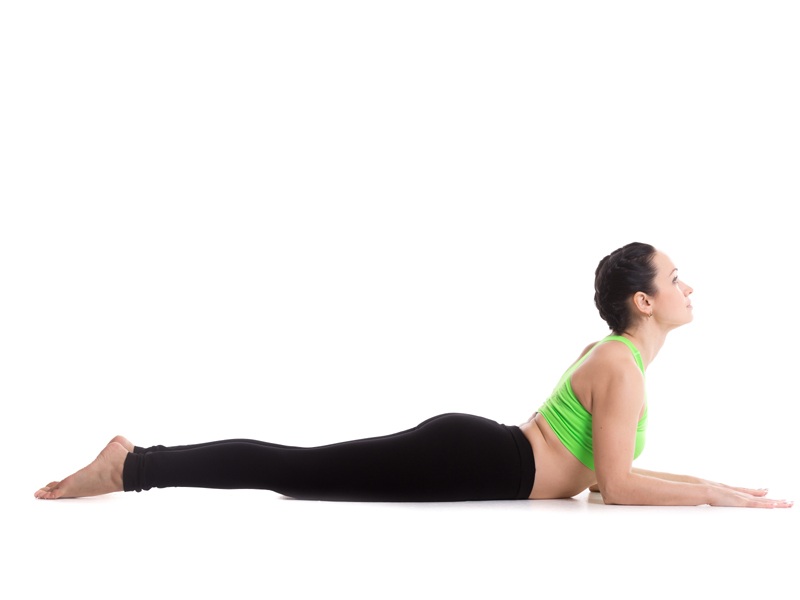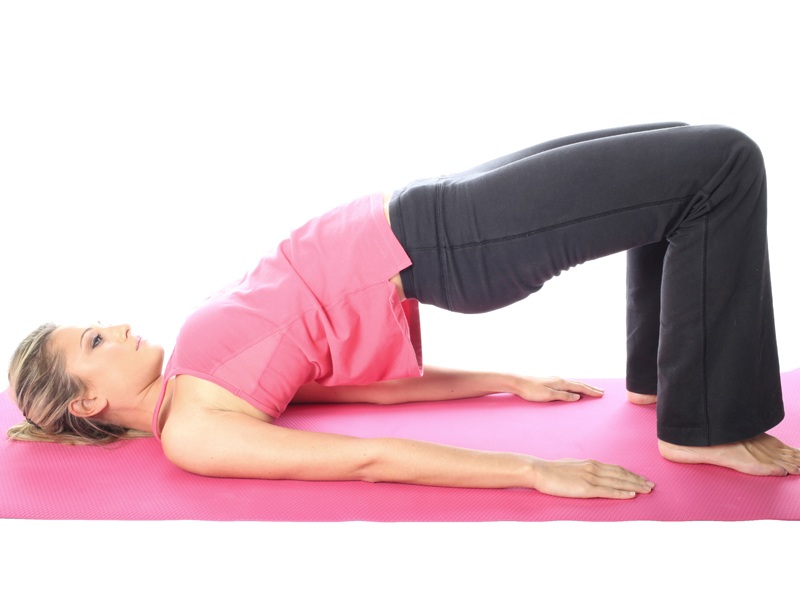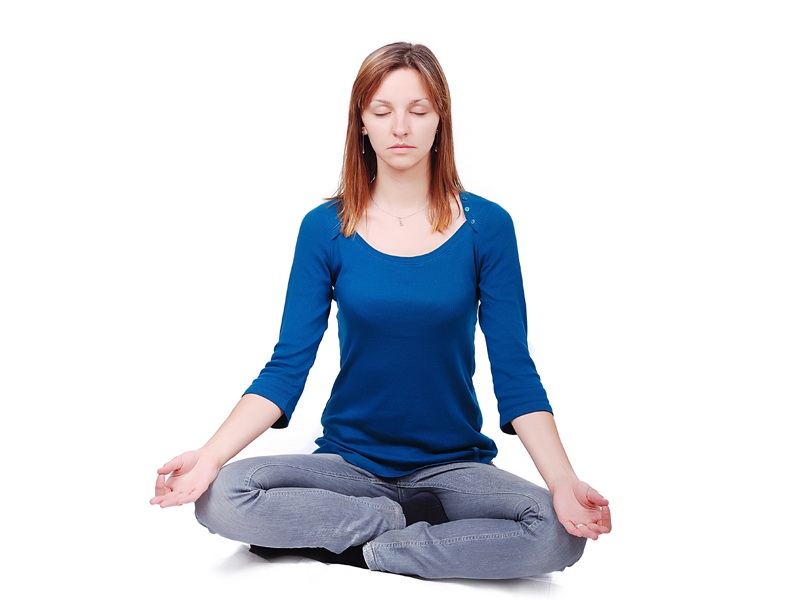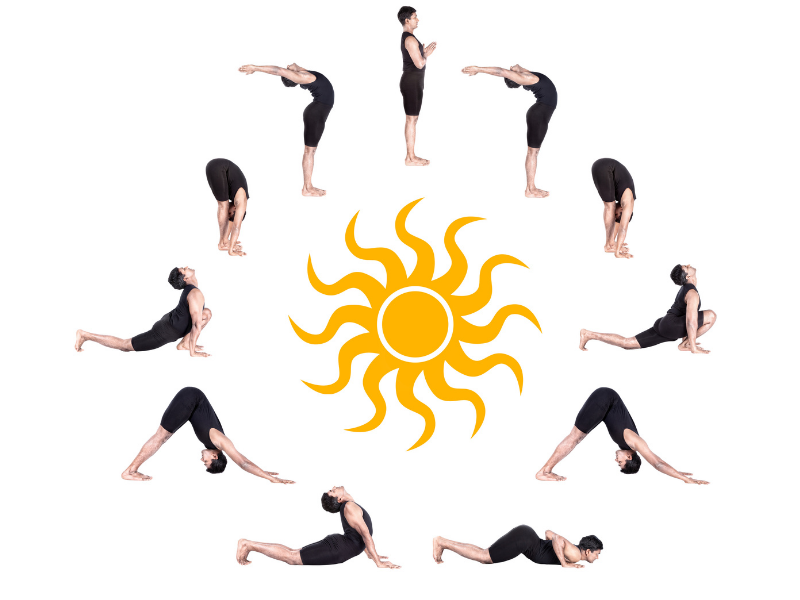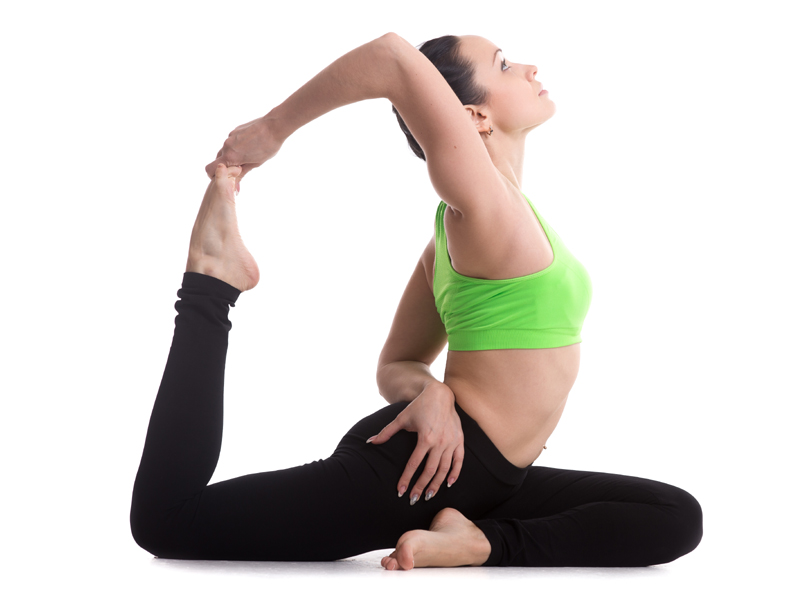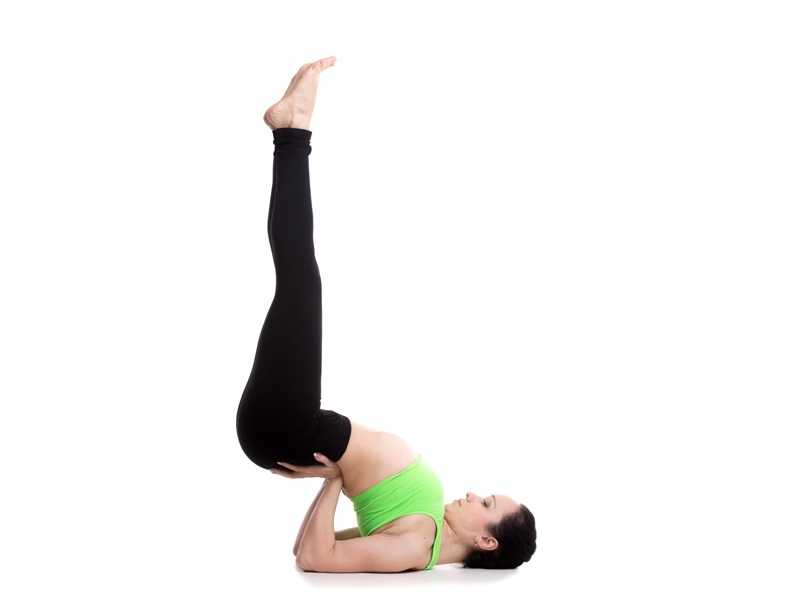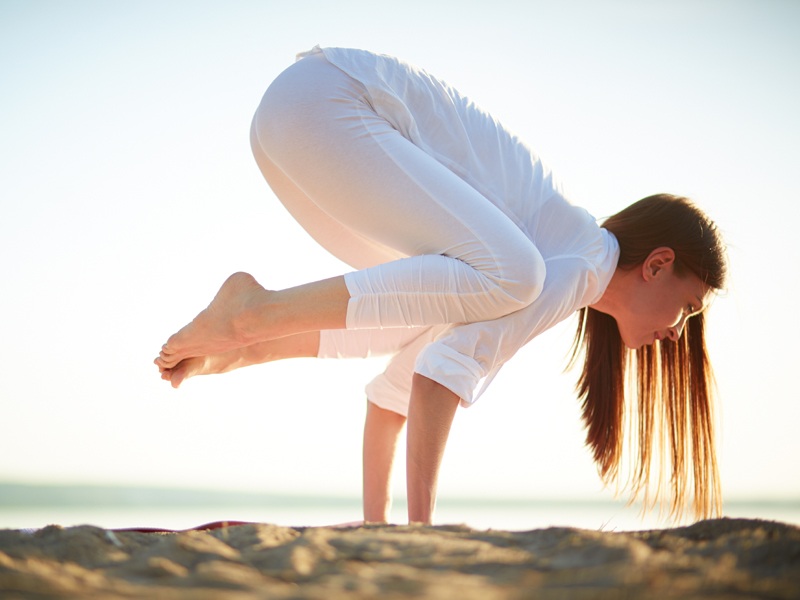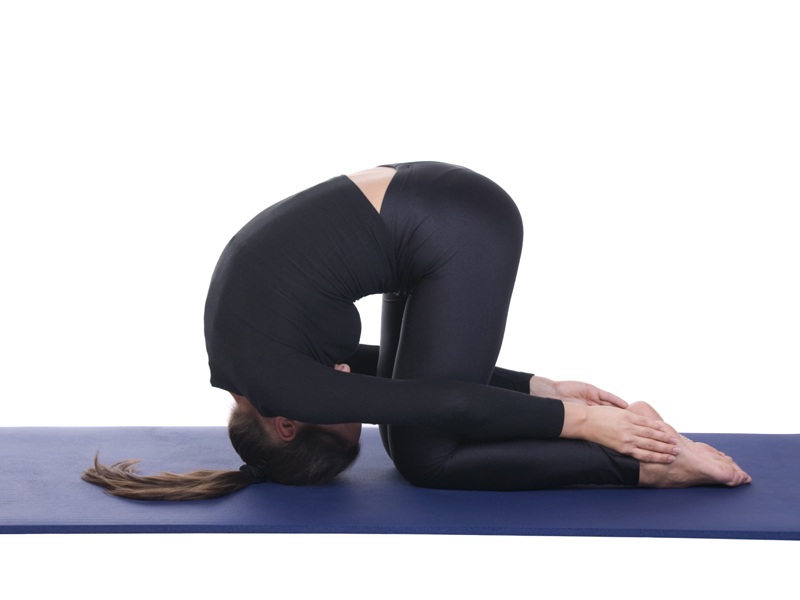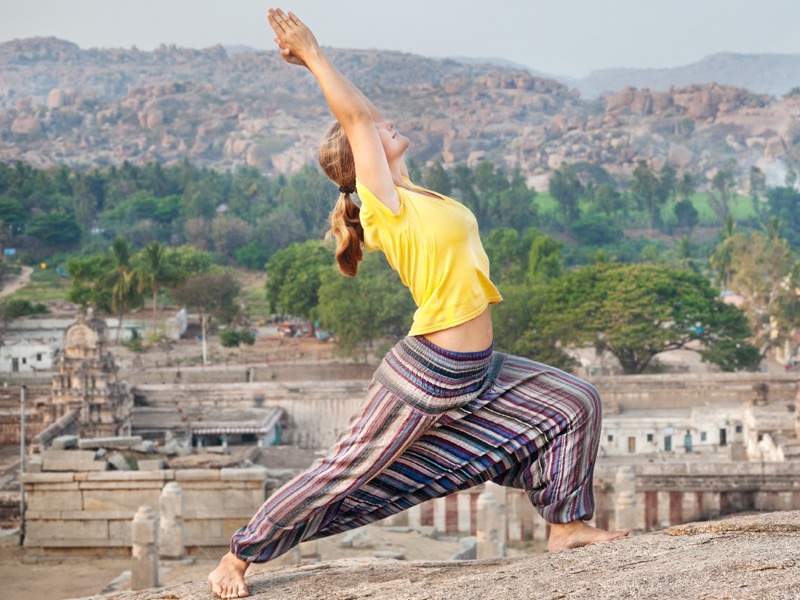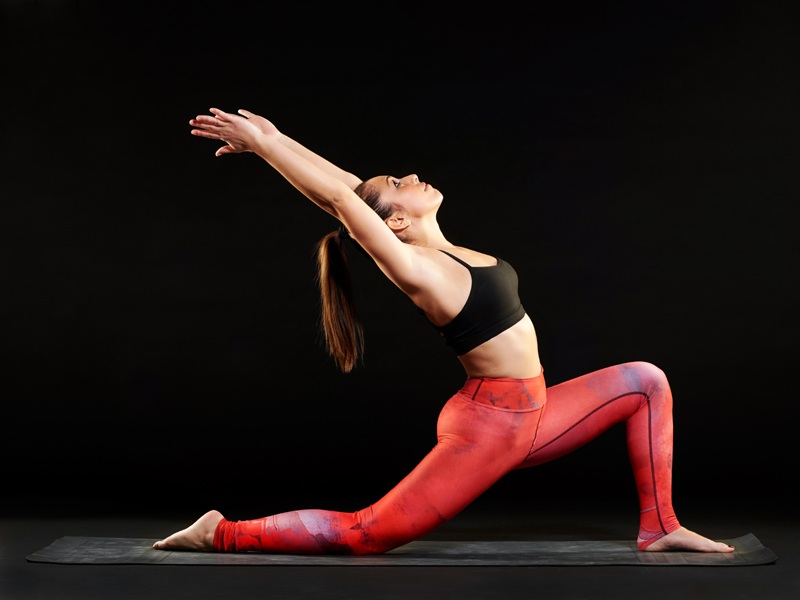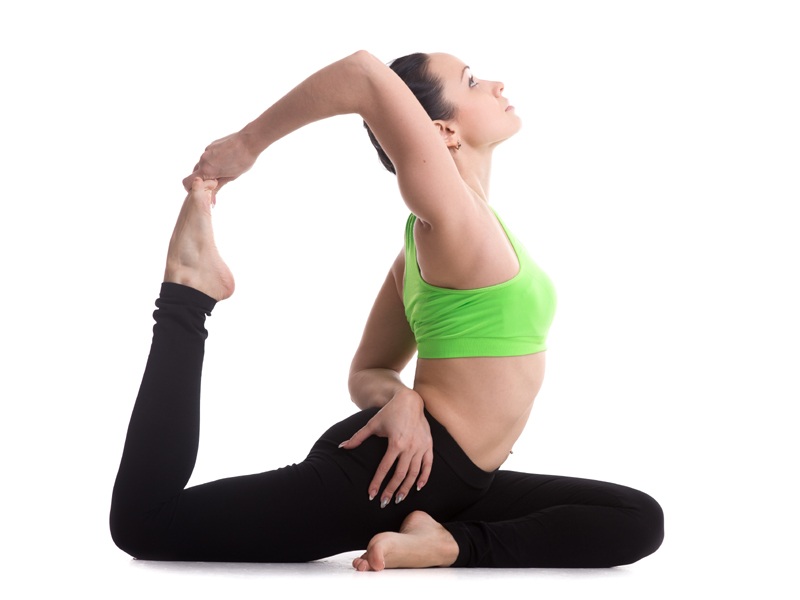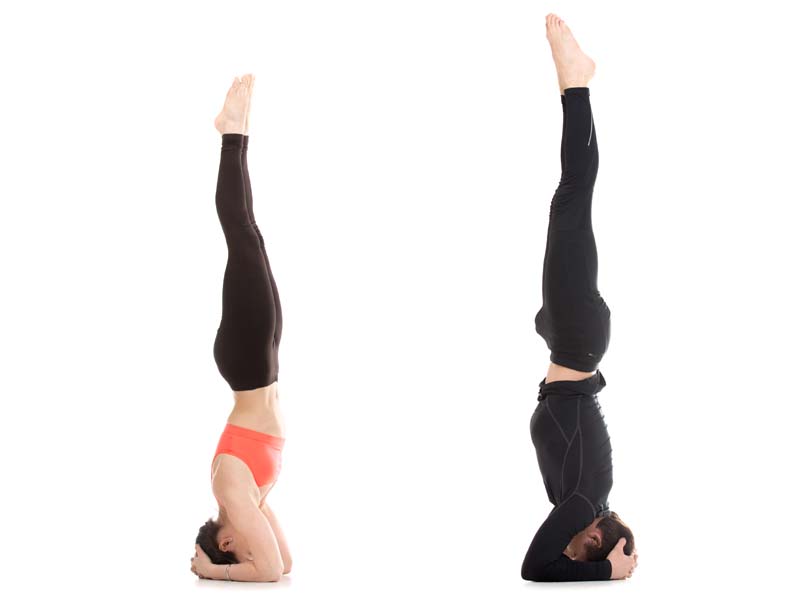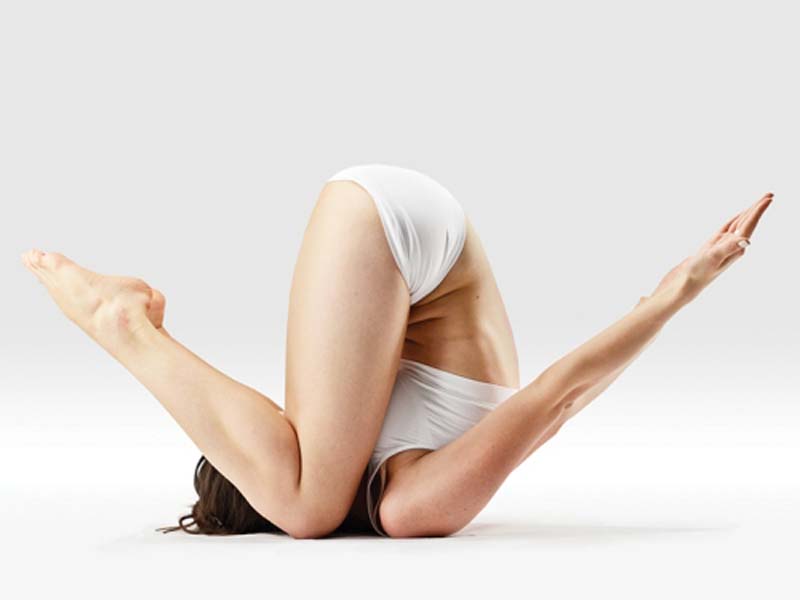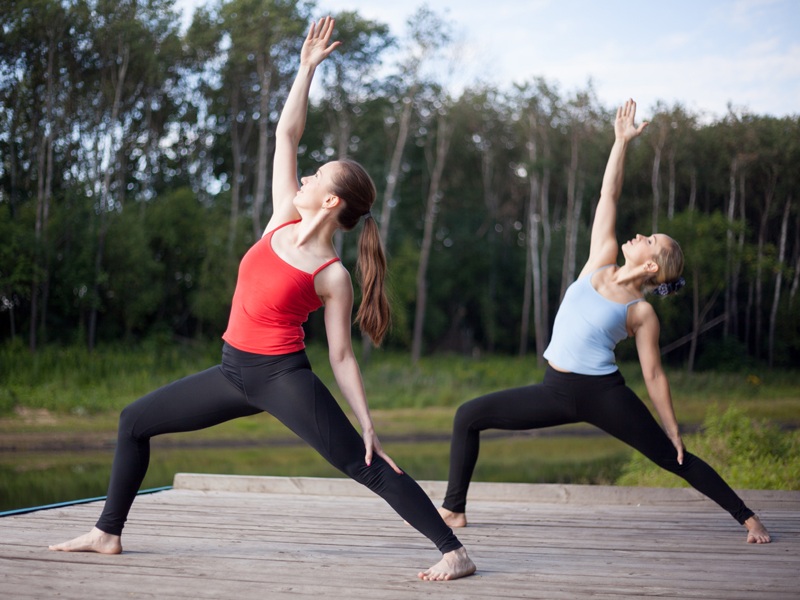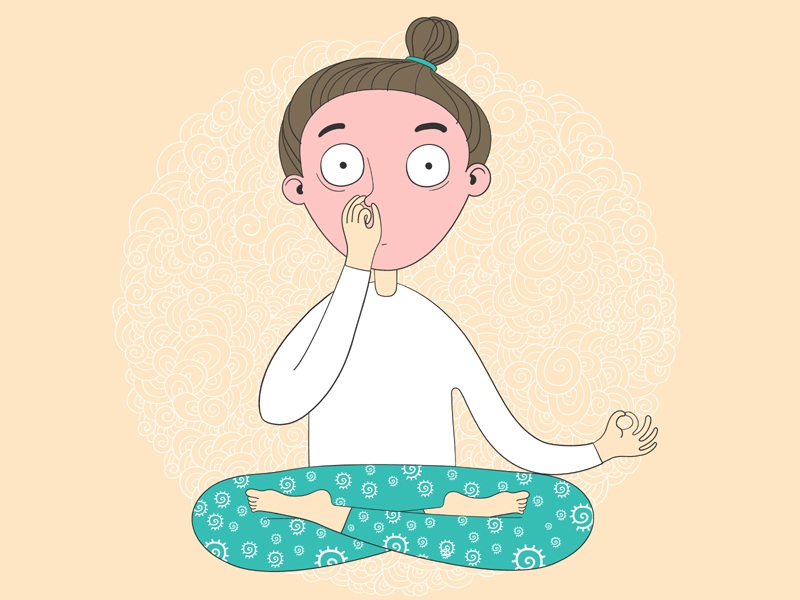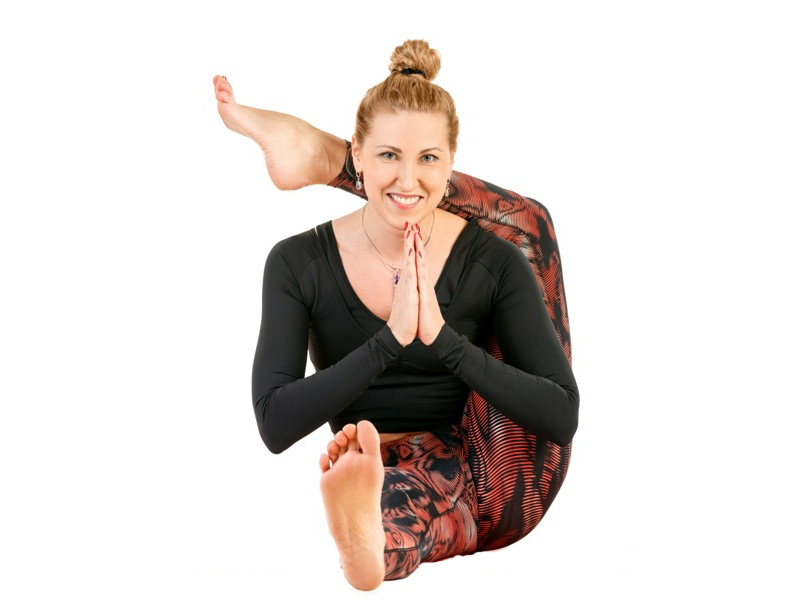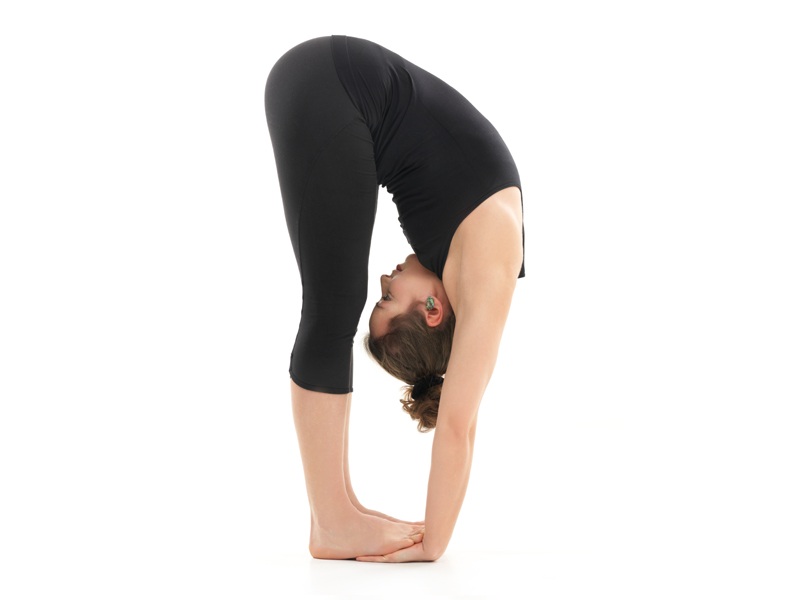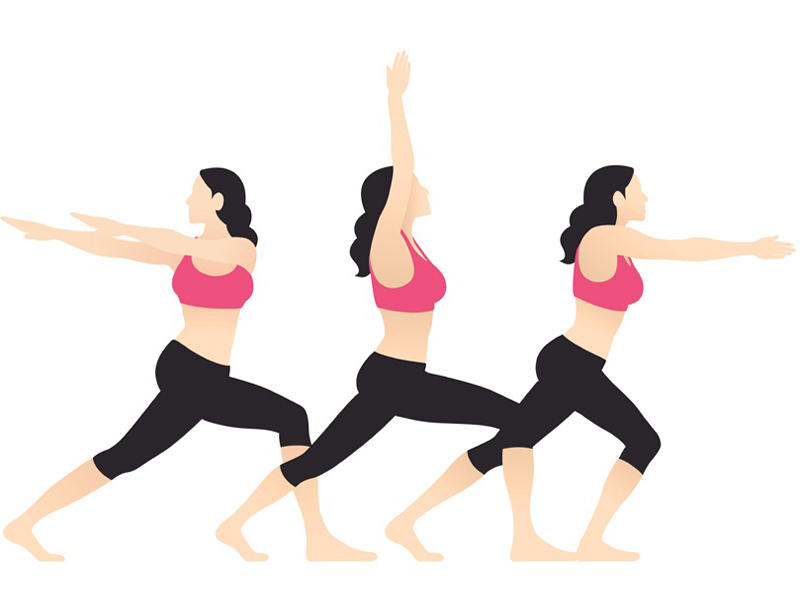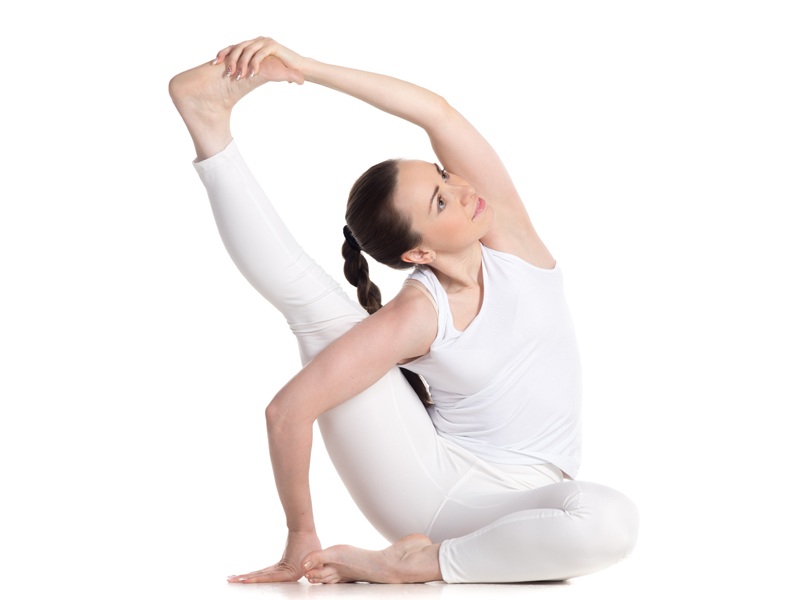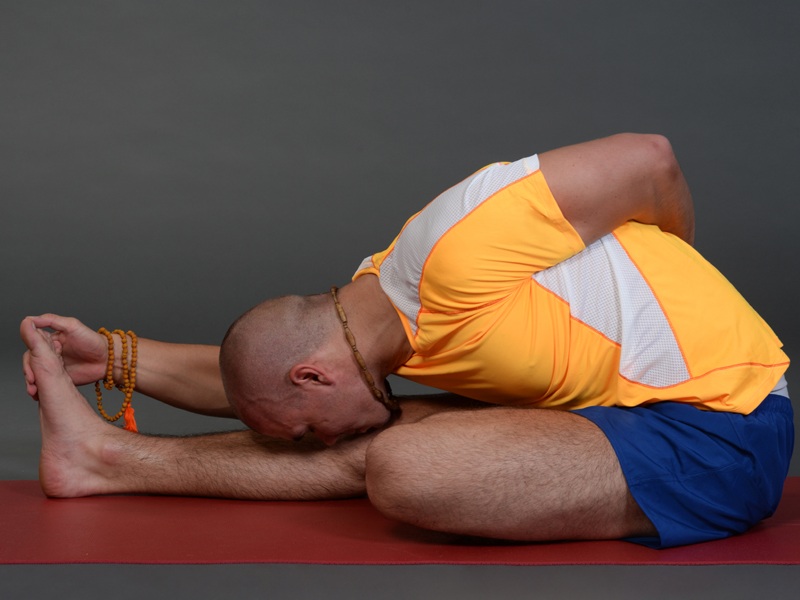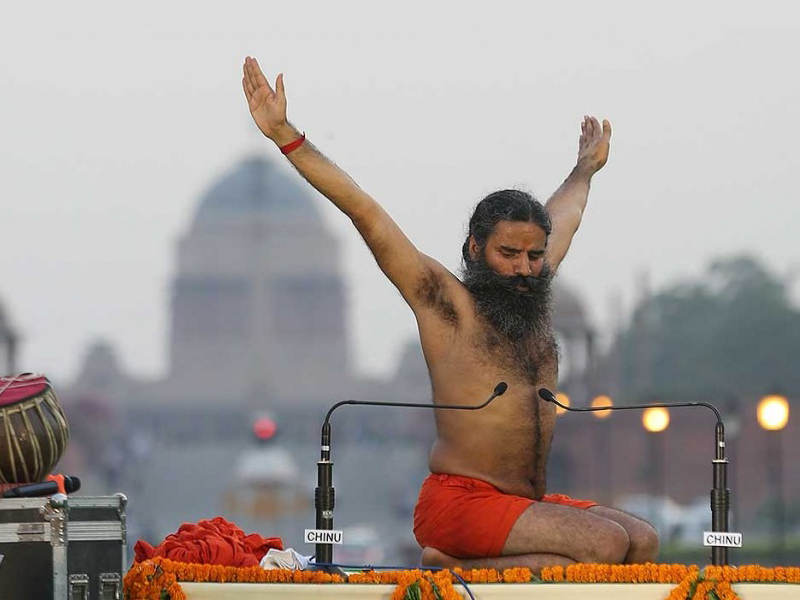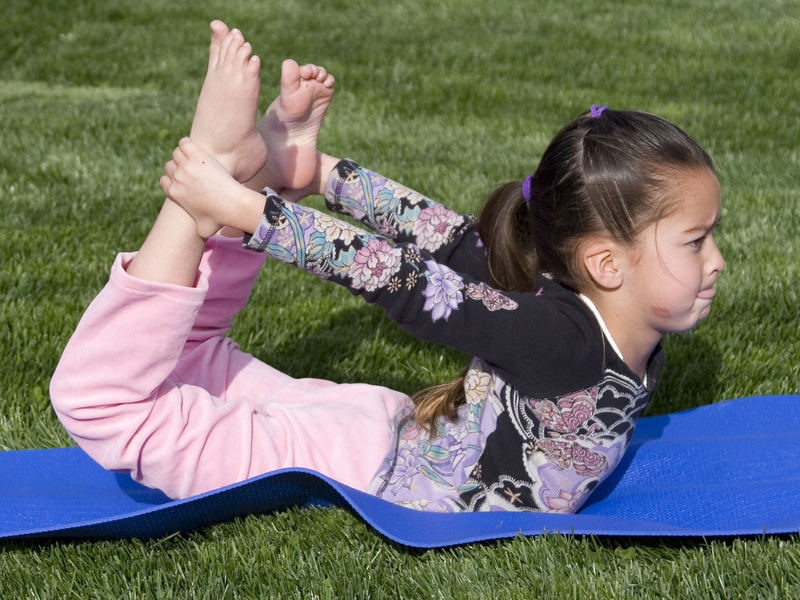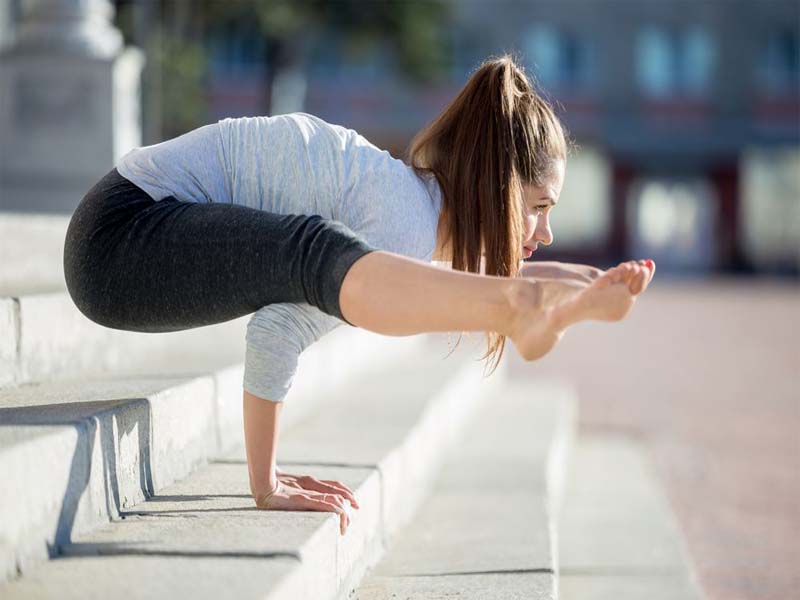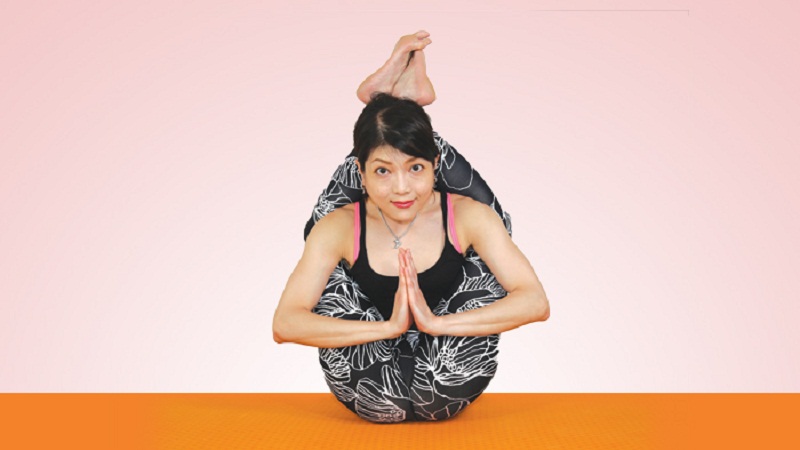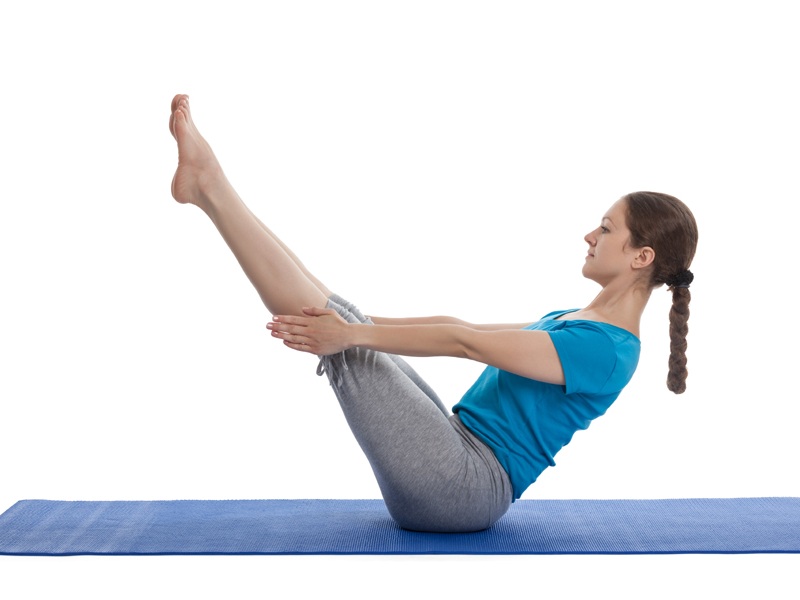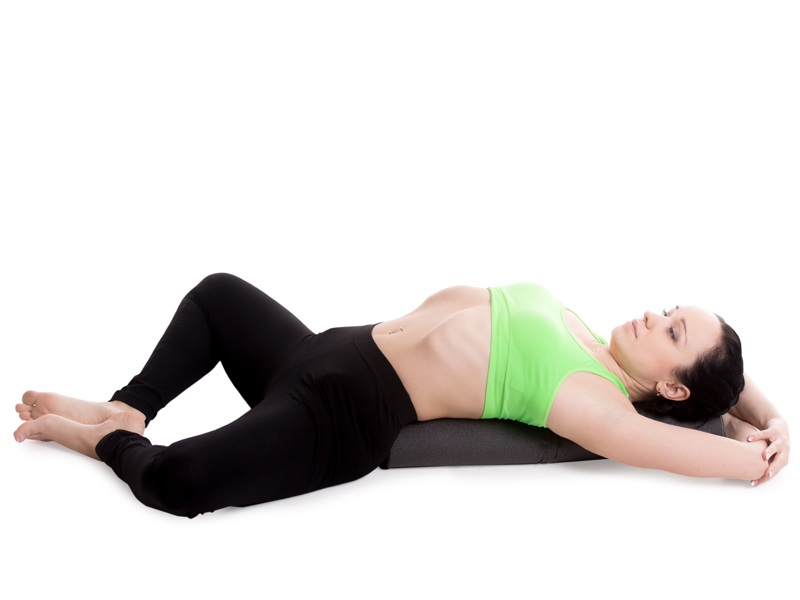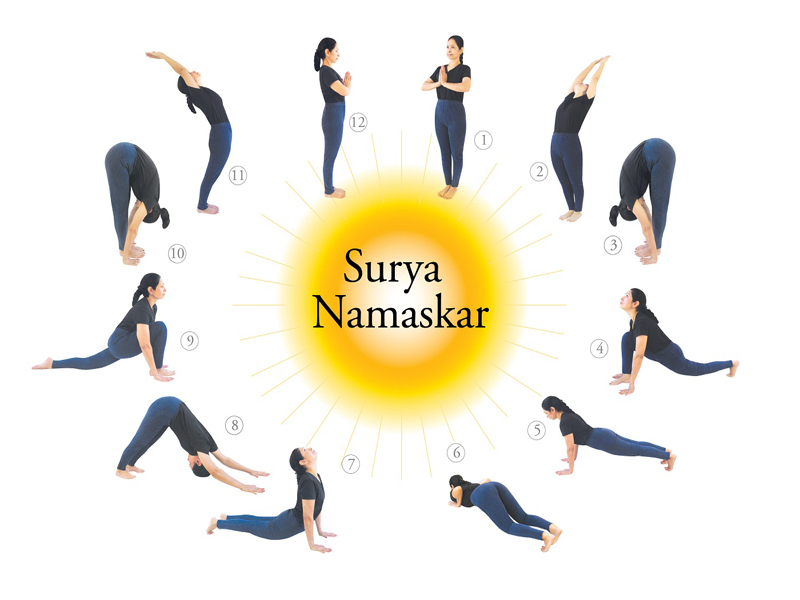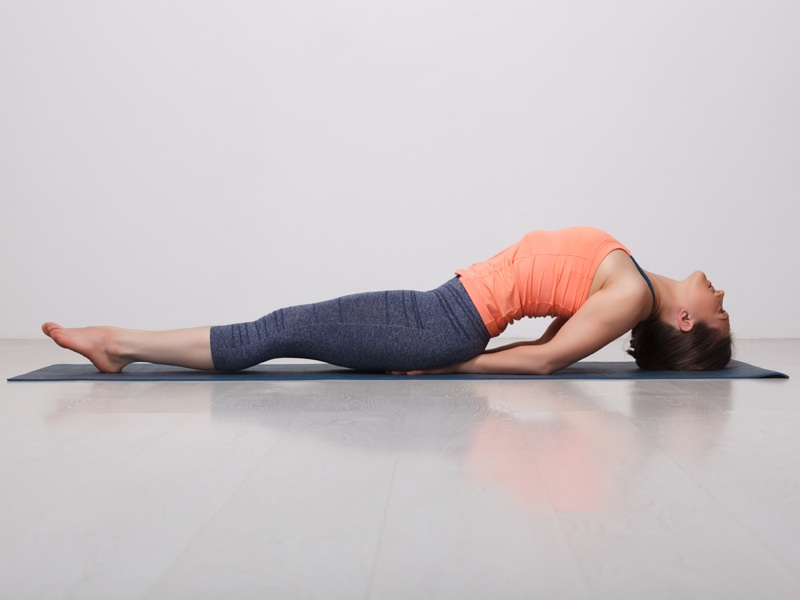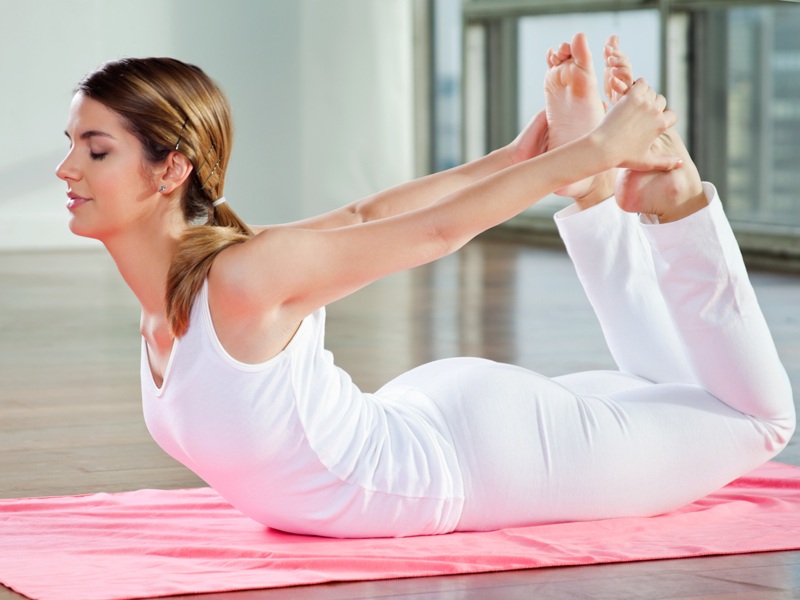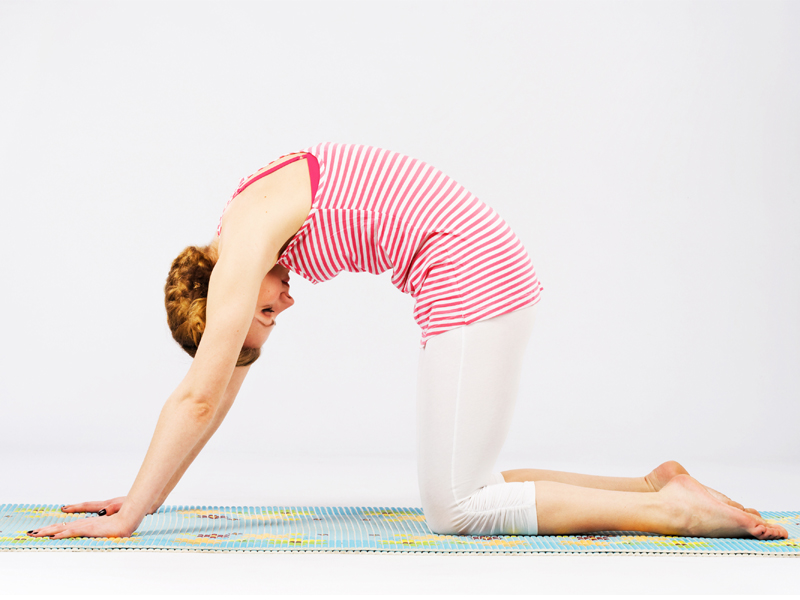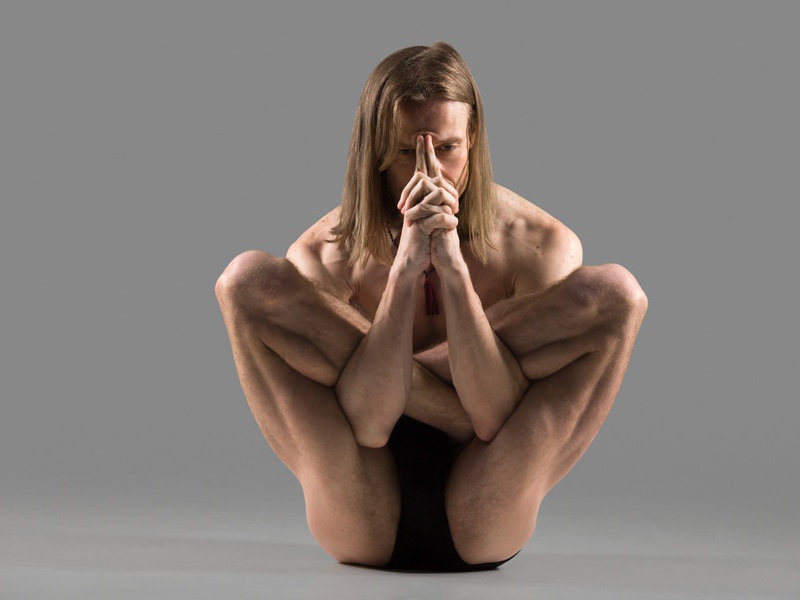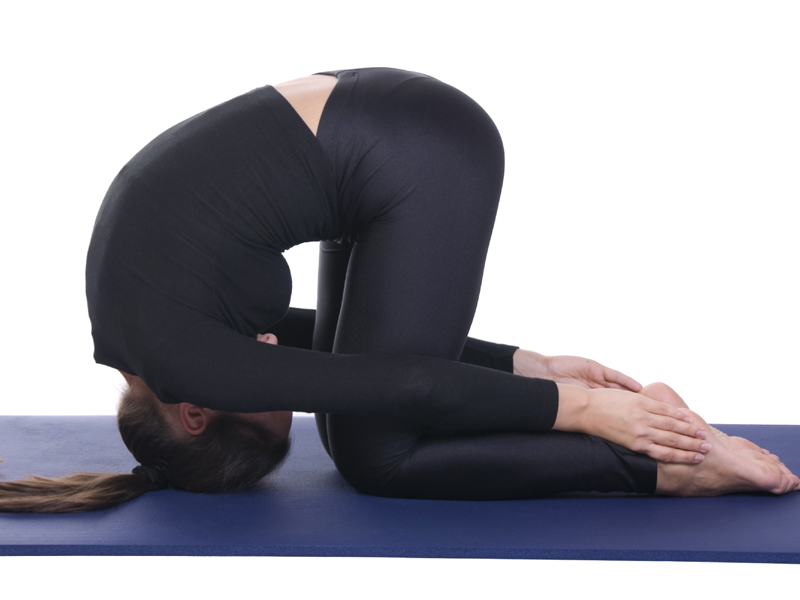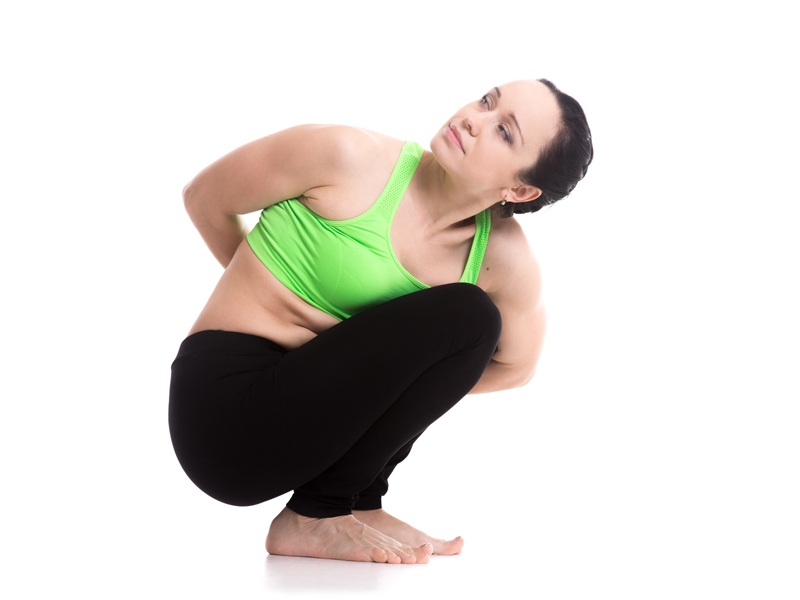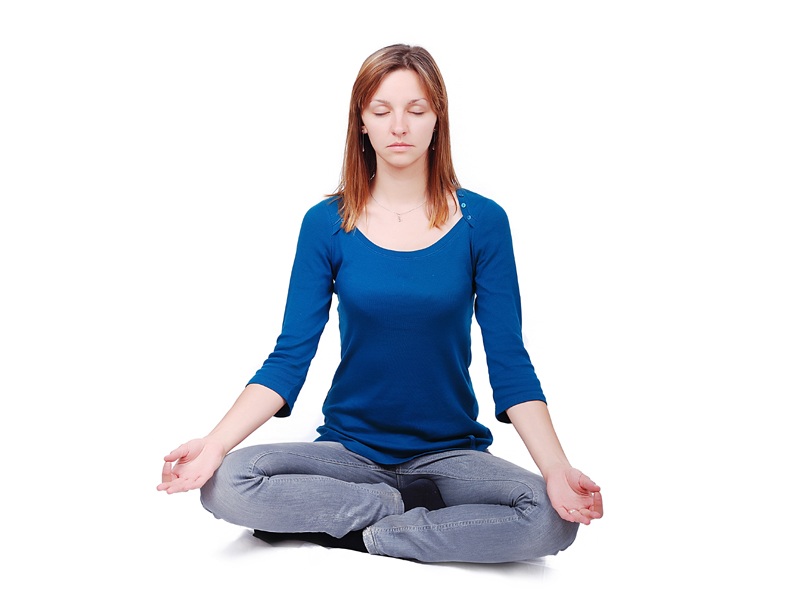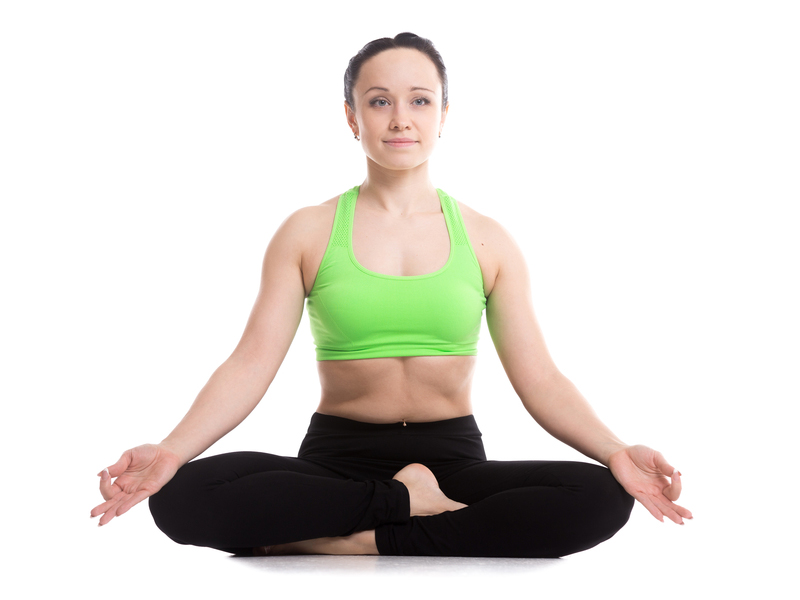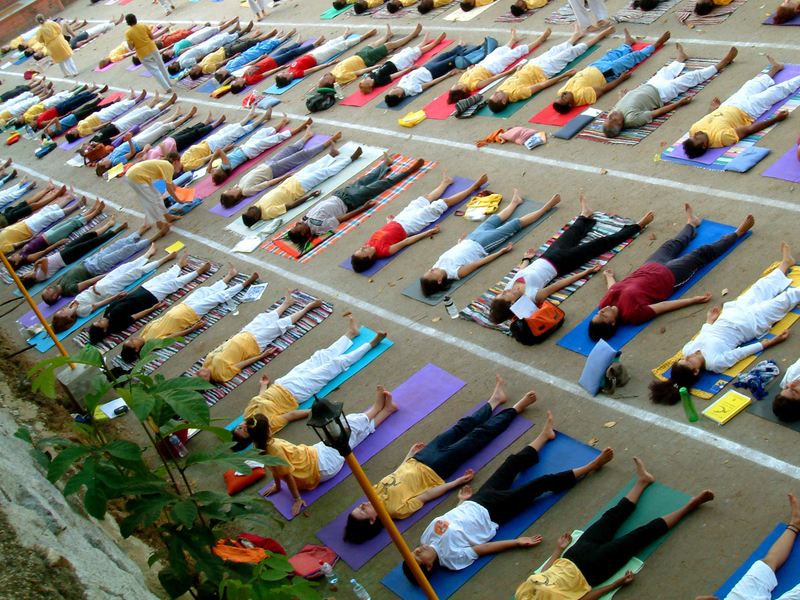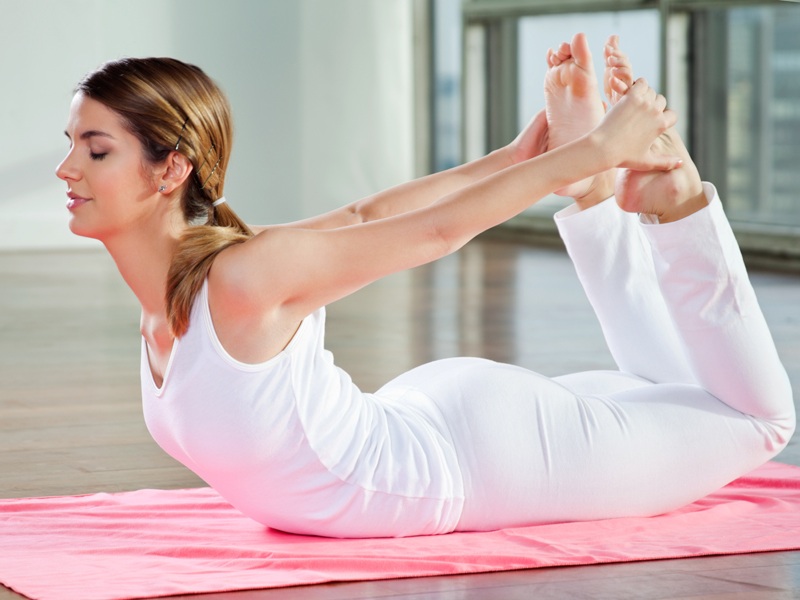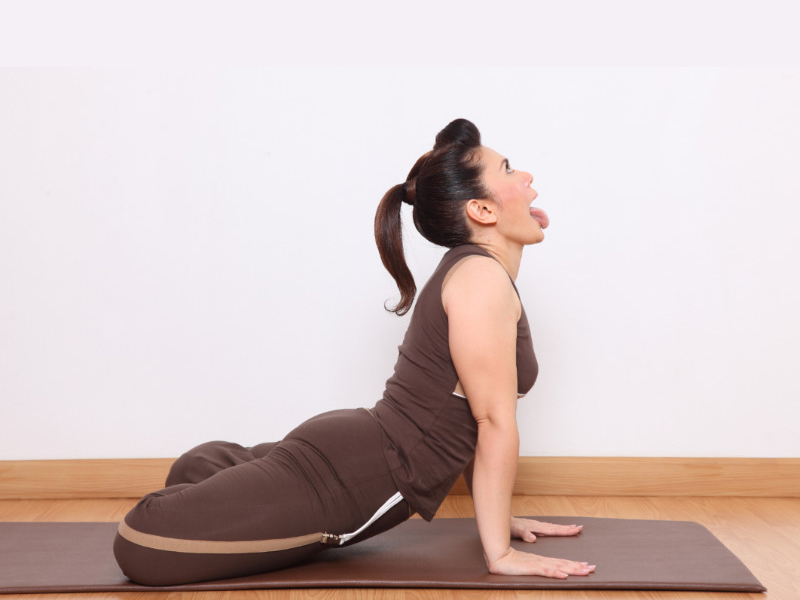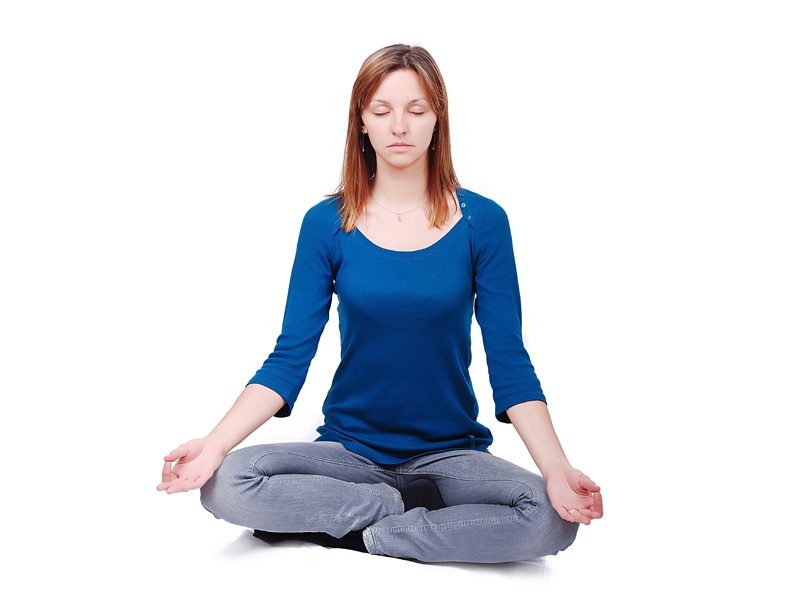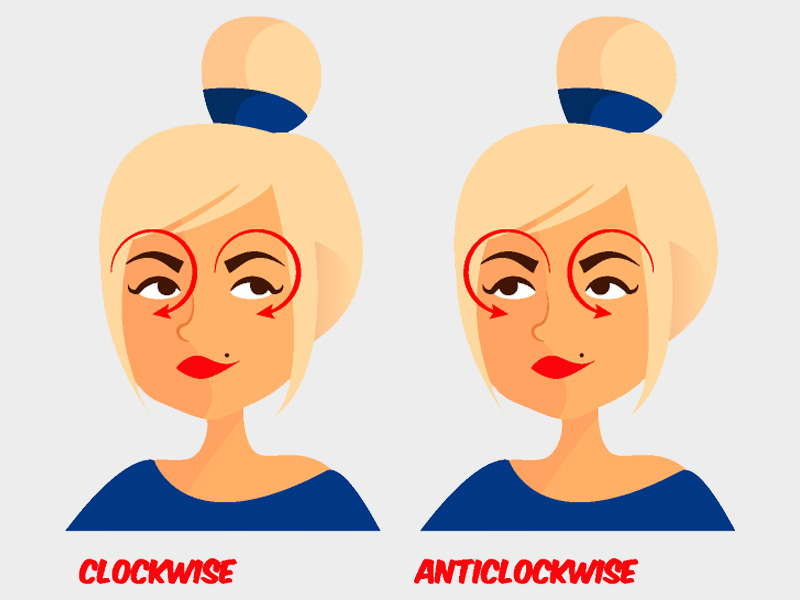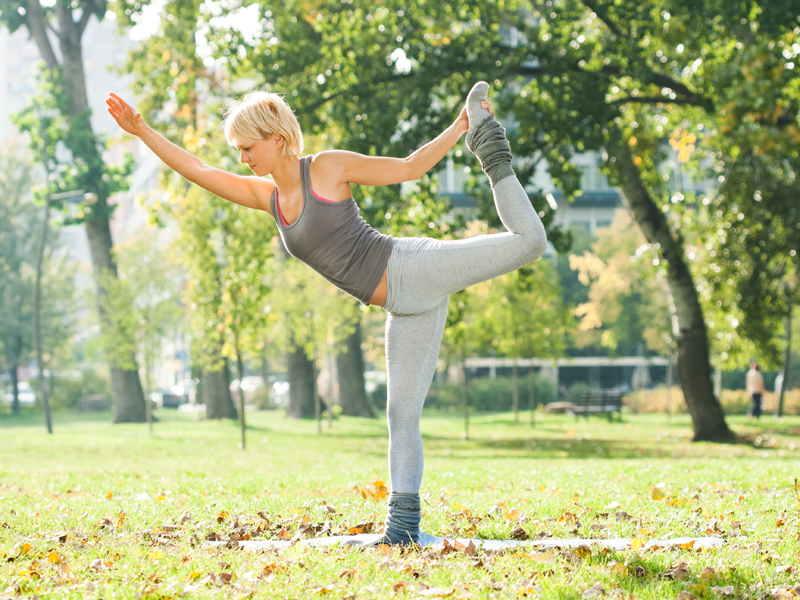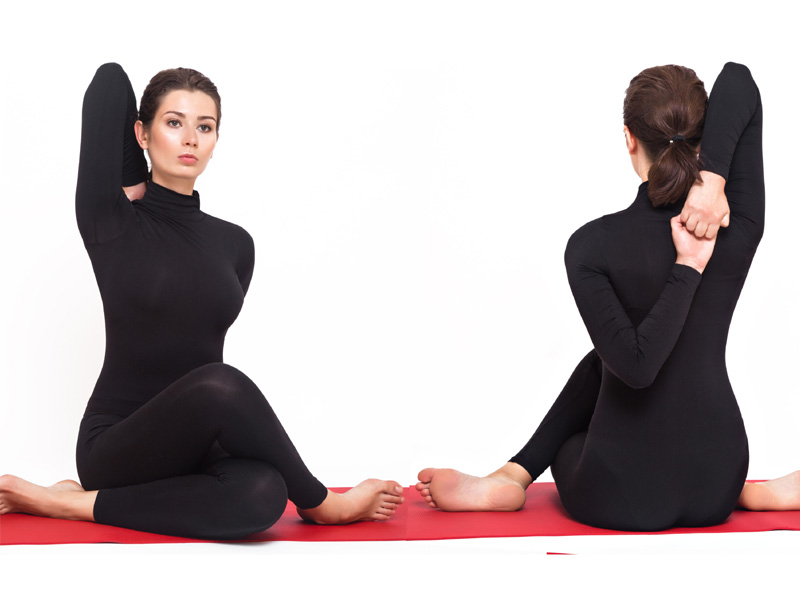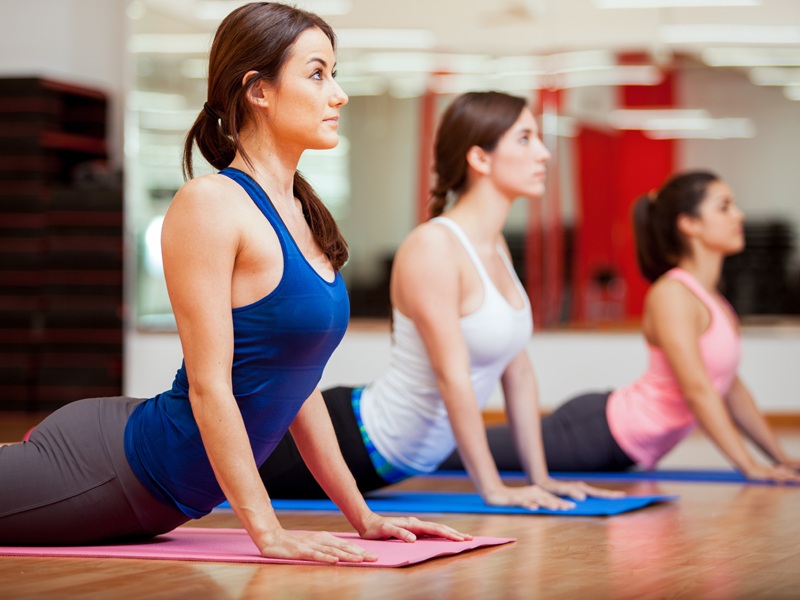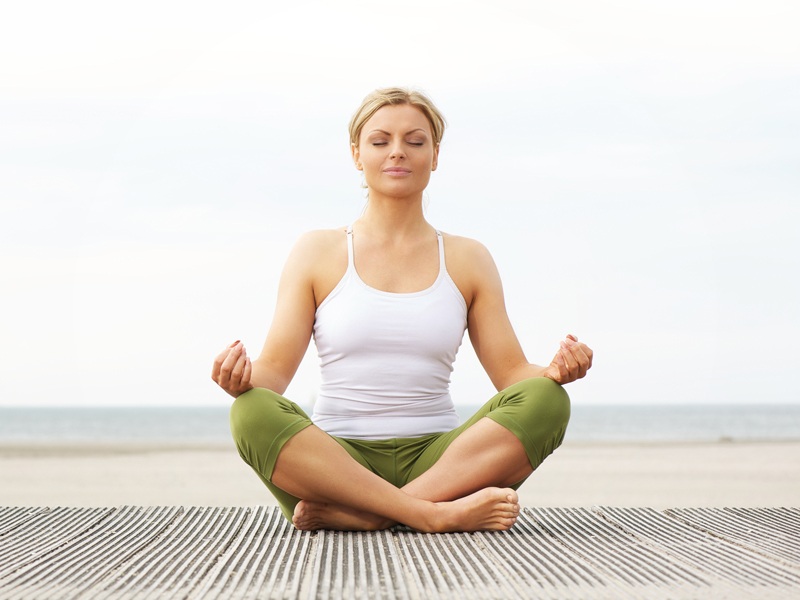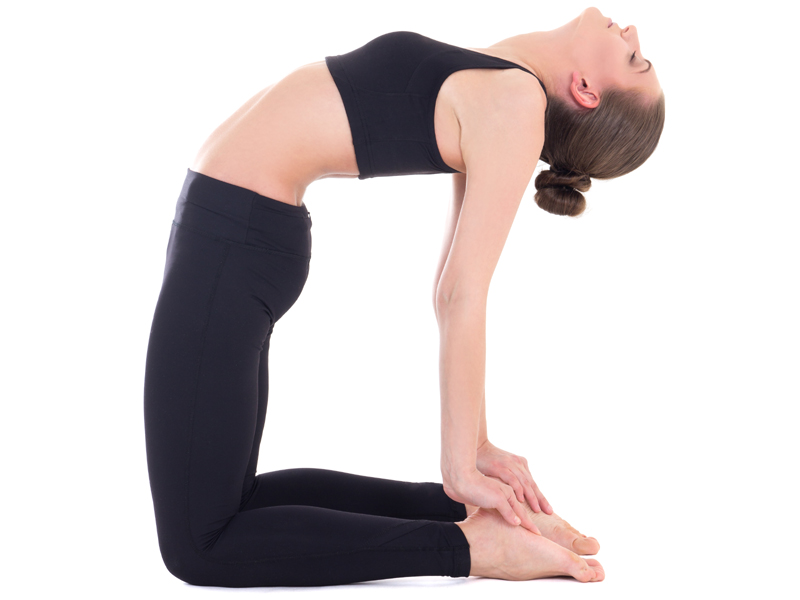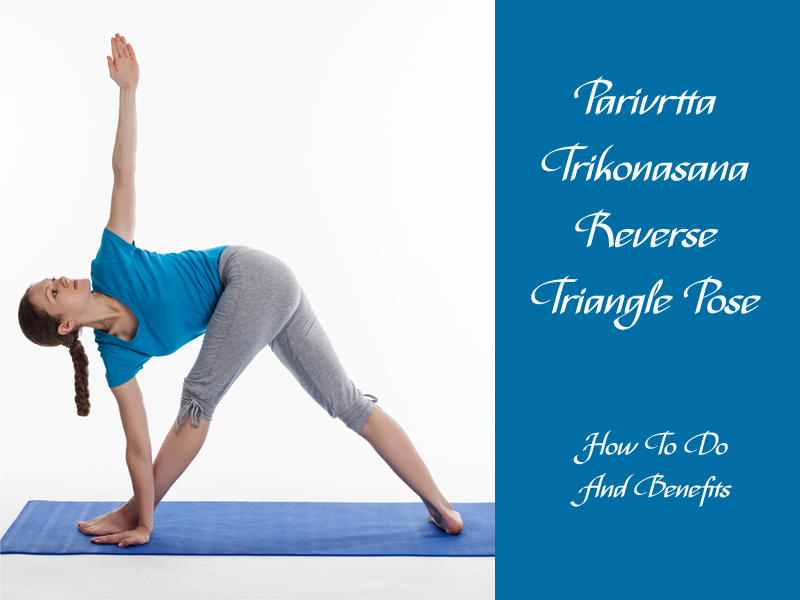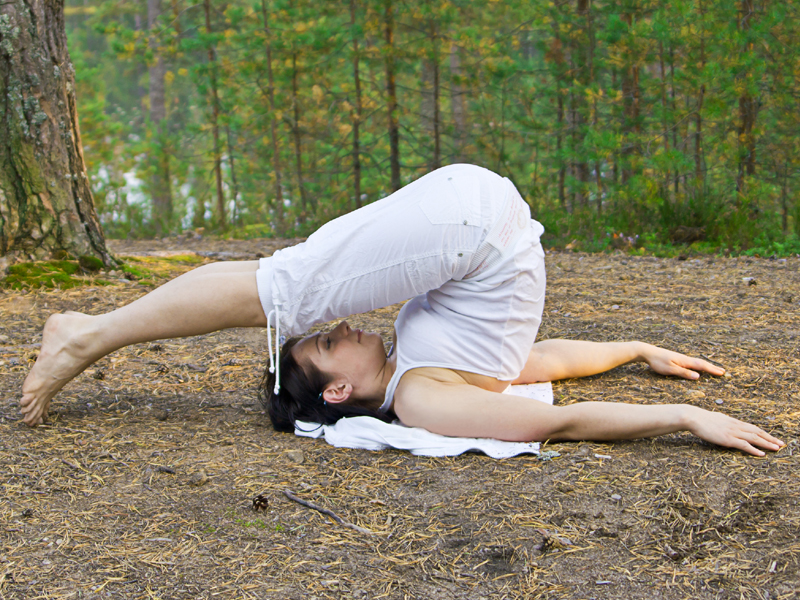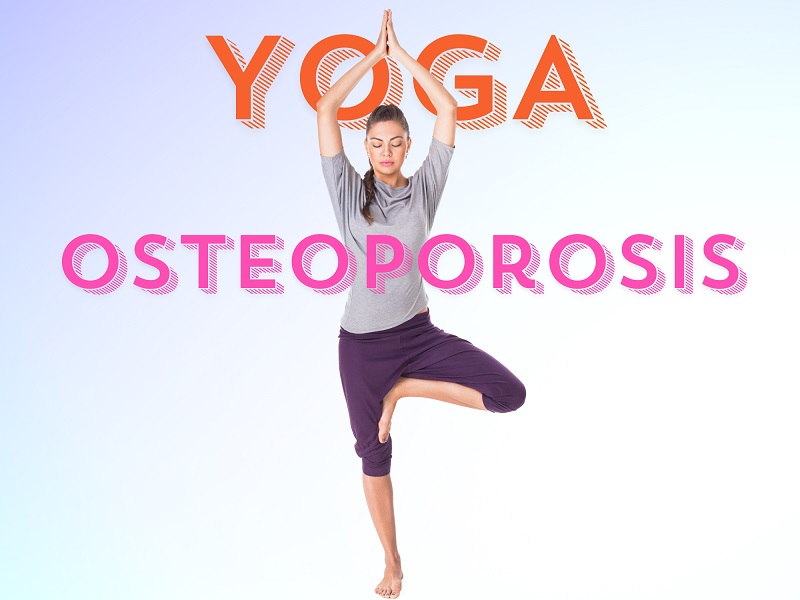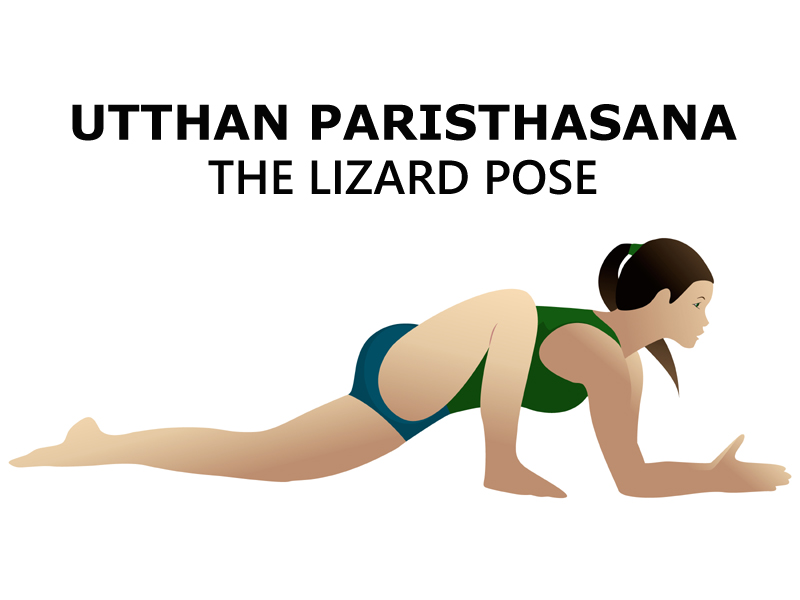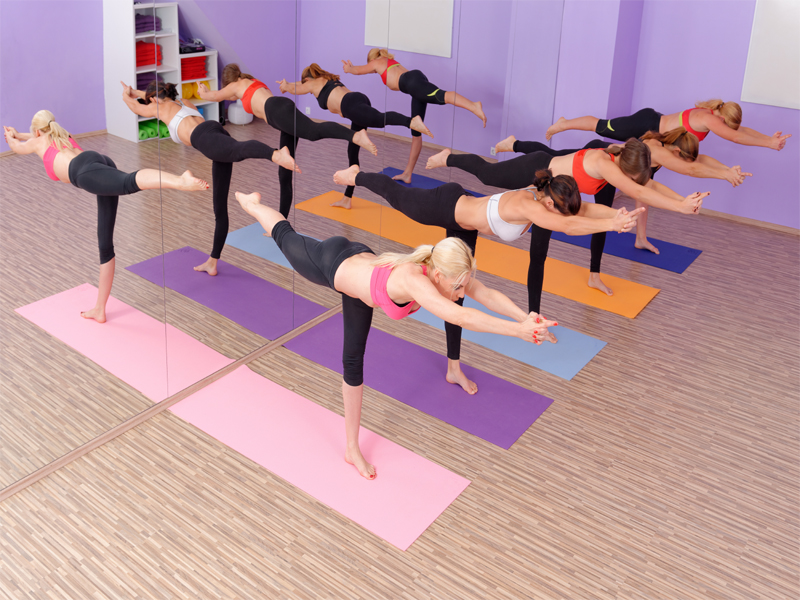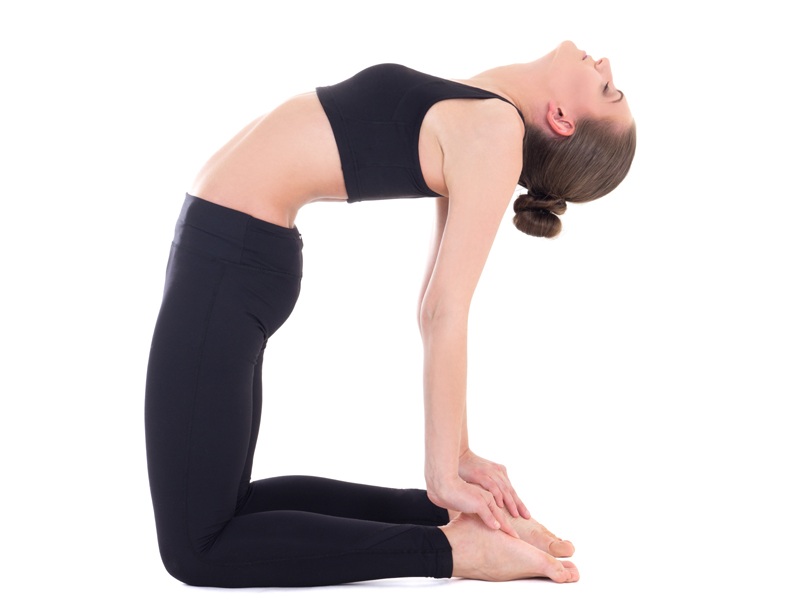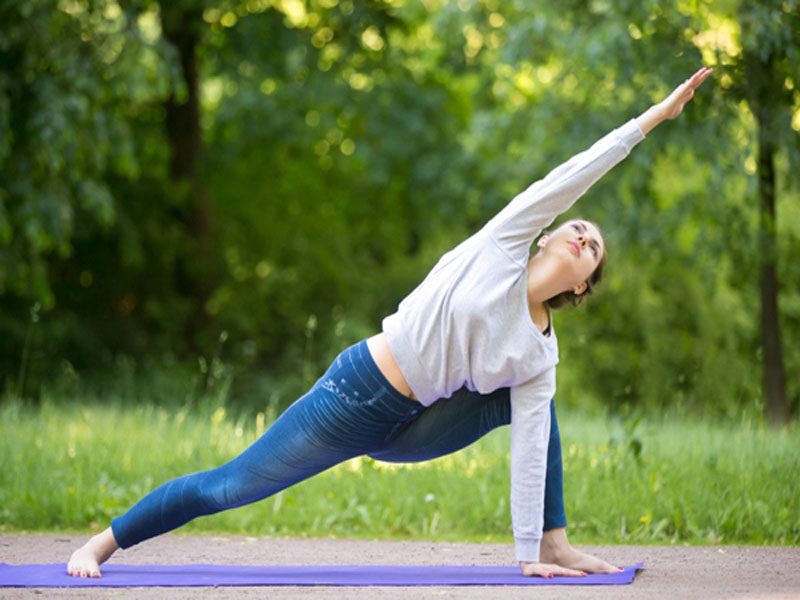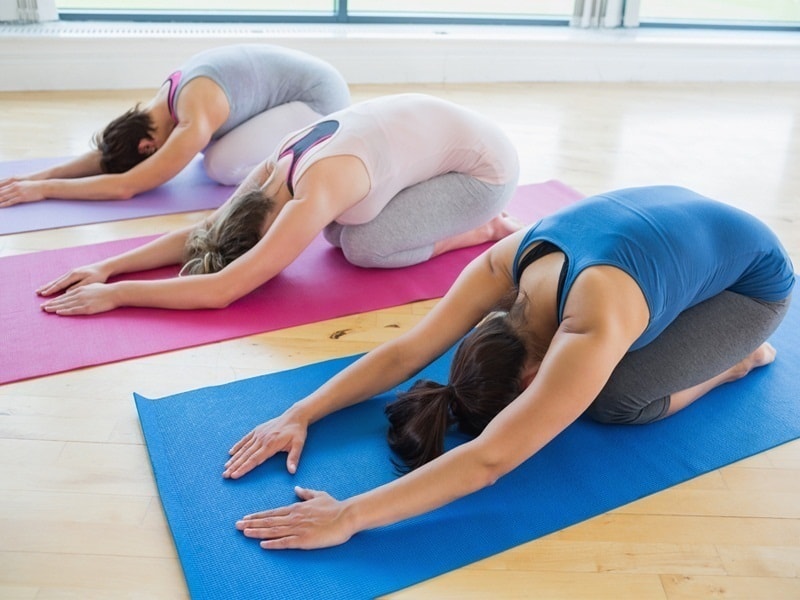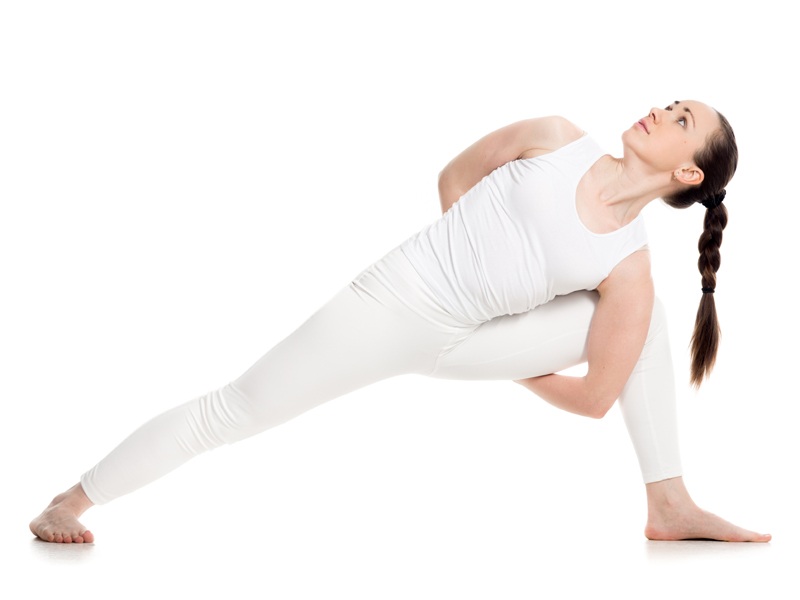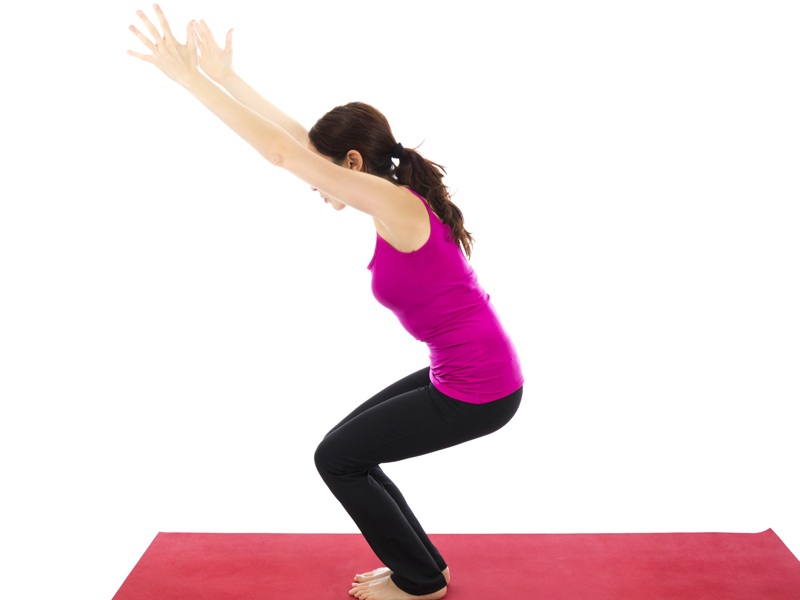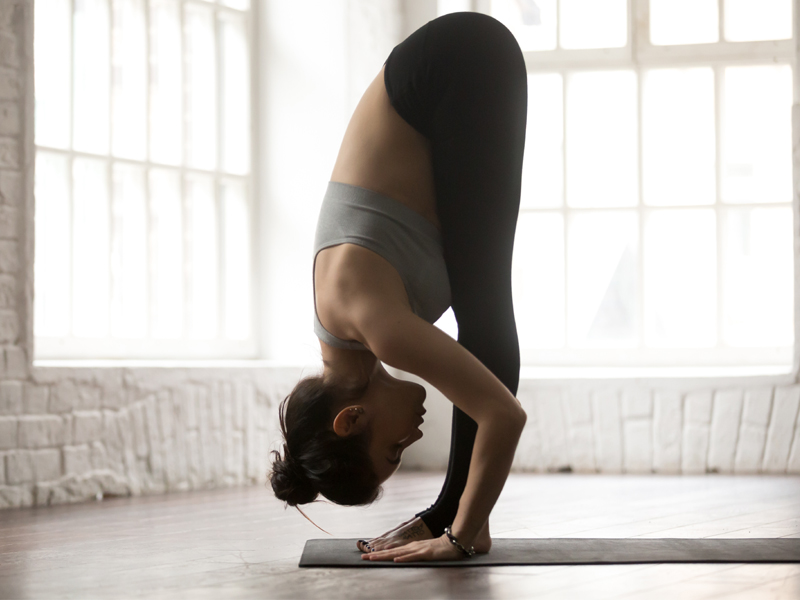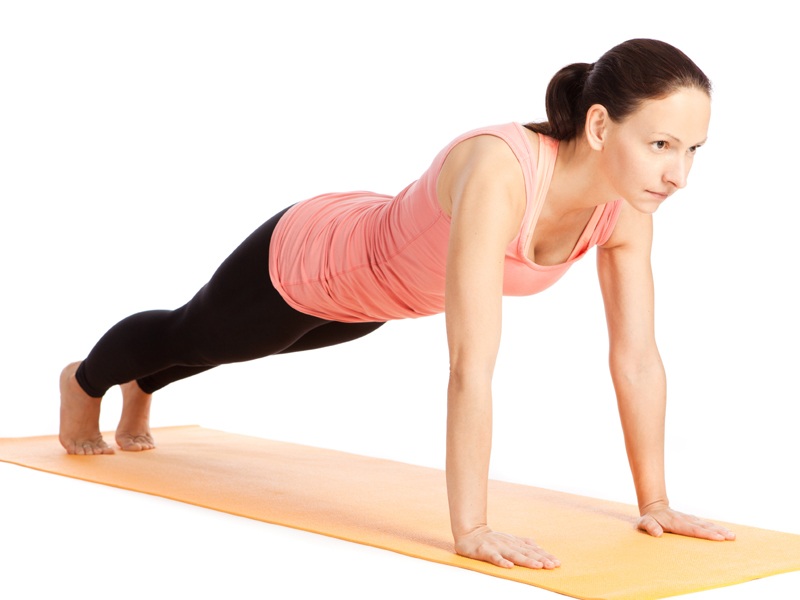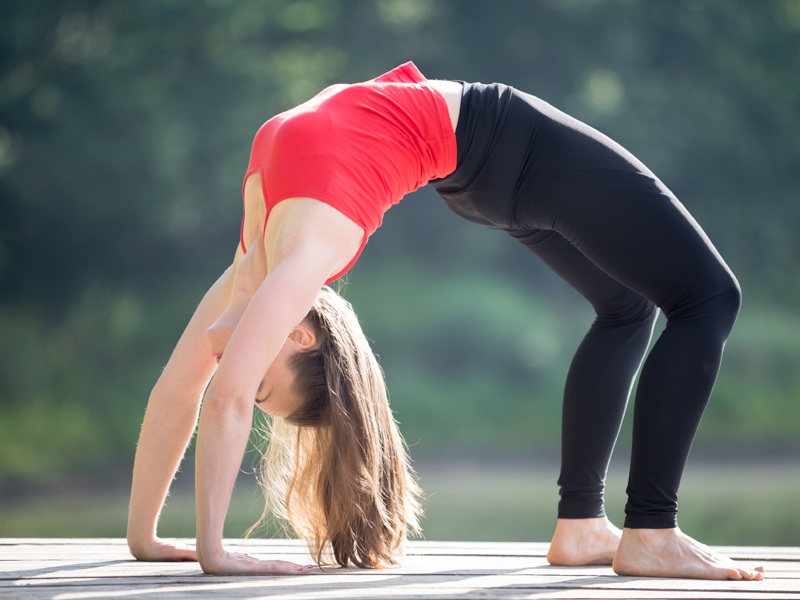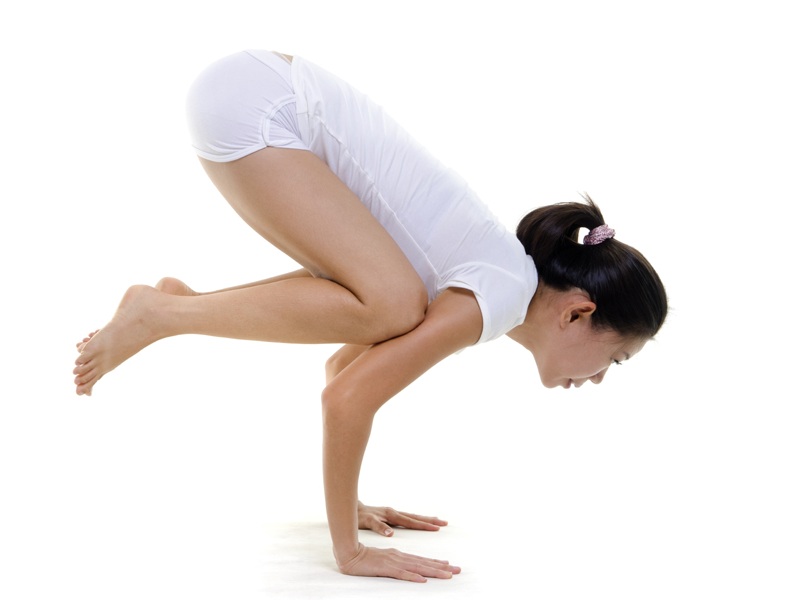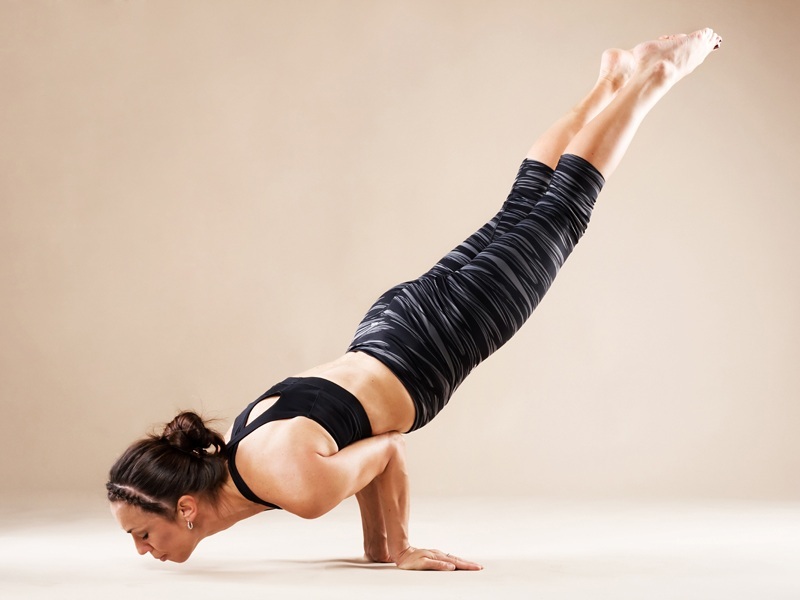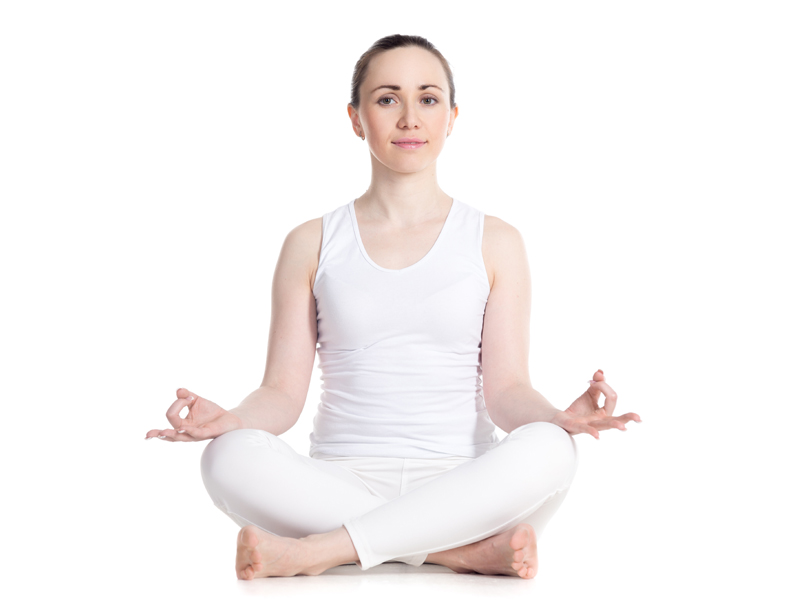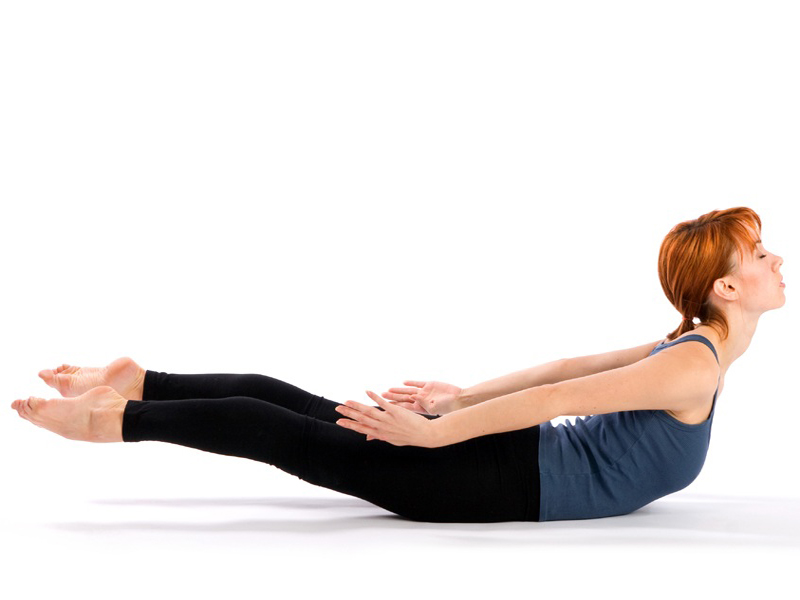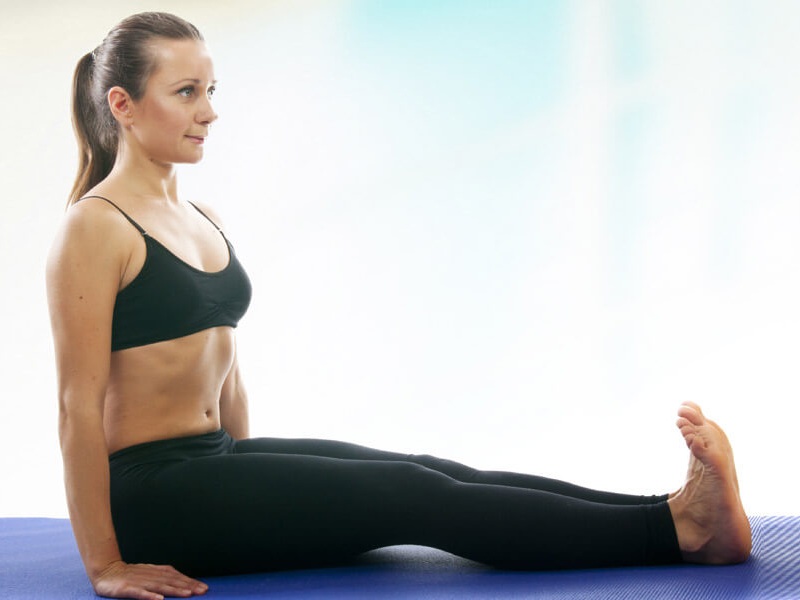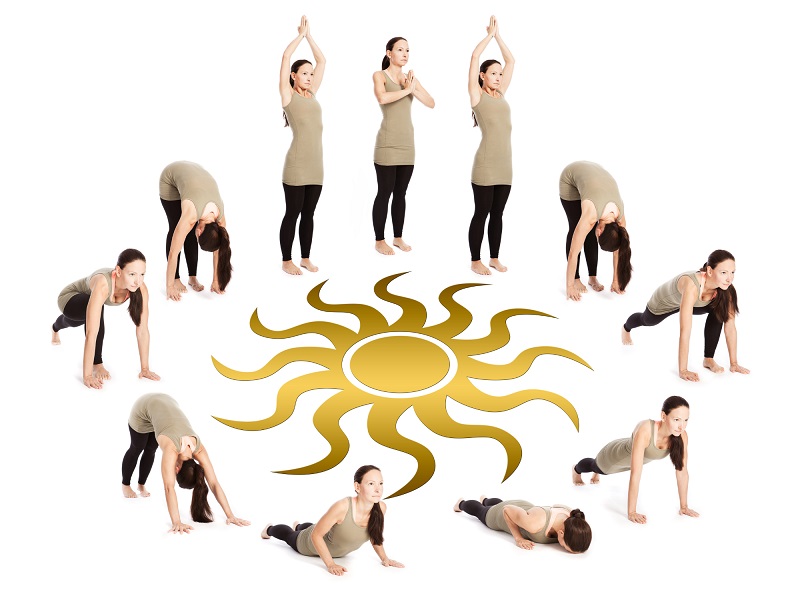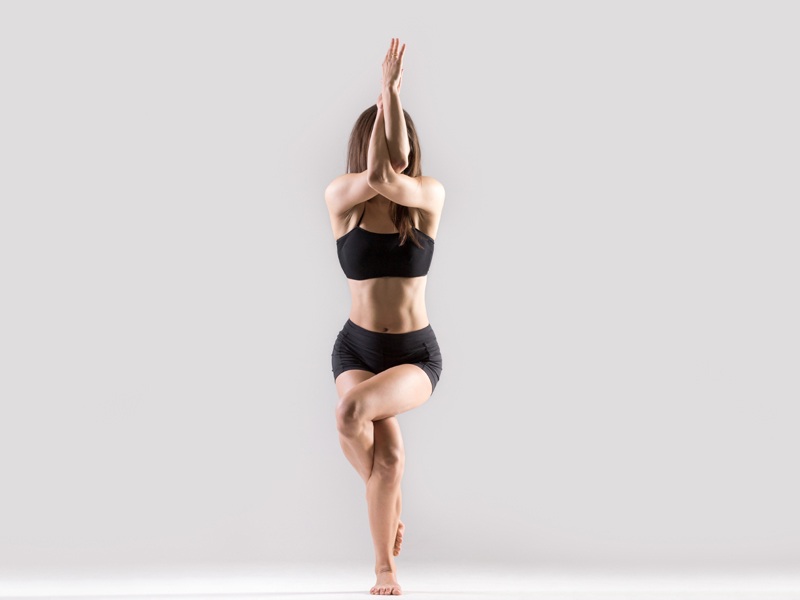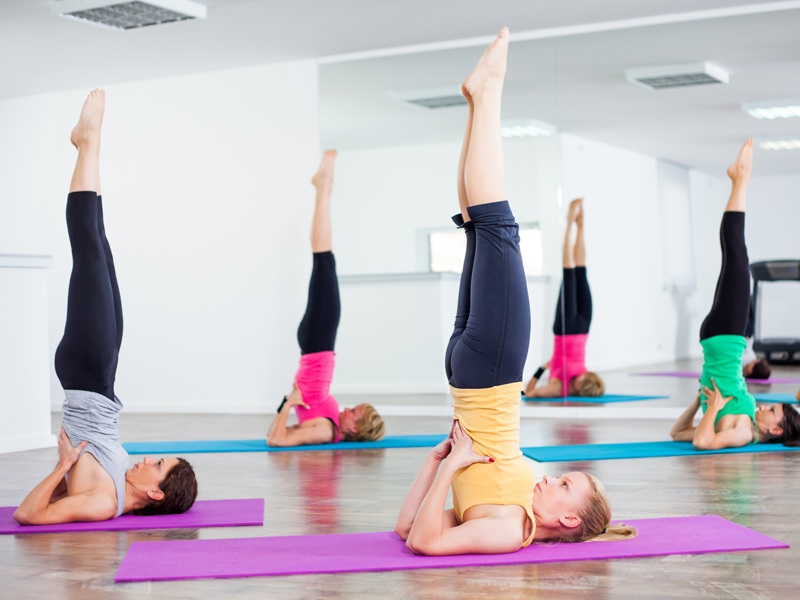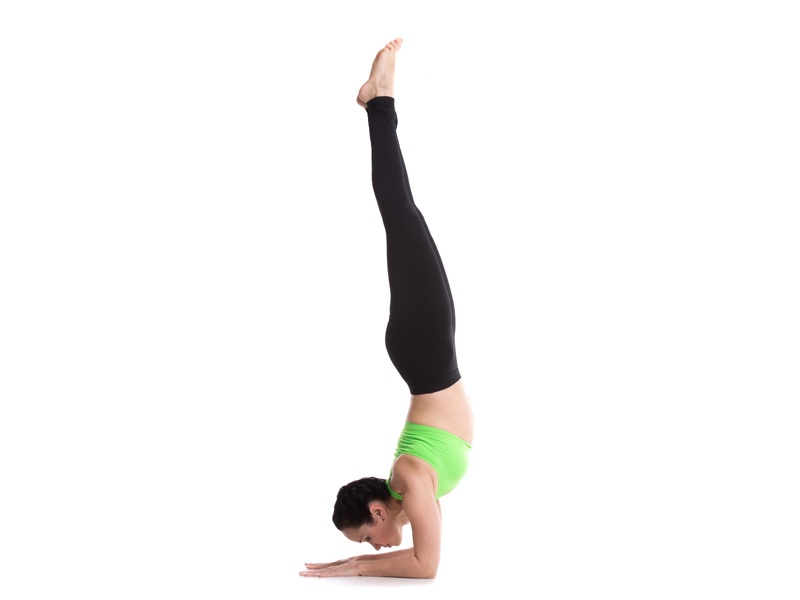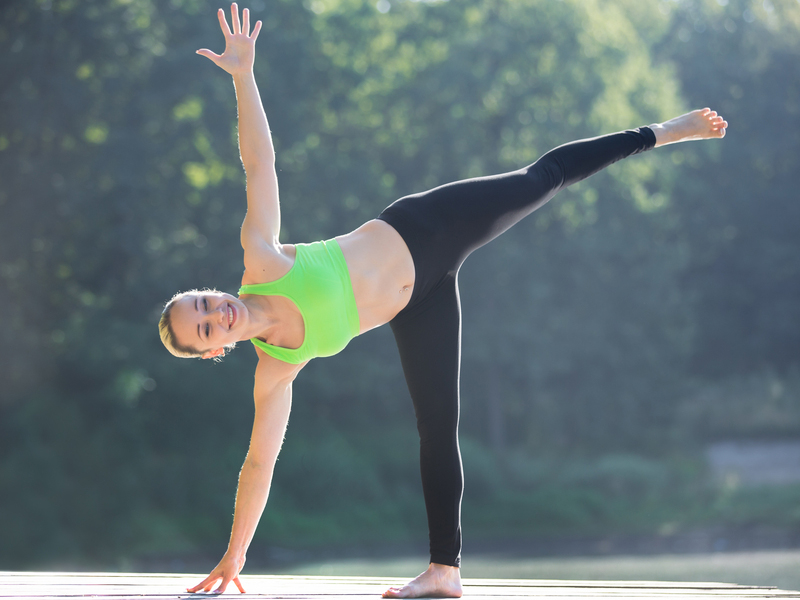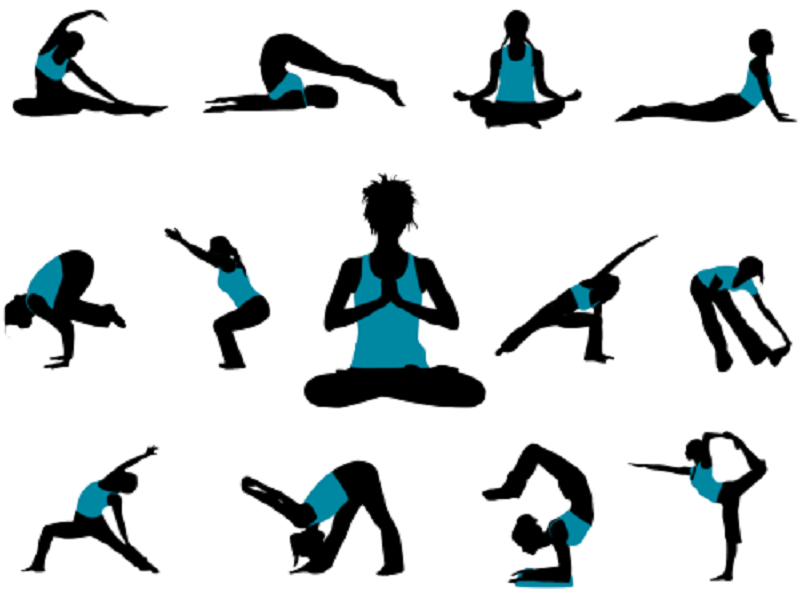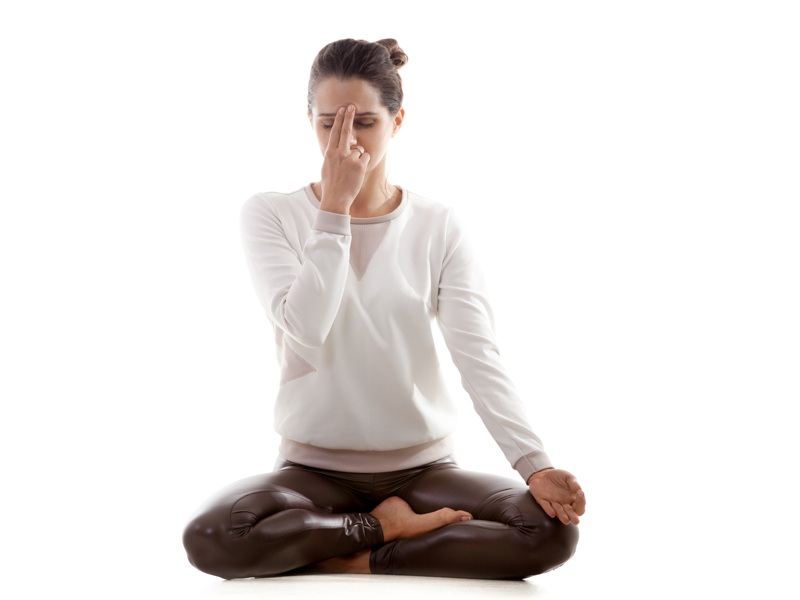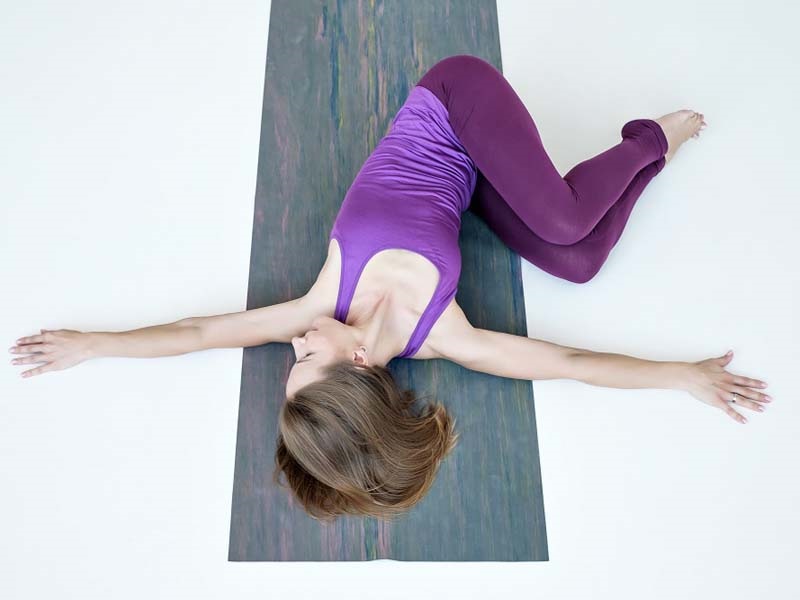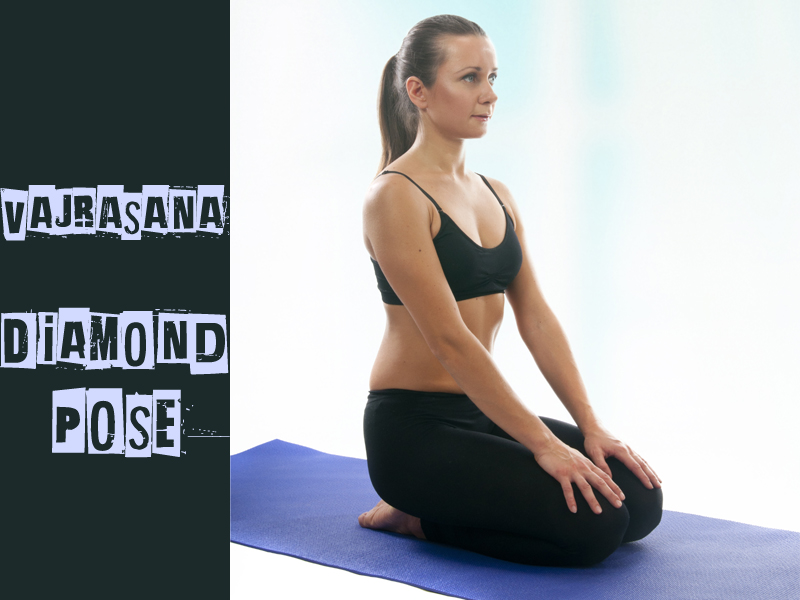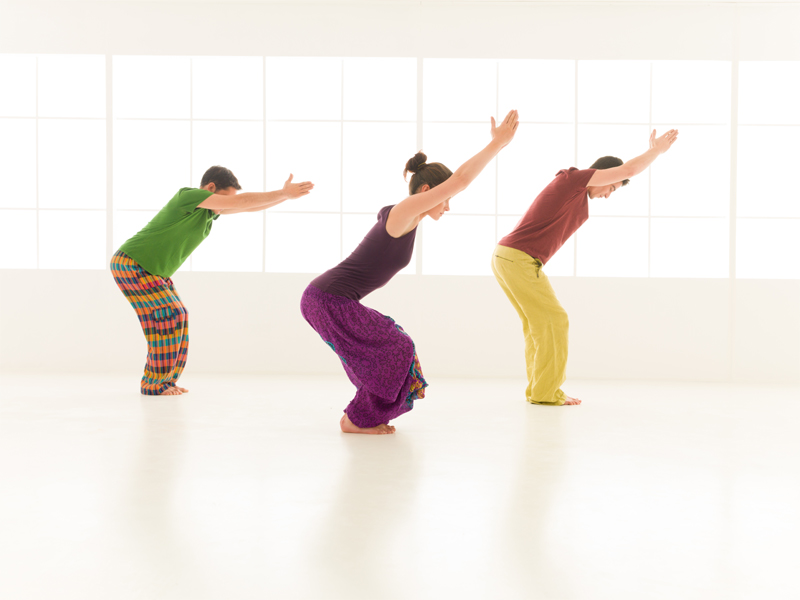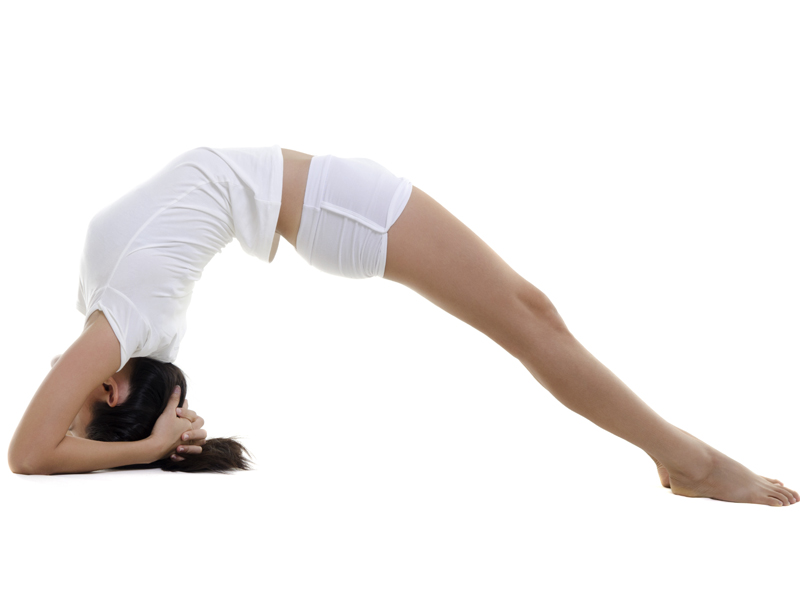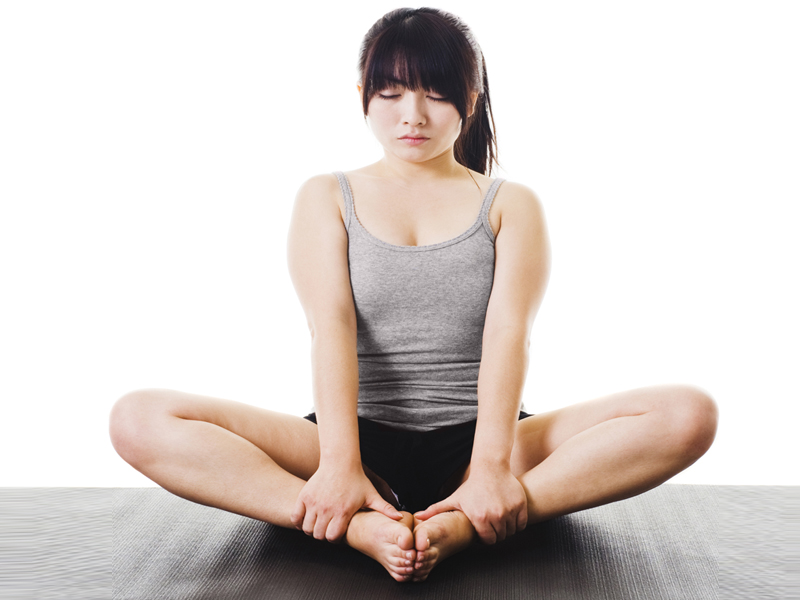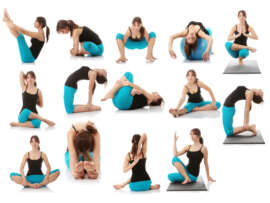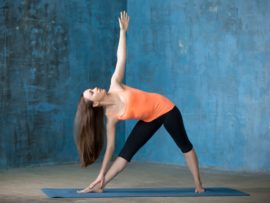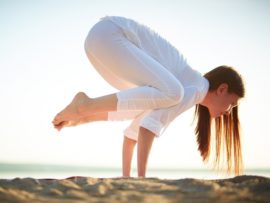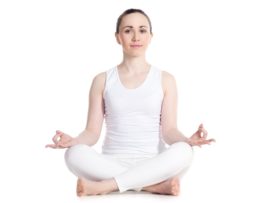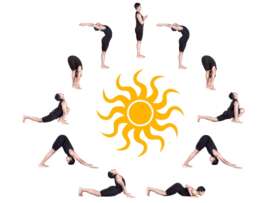Yoga and medicine have been closely related for ages. Yoga for Asthma has been proven to reduce the symptoms of the condition. Ayurveda is a specific branch of medicine from India historically proven to cure ailments. Yoga asanas for asthma is a restorative therapy that can help the healing process and rejuvenates the body and mind. Asthma is a condition that makes your airways narrow and swells up. The swelling leads to the build-up of mucus and makes breathing difficult. Yoga takes into account the oxygen supply to your vital organs and helps in boosting blood circulation. Yoga for asthma patients involves breathing exercises that crucially help asthma patients. And Yoga is an excellent way of treating asthma.
What is Asthma?
Asthma is the condition where the tissues in the nasal cavity swell up and block the airways. This results in the production of excess mucus and can cause breathing problems. Most asthma patients suffer from attacks now and then. The symptoms of asthma are simple and can go unnoticed, but asthma is controlled better when it is detected early. It is imperative to see your physician in case any of the following symptoms are observed.
Symptoms:
- Shortness of breath
- Chest pain
- Coughing, wheezing attacks
- Lack of sleep due to breathlessness
- Less stamina, trouble during exercising
Yoga asanas for asthma are perfect for treating asthma as it involves slower movements and channels the oxygen supply to help with breathlessness.
Yoga Therapy for Asthma:
The Yoga has ample benefits for the entire body, and asthma patients are highly benefitted from yoga. Let us discuss the nine asthma treatment by yoga for effective results.
1. Sukhasana / Easy Pose:
Sukhasana or the easy pose is a basic sitting down pose. It is prevalent in the Indian culture as people are accustomed to sitting down for meals and prayers. Sukhasana, as yoga breathing exercises for asthma, Allows the body to be comfortable and provide the body with enough oxygen. It is good for asthma patients, as it does not involve physical movements. The main aim of Sukhasana is controlling your breathing. It requires you to observe your respiration and alter it to provide benefits with diseases like asthma.
How to Do the Sukhasana :
- Sit straight on a yoga mat
- Keep your legs crossed.
- Make sure your spine is erect and the shoulders are rolled back.
- Place your arms on either knee
- Hold your index finger with your thumb with your palm facing upwards.
- Keep your vision focused and maintain a steady breathing cycle.
- Observe your breath. Alter the time taken to inhale and exhale, respectively.
- Hold this pose for 5 minutes.
- It is best to perform this pose early in the morning, every day.
2. Setu Badha Sarvangasana / Bridge Pose:
Yoga and Asthma have a co-relation as yoga mainly engages in restoring your vital functions such as respiration, digestion, etc. The bridge pose engages your lungs to open and provides ample oxygen supply. This helps in controlling and reducing the swelling in your nasal cavity and can have benefits for people who have asthma. Setu Badha Sarvangasana also helps in boosting metabolism.
How to Do the Setu Badha Sarvangasana:
- Lie down on the yoga mat with your arms by your sides.
- Bend your knees and rest your heels on the ground.
- Slowly lift yourself from the waist.
- Keep your arms firm on the ground for support
- Hold the pose for 3-4 minutes.
- Maintain control over your breathing cycle.
- Practice this every day for the best results with asthma.
- Consult your doctor before practising this yoga asana.
3. Ardha Matsyendrasana / Sitting Half Spinal Twist:
Ardha Matsyendrasana requires you to stretch your spine to its fullest capacity. This asthma yoga exercise engages the muscles in the back, along with stretching and contracting your lungs. Lungs need to be exercised, especially for asthma patients, to regulate proper breathing and to release the congestion caused by mucus. The half spinal twist is an excellent yoga treatment for asthma and should be practised only under the supervision and after consent from your doctor.
How to Do the Ardha Matsyendrasana:
- Sit straight on a yoga mat and with your legs in front of you.
- Fold your right leg to keep your foot near your pelvis.
- Take your left leg and put it over your right leg on the other side.
- Keep this foot flat on the ground.
- Shift your body frame to the left and place your right hand on the ground.
- Place your left elbow against your knee for a better stretch.
- Keep your vision focused and your breath steady.
- Hold this pose for 4-5 minutes and practice daily.
- Perform this yoga under supervision for the best results.
[See More: Best Yoga Poses For Sinus]
4. Upavistha Konasana / Seated Wide Angle Pose:
The seated wide-angle pose involves stretching the legs, also expanding the upper body. This results in the opening of the lungs and helps better access of oxygen to the nasal cavity. It is ideal to practise Upavistha Konasana every morning before meals for best results. Asthma patients with minor triggers can practice this daily, but in severe conditions, a doctor’s approval is essential before practising yoga therapy for asthma.
How to Do the Upavistha Konasana:
- Sit straight on a yoga mat and with your feet stretched out in front of you.
- Spread your legs slowly sideways.
- Stretch as far as you can and bend forward.
- Place your palms in front with fingers separated.
- Maintain a steady breathing cycle and keep your vision focused.
- This asana helps in the workout of the upper body.
- Hold the pose for 3-4 minutes.
- Practice daily for best results.
5. Dhanurasana / Bow Pose:
Dhanurasana is known as the Bow pose because it looks like a bow when performed. The Dhanurasana stretches your upper body and provides your lungs with immense oxygen flow, which helps asthma patients. People who do not have this condition can practice Dhanurasana and use Yoga to Prevent Asthma. Dhanurasana has other benefits like boosting the immune system, strengthening the spine, increasing stamina, regulating blood flow, etc. Practice Dhanurasana for asthma every day for effective results.
How to Do the Dhanurasana :
- Lie down flat on a yoga mat on your stomach.
- Lift your legs behind, keeping your toes upwards and bend your knees.
- Hold your feet with both arms and lift yourself.
- Arch your back and keep looking straight.
- Hold this pose for 4 minutes.
- Keep your gaze focused on maintaining balance and composure.
- Rest on your abdomen and try to lift your chest higher.
- Practice this pose under supervision only to avoid injuries.
6. Purvottanasana / Upward Plank Pose:
The upward plank pose is an advanced level yoga pose that can help in treating asthma. Purvottanasana engages your lungs and other tissues in the nasal cavity. Involving the organs in the affected areas and treating them is one of the most important advantages of yoga. Breathing exercises are a part of yoga to prevent asthma and can help in regulating your respiratory system. Practising Purvottanasanaas Ramdev yoga for asthma under supervision can help boost your healing process.
How to Do the Purvottanasana :
- Lie down on your back with arms near your head.
- Slowly lift yourself and stretch your legs with toes pointing outward.
- Place all your weight on your hands.
- Lean your head back to open up the airways in the lungs.
- Hold this pose for 3 minutes under supervision.
- Slowly rest your back on the ground and take a minute to recover.
- Practice daily for best results with asthma.
[Read: Yoga Poses For Thyroid Treatment]
7. Kapalbhaati Pranayama:
Pranayama is an extensive branch of yoga that deals with breathing exercises and techniques. Pranayam for asthma includes the meditation aspect of yoga, which deals with concentration and mindfulness. Pranayama for asthma has several benefits. People with severe asthma can practice it as it does not deal with any physical movements. Pranayama is best for asthma patients as it alters and regulates the functioning of the respiratory system.
How to Do the Kapalbhaati:
- Sit on the yoga mat straight with your legs crossed.
- Place both your arms on either knee and keep your spine erect.
- Close your eyes now and inhale slowly to the count of four seconds.
- While exhaling, assert force on to the breath, so it gets pushed.
- Observe the contraction of the abdomen while exhaling.
- Keep repeating the process. Inhale slowly, exhale with force and pull your stomach in.
- This exercise is beneficial to reduce blockages in the nasal cavities.
- Practice this daily for 10 minutes for accelerated benefits.
8. Anulom Vilom Pranayama:
Another type of Best Pranayama for Asthma is the Anulom Vilom. This technique involves the use of a single nostril for inhalation and exhalation. The two nostrils are used alternately for the intake and outtake of oxygen. Anulom Vilom for asthma is a boon in disguise as it can be practised by people of all ages. Yoga for asthma baba Ramdev has several other benefits like improving your digestion and boosting your immune system. Practising Anulom Vilom every day can have multiple benefits to the body and can help with asthma.
How to Do the Anulom Vilom:
- Sit comfortably and keep your spine erect.
- Hold your right nostril with your right thumb.
- Inhale through your left nostril.
- Close your left nostril with your ring finger.
- Exhale from your right nostril.
- Inhale through the same nostril and cover it.
- Exhale through left. Repeat the rotation 10 times every day.
- For best results, practice Anulom Vilom every day in the morning.
9. Shavasana / Corpse Pose:
Shavasana or the corpse pose is exercised at the end of a yoga workout. It involves lying down on your back like a corpse. This best yoga for asthma is a finisher for the routine that helps you achieve relaxation in your mind and body. Asthma patients can benefit from Shavasana as it opens up your respiratory tract after the workout and allows your body to recover and get back to a normal breathing cycle. Shavasana can Practise at any time of the day. Shavasana has other benefits like it improves your mental health and can provide aid during anxiety attacks.
How to Do the Shavasana:
- Lie down on your back and with your arms by the side at a distance.
- Keep a shoulder-width distance between your feet.
- Keep your eyes closed to focus on your breathing cycle.
- Hold this pose for 10 minutes to complete your workout.
- Try to relax and observe your breathing patterns.
- Practice daily after the workout to gain the benefits of yoga and to rejuvenate the mind.
Yoga has multiple benefits to the physiological and mental health of the human body. Asthma Treatment by Baba Ramdev Yoga has wholesome effects on the body. The severity of asthma must be examined by a doctor before you start performing Yoga Asanas for Asthma. This guide tries to shed light on the Best Yoga for Asthma and provides instructions on how to perform it. If you liked this article, tell us in the comments below and let us know how best it worked for you.
Disclaimer:
Do not do any kind of self-treatment for asthma at your discretion. It is always important to seek expert opinion and advice for any medical condition. While whatever yoga treatment mentioned in this guide is generally accepted for better health and living, it is always important and necessary to make sure and to take expert advice from your medical practitioner before you undertake any techniques or cure for the disease.
Frequently Asked Questions And Answers:
Q1. Can Yoga Cure Asthma?
Ans: Yoga is a restorative therapy that works wonders on several diseases. Asthma can be of varying severity. If your asthma is detected in the early stages, yoga and breathing exercises can help regulate the functioning of your respiratory tract. Asthma causes nasal blockages and excessive production of mucus. Pranayama and yoga can heal asthma by providing oxygen supply to the affected organs. If your asthma is of a severe degree, yoga can help in controlling the symptoms and help in relieving the pain caused by coughing or wheezing. Yoga needs to practise regularly to achieve benefits.
Q2. What Are The Causes Of Asthma?
Ans: Asthma is a condition where the airways in your nasal cavity swell and produce excess mucus. It leads to suffocation, breathlessness, coughing, and wheezing. Asthma can cause due to various reasons. Some of the causes of asthma are:
- Airborne substances, dust, pollution.
- Respiratory infections such as flu or the common cold
- Physical activity.
- Stress.
- Prolonged illness.
- Cold air.
Some asthma can be exercise-induced, and the other is due to allergies. Observing the symptoms and getting diagnosed by your healthcare practitioner is the first step in treating asthma.
Q3. How Do I Know If I Have Asthma?
Ans: Observing symptoms of asthma is the first step in deducing if you are suffering from the condition. The various symptoms of asthma include feeling short of breath, congestion in the nasal area fits of cough, etc. Analyzing these symptoms and visiting your doctor is the basic step in diagnosing asthma. Get yourself checked by your physician to know the severity of your condition. Asthma can be treated by medication and alternative healing therapies such as yoga. Consult your doctor before taking up yoga as an exercise for asthma. According to the level of damage, treatment for asthma is provided. Recognizing symptoms at an early stage can lead to faster recovery from asthma.
Q4. Can Yoga Aggravate My Asthma?
Ans: Yoga Therapy for Asthma is a non-aggressive discipline of fitness. Yoga is an organic healing method and does not have any side effects. The benefits of practising yoga are numerous, and yoga does not aggravate the symptoms of asthma. The stretching and breathing exercises in yoga help to regulate the functioning of your vital organs. The respiratory system is altered and treated through the routine practice of yoga. Yoga helps to control the symptoms of asthma by reducing the production of mucus and providing ample oxygen supply to the swollen and infected areas.
Q5. What Are Some Other Ways To Heal Asthma?
Ans: If your asthma is detected in the early stages, doctors recommend yoga and other breathing exercises to help with the symptoms. Maintaining a balanced diet is crucial to help with asthma. Eating food that helps to relieve congestion is beneficial to the body. Avoiding cold food can help the body. If your damage is high, a regular check-up with your doctor is mandatory as the symptoms of asthma keep changing. Monitoring your condition and treating it gives you a boost while treating asthma.
Recommended Articles
- Asthma Mudra – How To Do Steps And Benefits
- 25 Best Home Remedies to Cure and Control Asthma
- 9 Foods for Healthy Lungs That Help To Breathing Better



